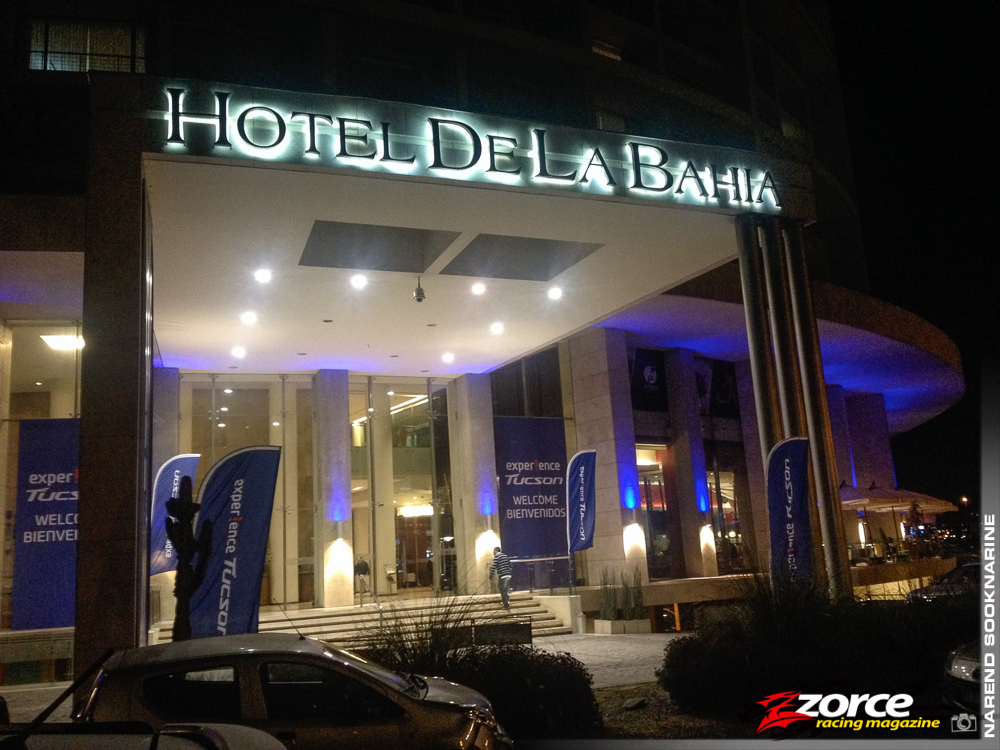Hyundai Tucson Encounter On The Route To The Stars!
- Written by Narend Sooknarine
- Published in Driving Impressions
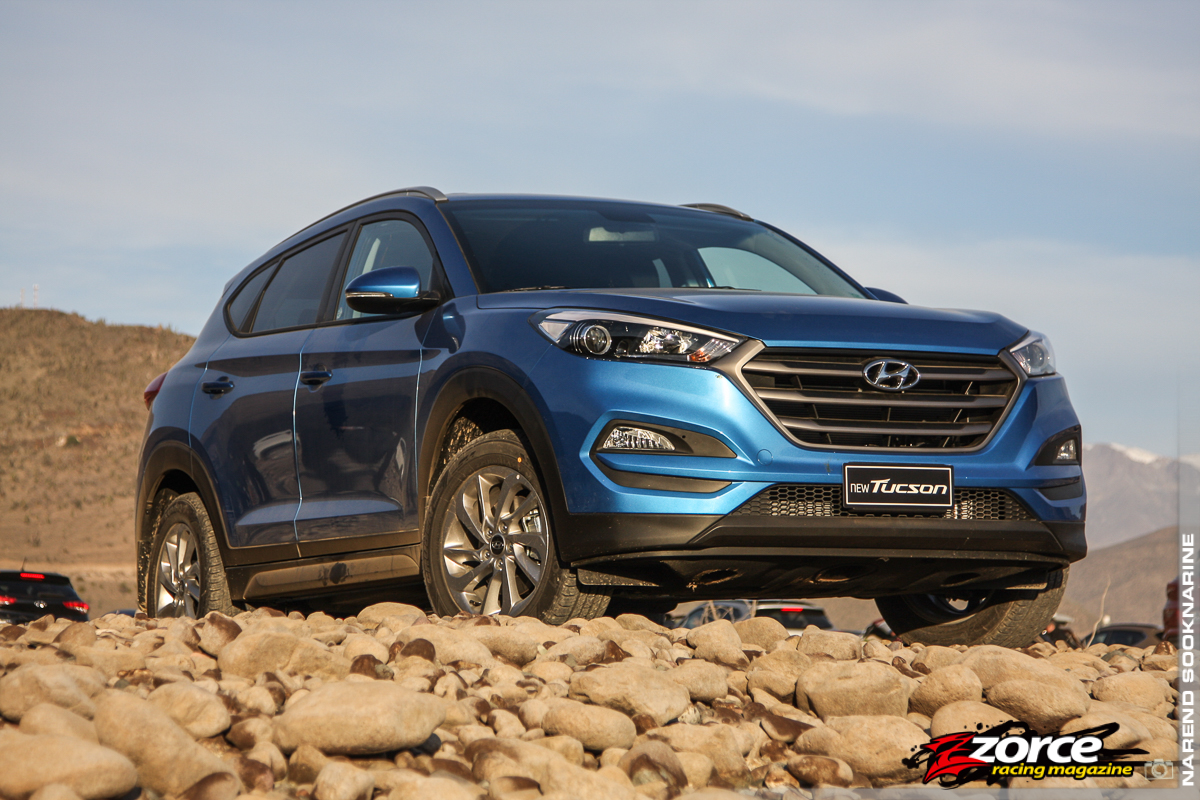
Article Index
If ever you have been fascinated by the constellations, then Chile should top your must-see list. With near-perfect atmospheric conditions– cool, dry air– for optical clarity, the town of La Serena is perfectly positioned for a drive up into the foothills of the Andes, literally above the clouds. The roadways that lead to Chile’s many high-powered telescopic installations are known as La Ruta de las Estrellas (the Route to the Stars). And by no stroke of luck, this is exactly where we were headed to discover Hyundai’s new Tucson!
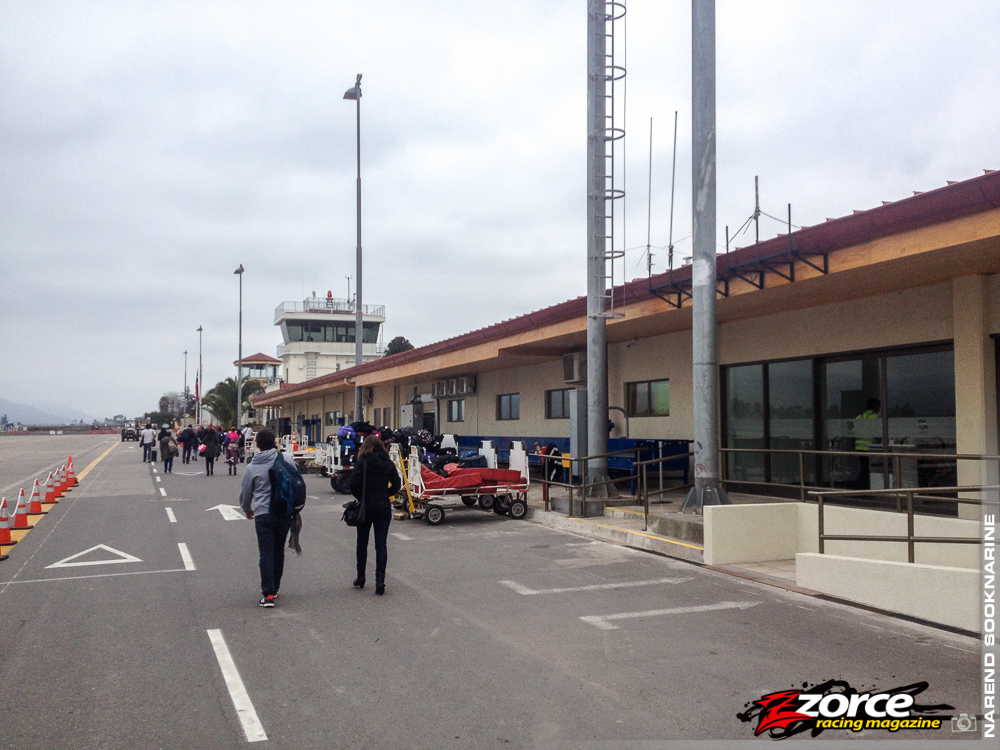
Chapter 1:
Arrival in La Serena and
the unveiling of the
new Tucson!
You can take many different routes to Chile– through Miami, through Panama or through Venezuela. From Trinidad and Tobago, it’s about a day and a half of flying and transit. Most major airlines take you to the capital city of Santiago and then a short local flight north brings you to La Serena. From there you could even go to Easter Island to see the famous Moai. On this particular trip, I was advised to pack warm clothing since the southern hemisphere experiences winter in July.
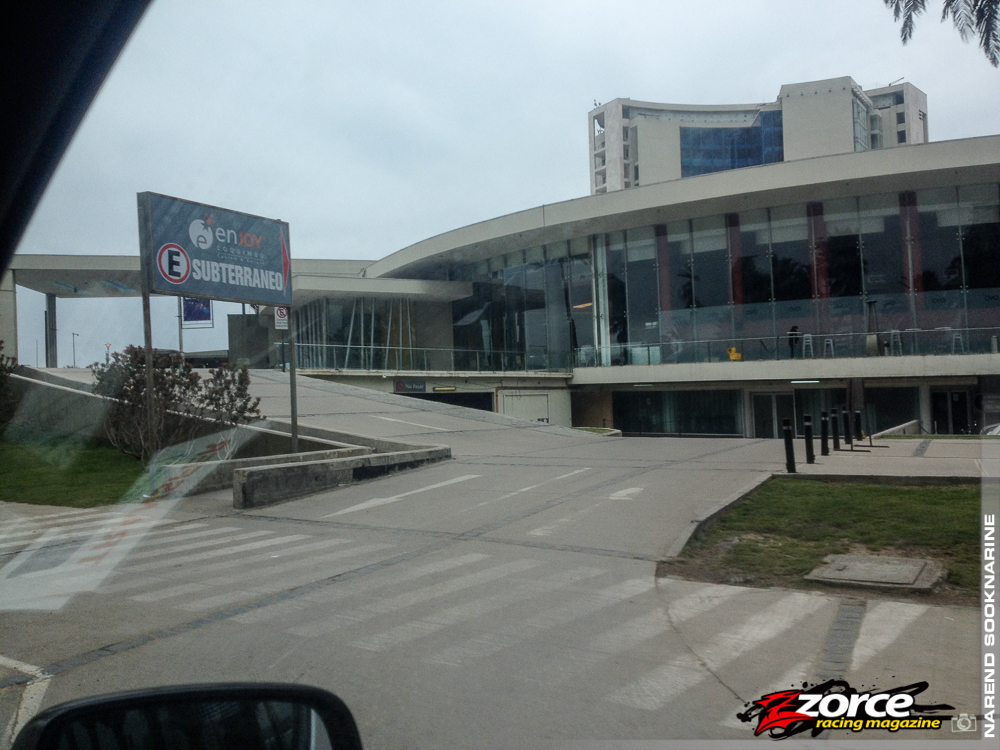
A short taxi trip and I was at the lobby of the Hotel De La Bahía, a casino resort hotel in La Serena. There, the concierge desk manager, Señor Ramón, gave me a quick tour and managed the check-in process.
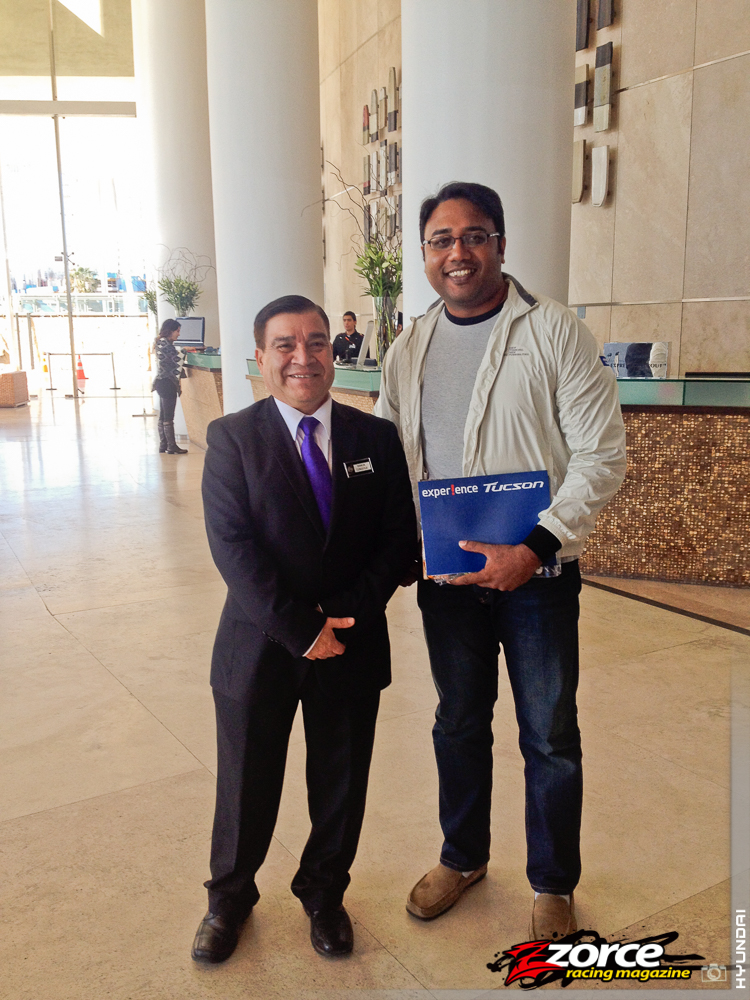
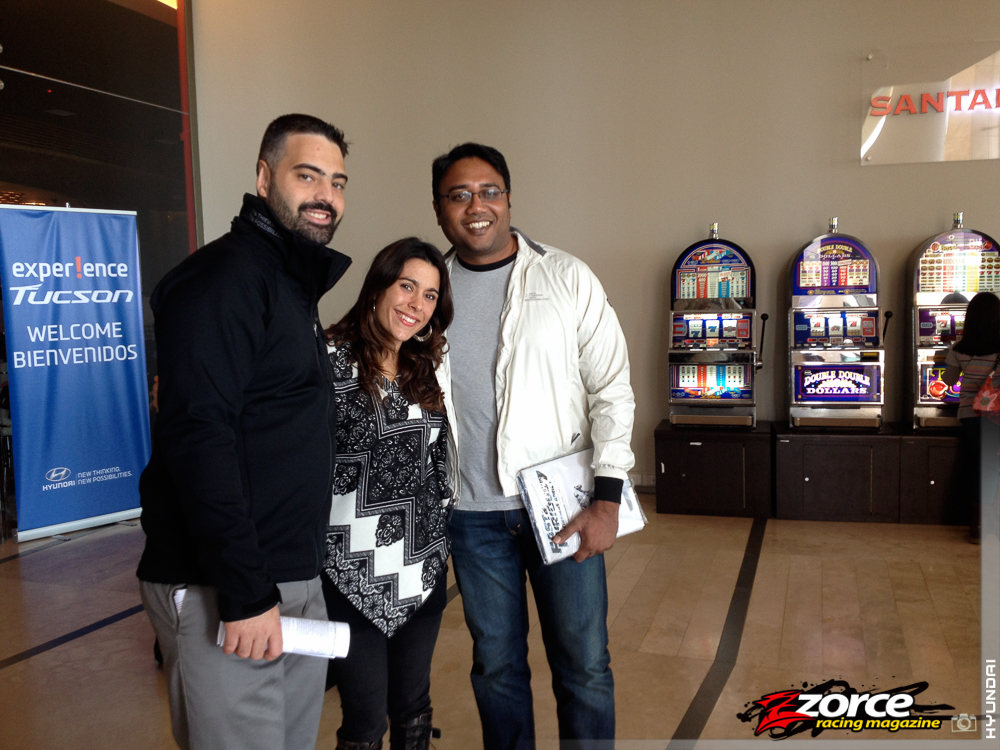
Luckily for me, I was a day early and was able to do some exploring. Apparently, I had skipped past the welcome wagon at the airport, having taken a taxi, but thankfully, Mario of Hyundai USA and events manager Taina ensured that I was found, to the relief of the folks at home.
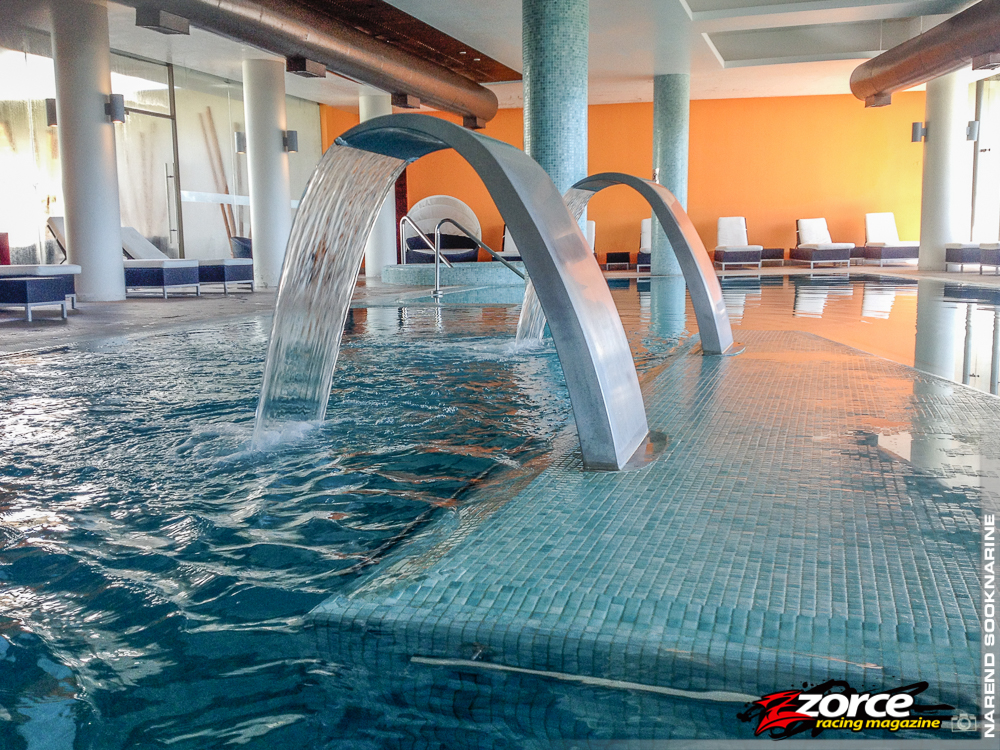
Since time was on my side, I visited the Spa and used the complimentary heated pool, then explored a bit and discovered that the view of the circular building’s lower rooftop resembled the Millennium Falcon of Star Wars fame– perhaps an unintended, but welcome find (to me at least), especially in a town geared up for astro-tourism.
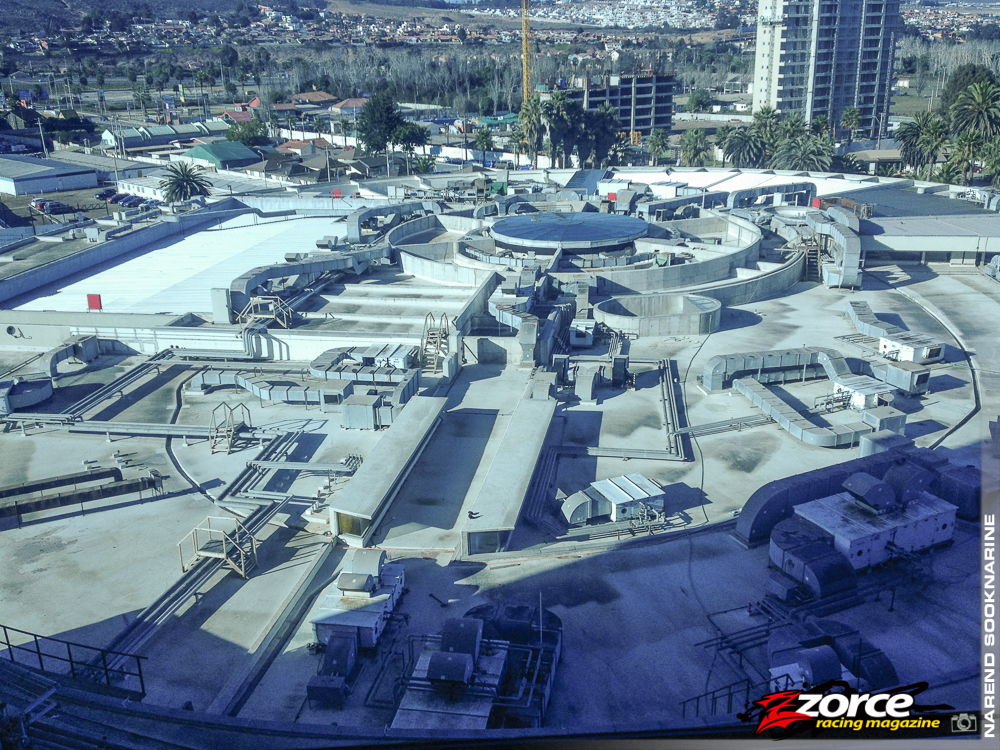
The next day, I walked out to the front entrance as journalists poured in for check-in and registration to see a 2016 Tucson out front, under a large black cover.
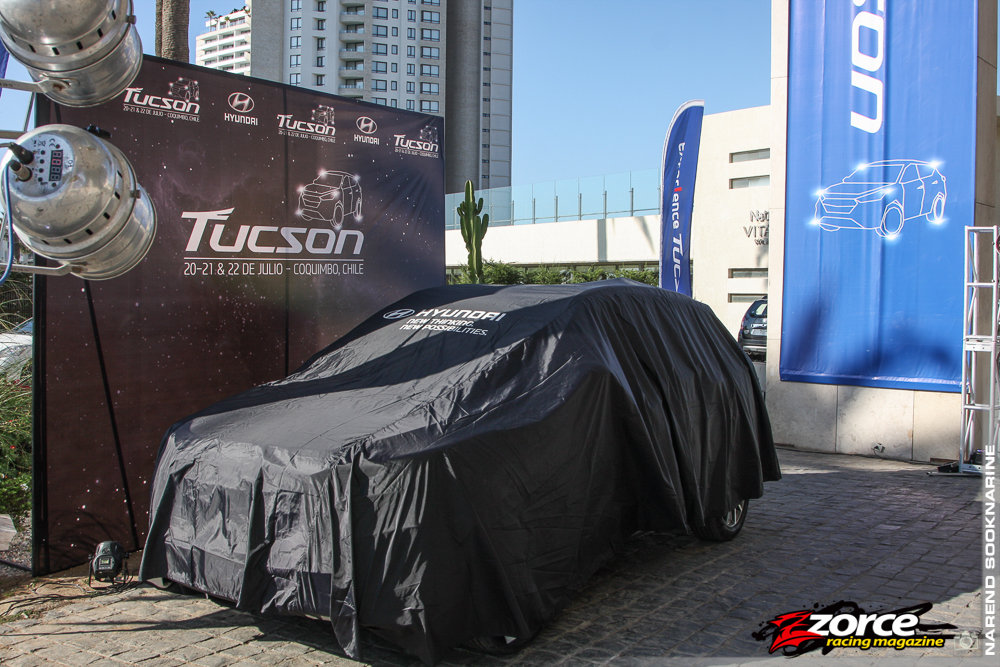
Two more vehicles were nestled in the central atrium and from what I could see, they were noticeably larger than the previous model.
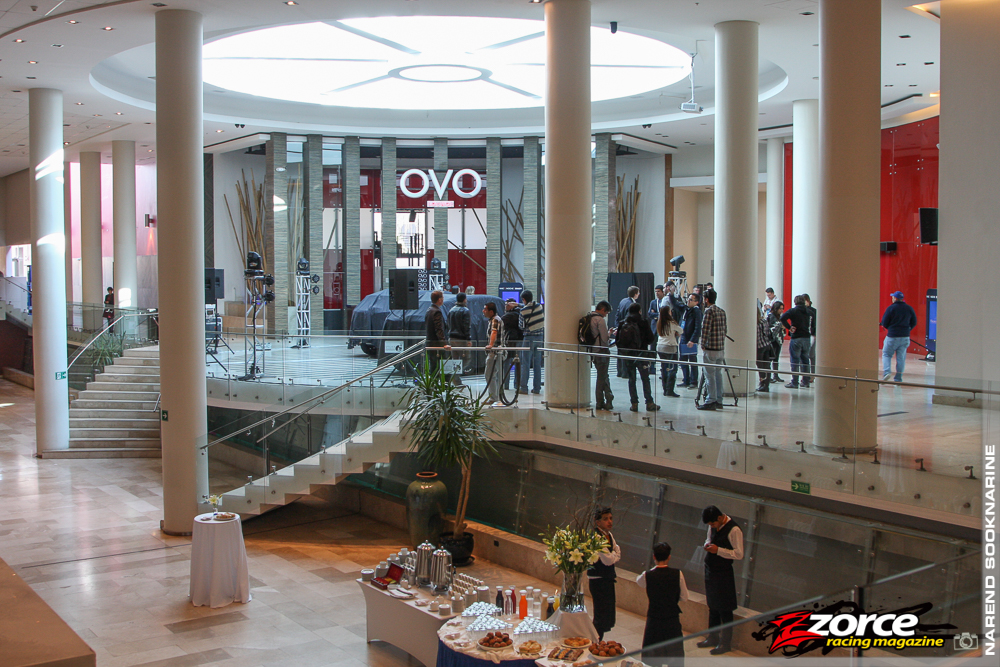
After some lunch at one of the hotel restaurants, we were all invited to witness the unveiling, which was introduced with a creative ballet.
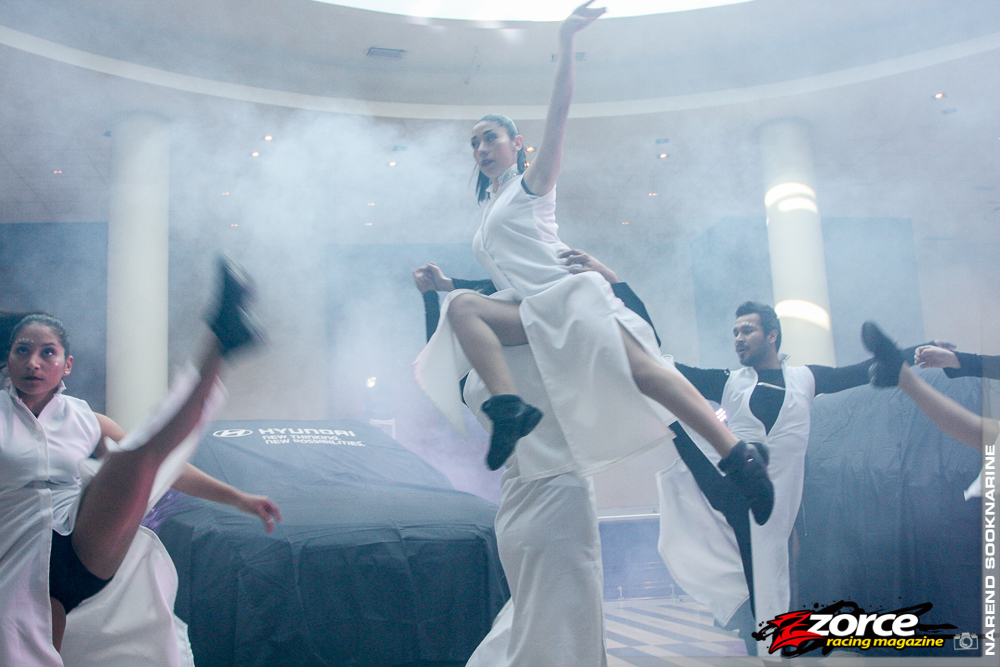
When the covers were finally removed by the two statuesque Hyundai models and the smoke screen had cleared, everyone did a collective gasp as the bold new shapes emerged under the strategically placed lights.
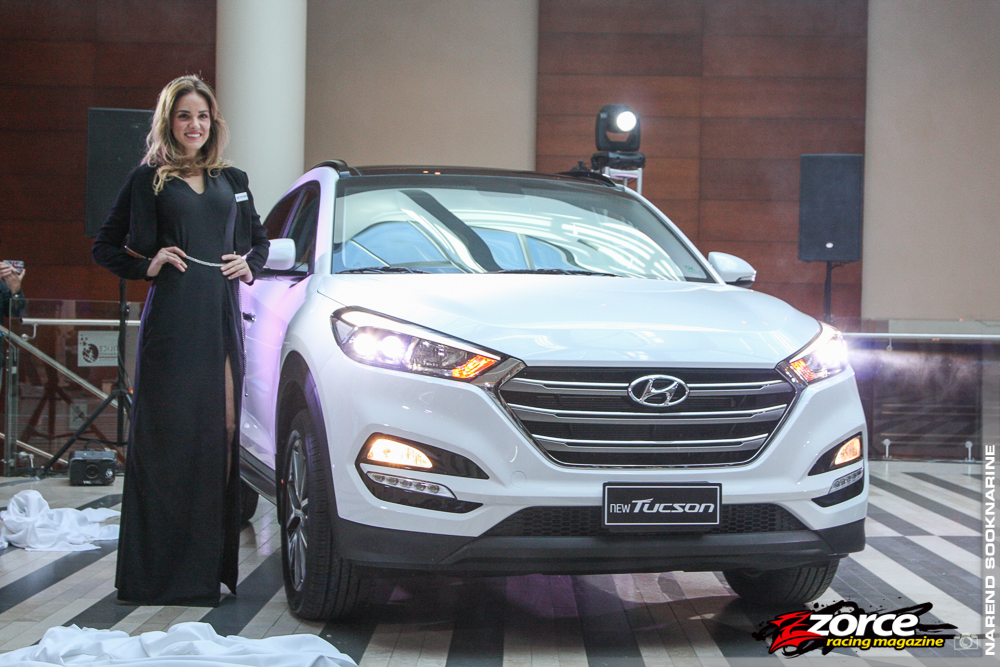
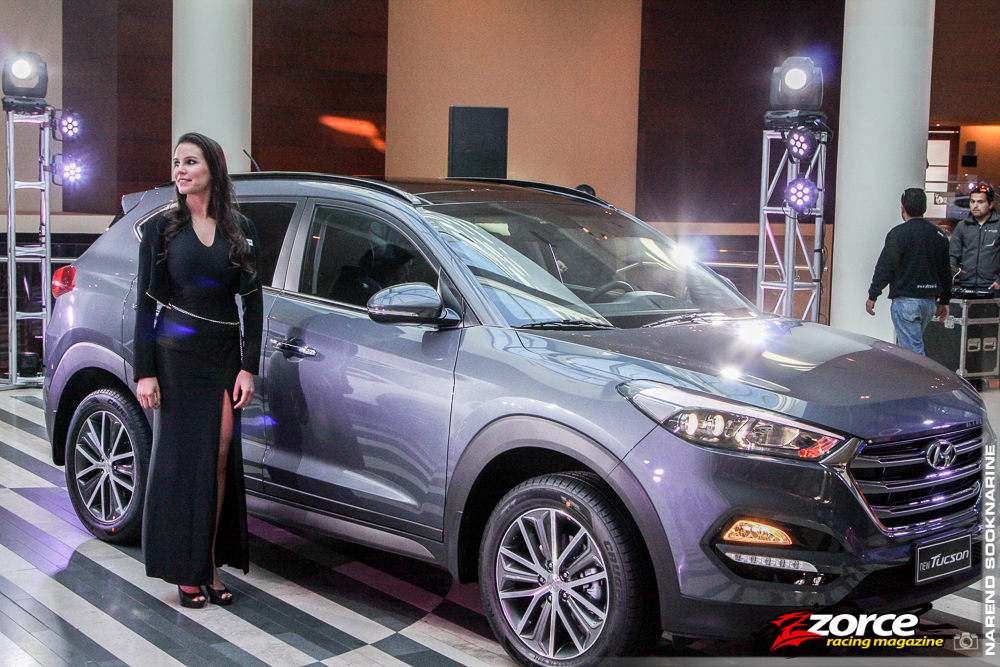
After the photo and video session, the group was led to the auditorium for the Hyundai presentations, which were made on three large LED screens that combined to make one cinema-size show.
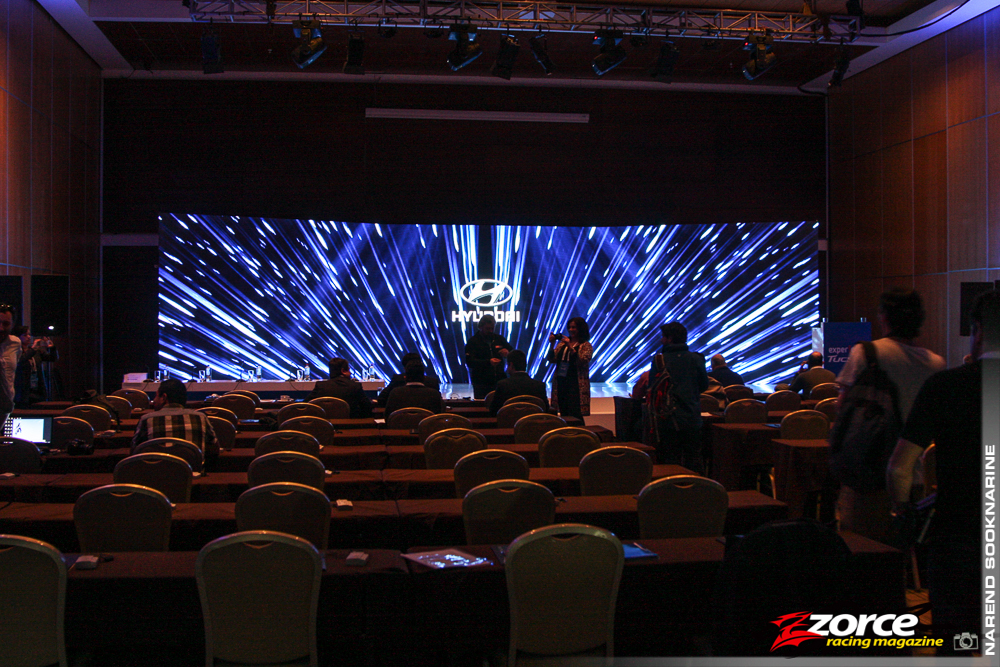
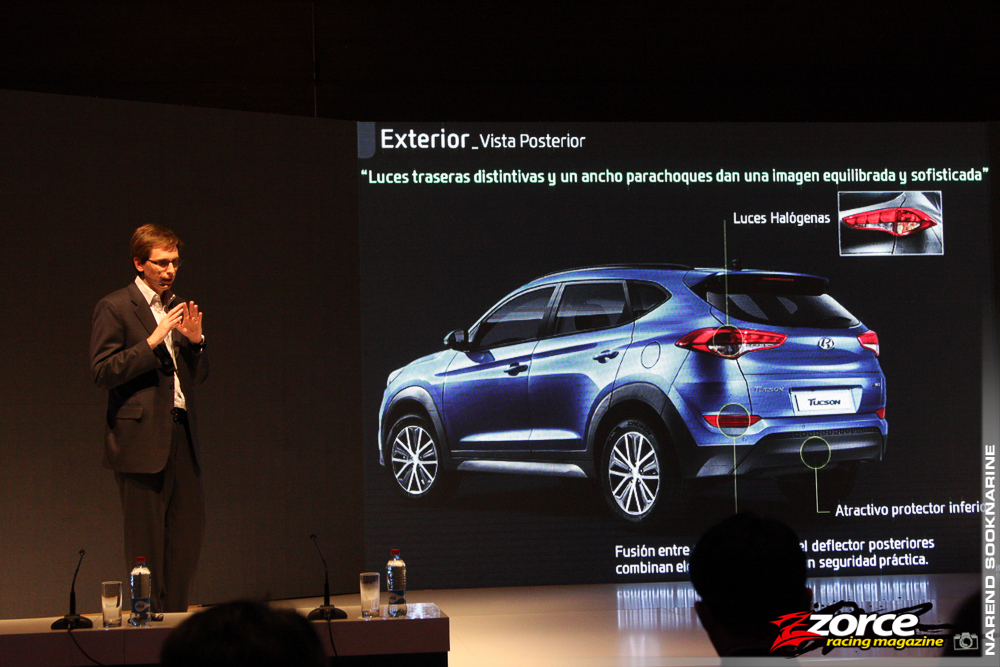
This was followed by some Q&A, a few informal one-on-one discussions and some light refreshment. Here we were able to ask questions about the vehicle and the manufacturer, and share information on our markets. Naturally, I took the opportunity to mention T&T’s current tax breaks (so far, until 2018) on CNG-powered vehicles, and the fact that dual-fuel vehicles are able to qualify. Meanwhile, the events team was well prepared with interpreters on duty throughout the process, especially as most of the Korean delegates also spoke English. As with the other major Korean automotive brand, the representatives from Hyundai were very approachable and willing to listen and discuss– a trait that a few other brands would do well to adopt.
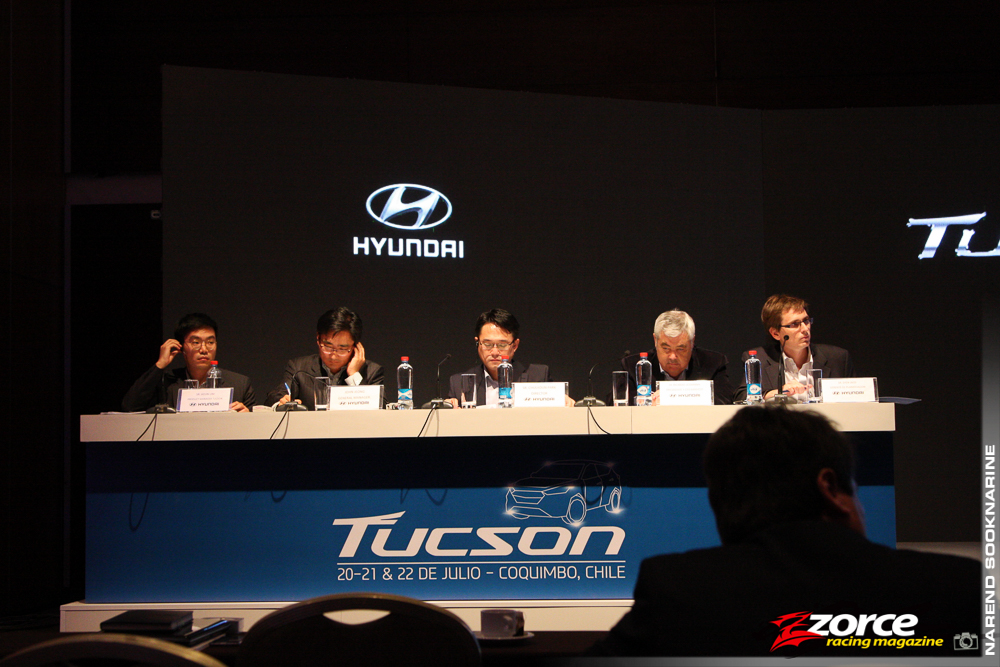
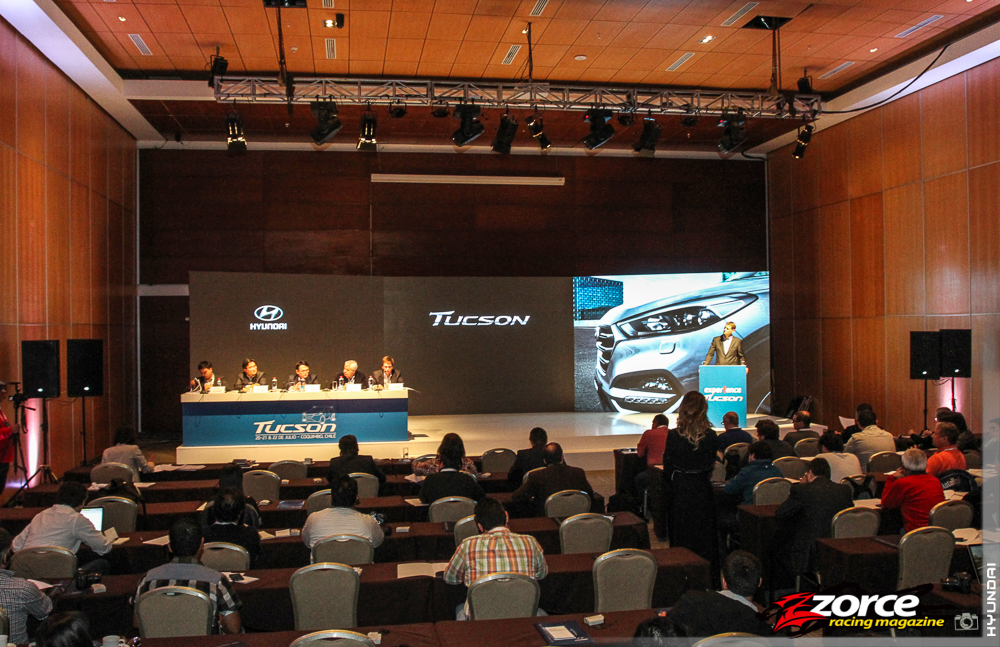
Chapter 2 >>
Chapter 2:
Superlative stargazing,
living an astronomer's dream
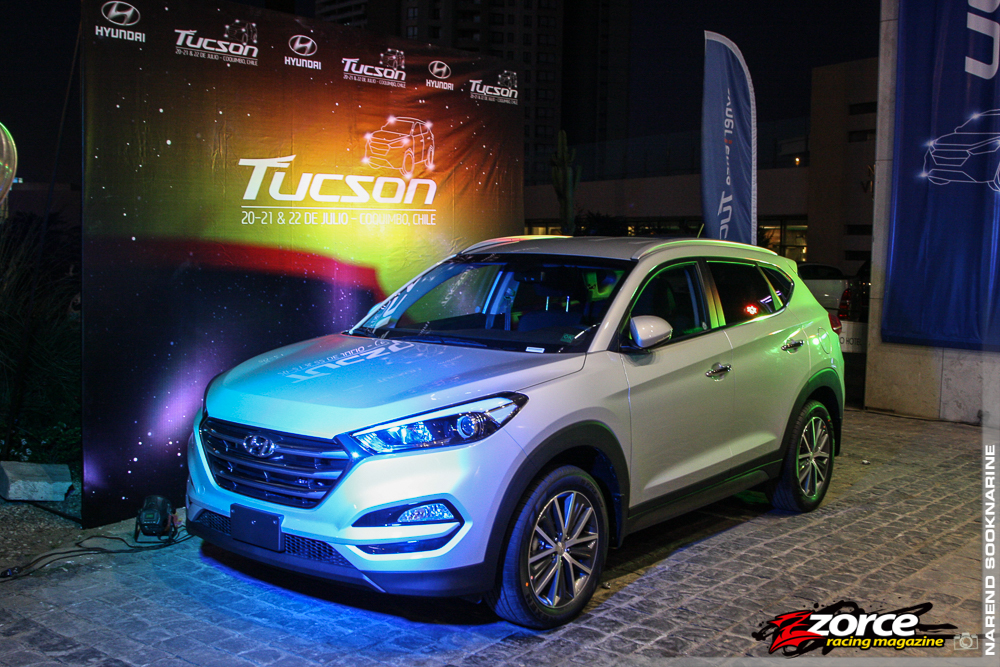
By now, it was nighttime, and next on our agenda was a visit to the Collowara Observatory where we literally had a date with the stars.
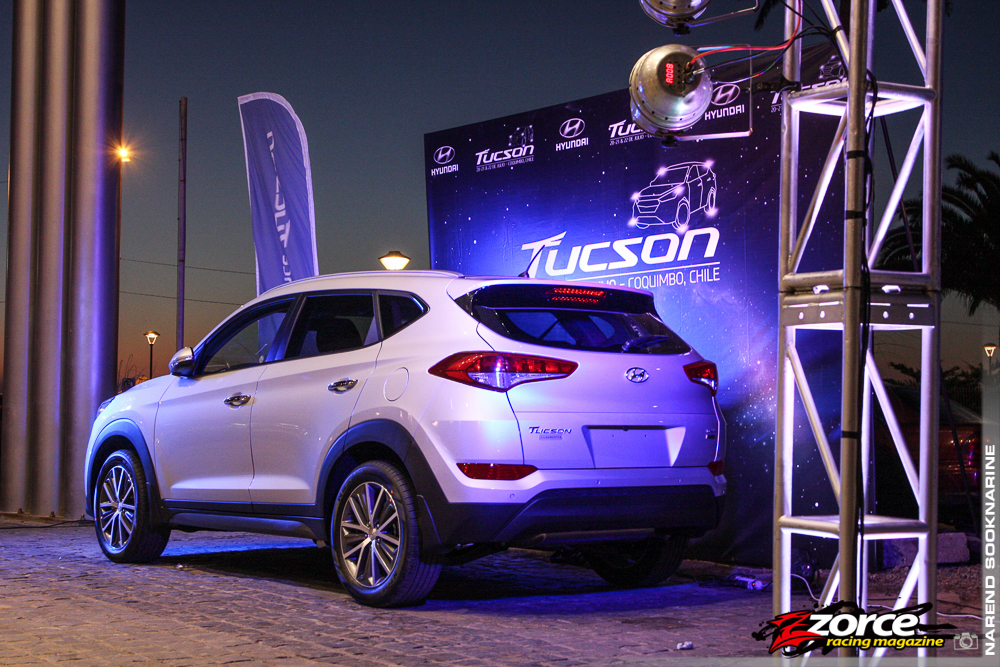
The drive was estimated to take just over two hours and our hosts shuttled us in diesel-powered Hyundai H1 taxis, which were proving to be the vehicles of choice of Chile’s transport sector.
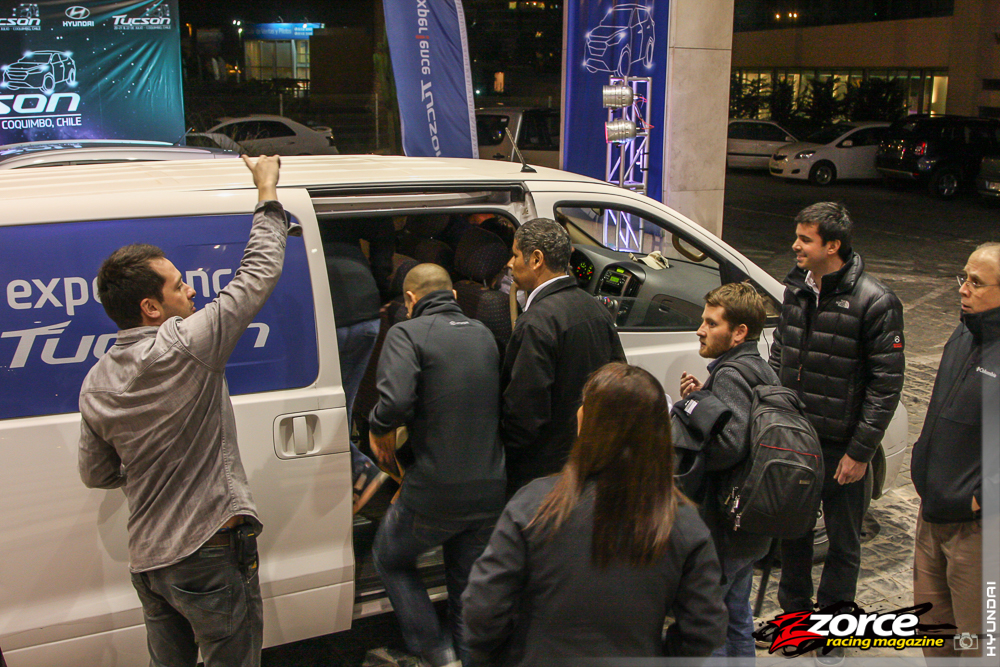
By the time we had chatted about our various backgrounds and countries, and had been shown the local landmarks by our taxi driver, we were high into the mountains and began to feel slightly out of breath. We were grateful to have acclimatised by the time we arrived and everyone welcomed the servings of wine and hot, freshly made minced meat pies.
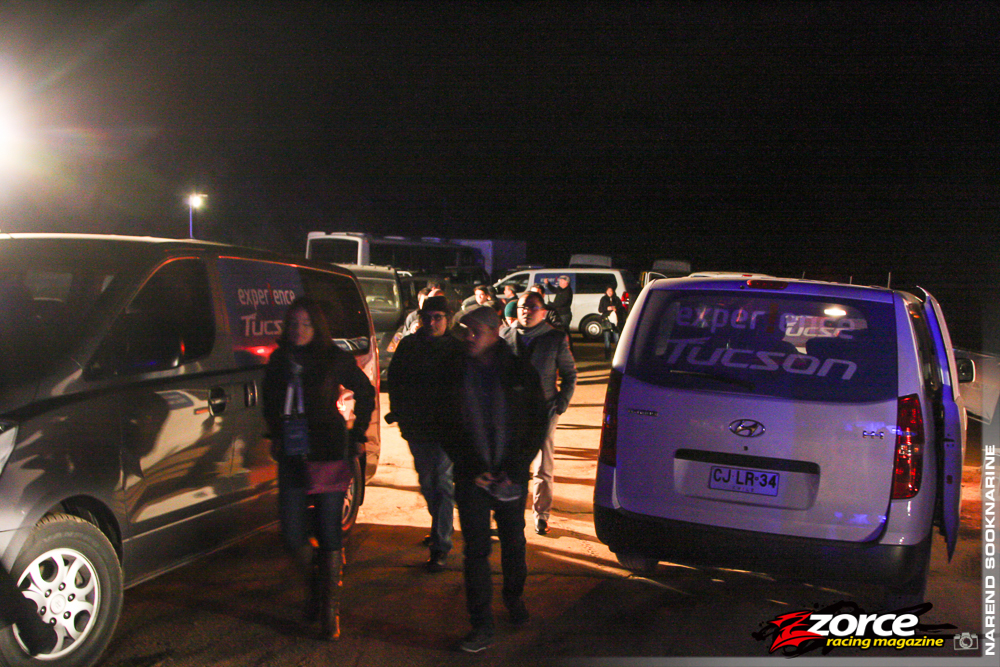
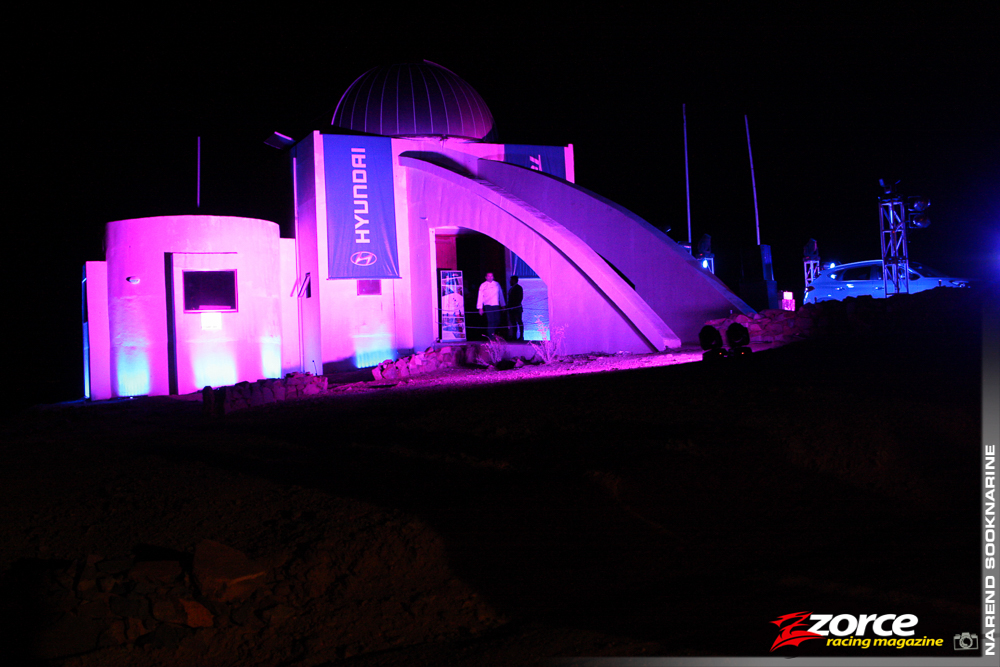
As we all stood in front of the observatory, laser lights shot beams over our heads, rapidly scanning the mountainside and painting rotating Hyundai logos in the process.
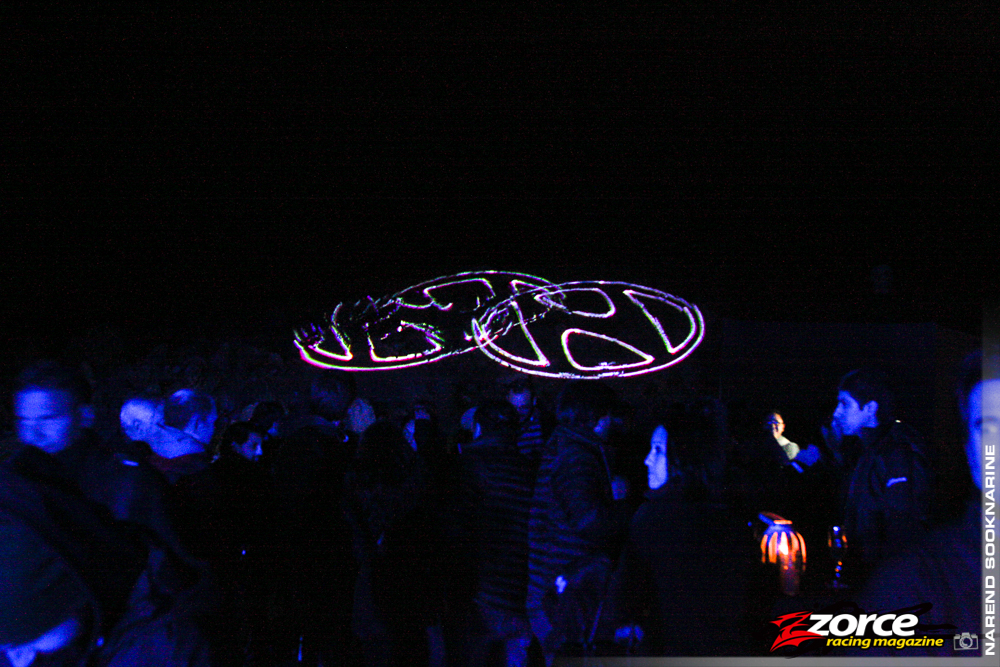
The large white observatory building was bathed in constantly colour-changing lights, adding to the other-worldly theme. A pair of Tucsons was also on-site– one placed centre stage and the other off to the side, perched atop some rocks and creatively lit.
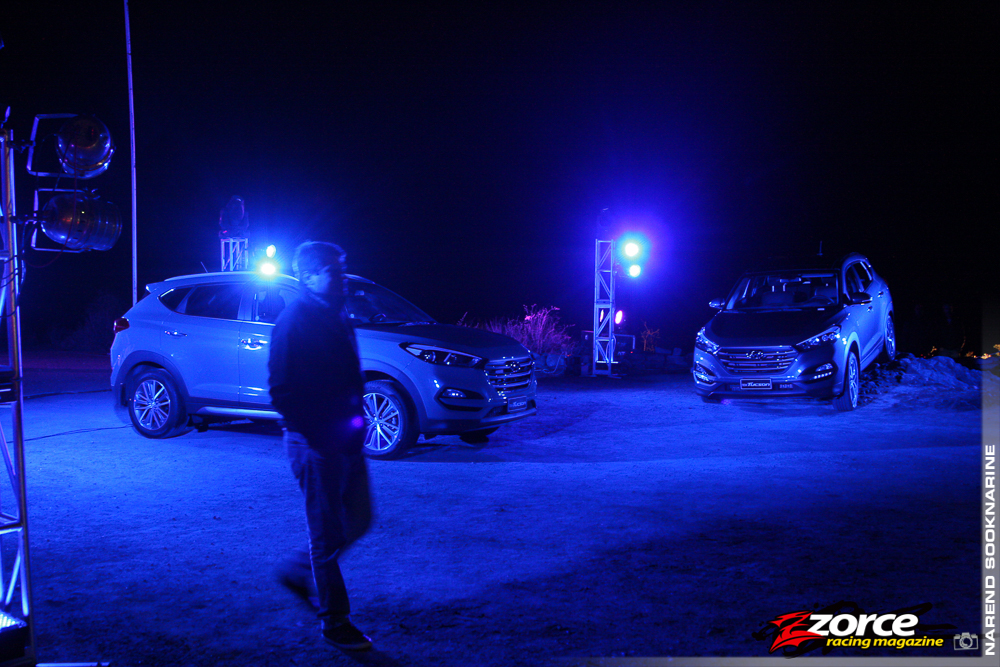
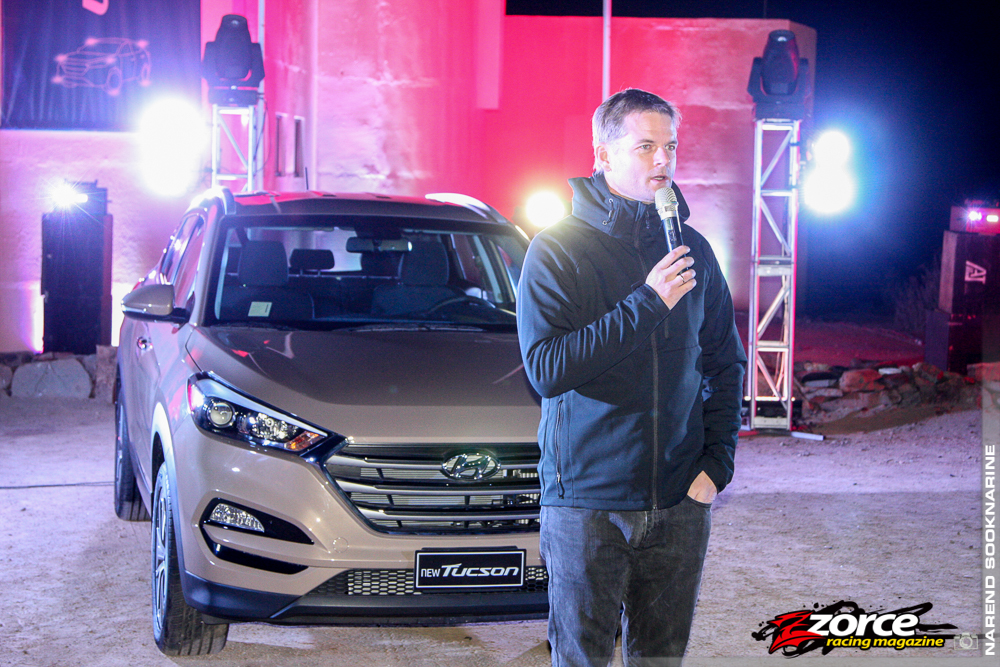
After a short introduction, the lights went off completely. It was so dark that it was virtually impossible to see your hand in front of your face– but, by contrast, the brightness of the stars was heightened.
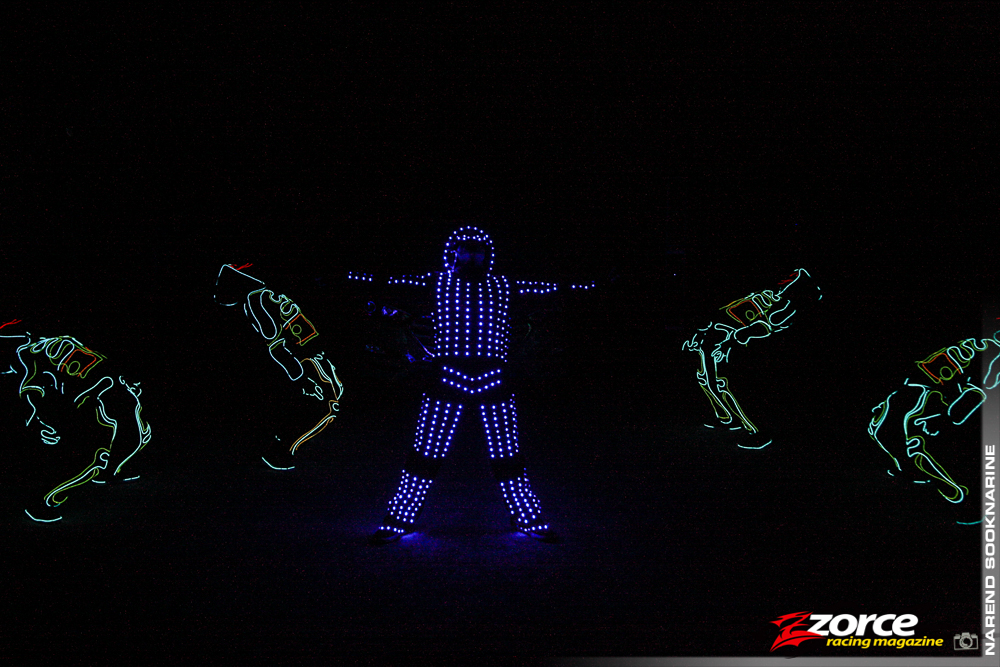
Suddenly, a humanoid figure appeared with a suit and top hat fringed with LED lights and a grid of LEDs outlined its overall shape. In the distance, it disappeared, and momentarily popped up within a hair’s breadth of us! Another green-accented character also lit up and vanished to the beat of an electronic soundtrack, and the two seemed to alternate between fighting and dancing. Just then, there was a host of green characters dancing with varied lighting on their LED suits.
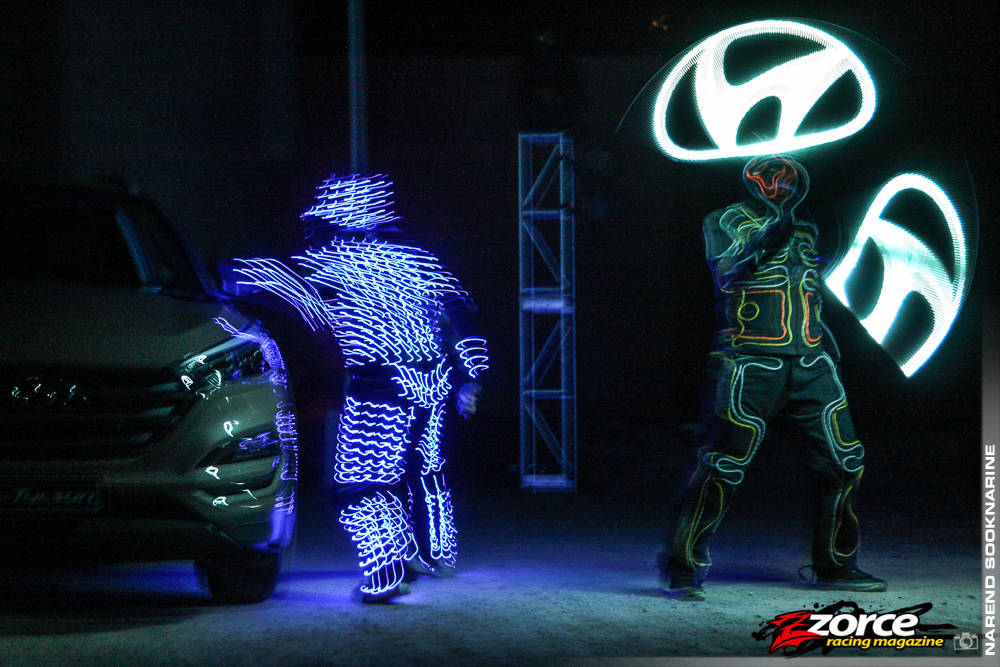
Later on in their performance, when the laser show had resumed on the mountain, the dancers also used swinging LED sticks that when spun quickly enough, formed Hyundai logos. Strobes, multicoloured lights, and lasers lit up the Tucsons and the staging area as everyone enjoyed this futuristic moving light show. Needless to say, the performers had earned a hearty round of applause, cheers and whistles from us all.
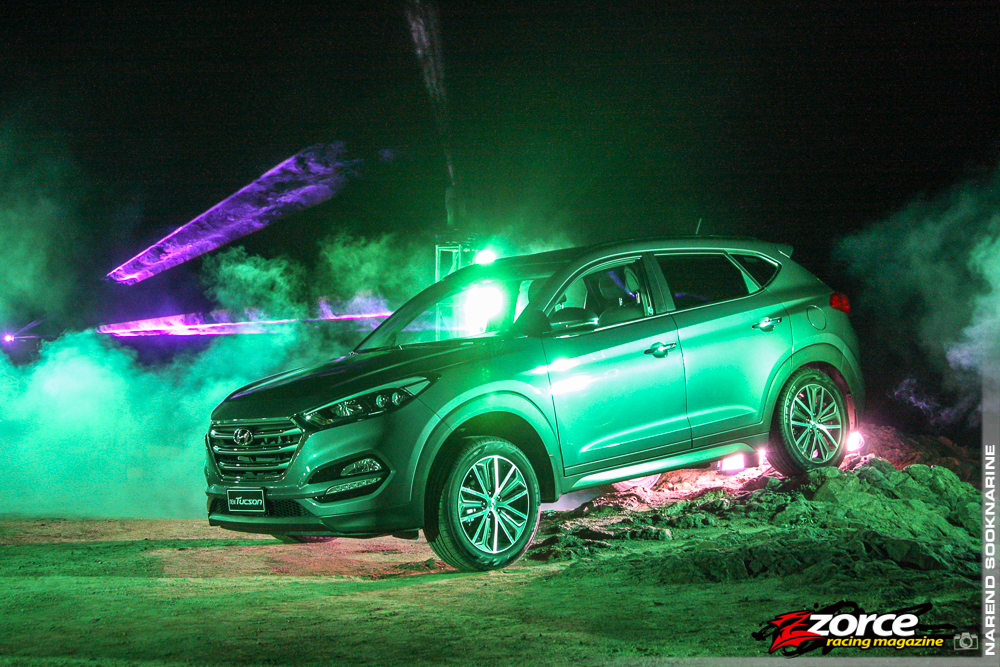
Anyone experiencing tiredness or jet lag was now revived, and we were invited inside the Observatory and ushered to the back into a large heated tent. There we would be treated to hot fish and vegetable soups, more empanadas and finger foods, and later on, pisco, a white Chilean brandy, and other beverages.
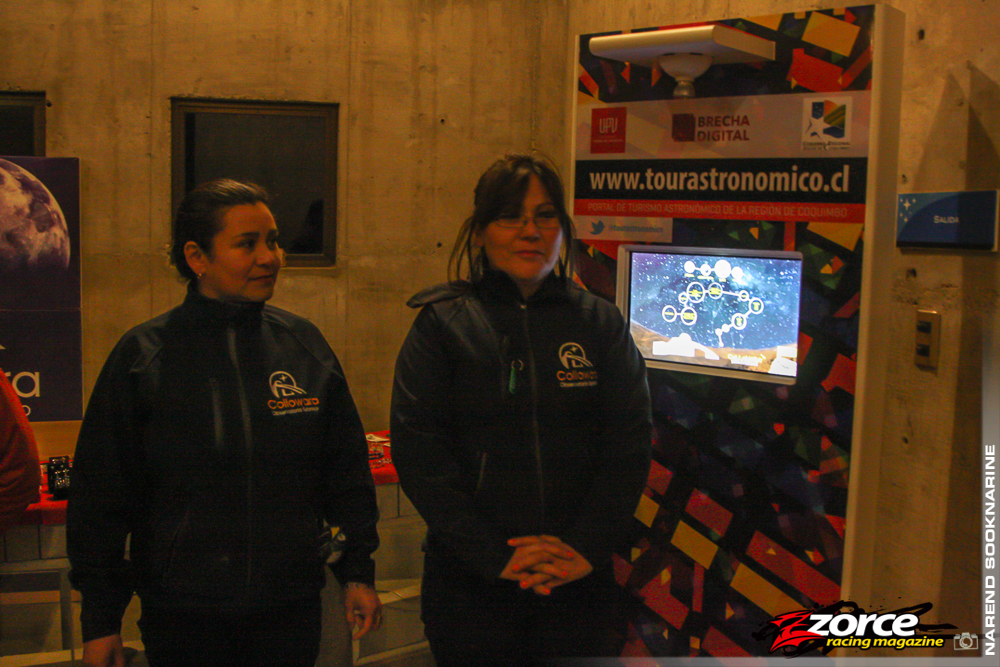
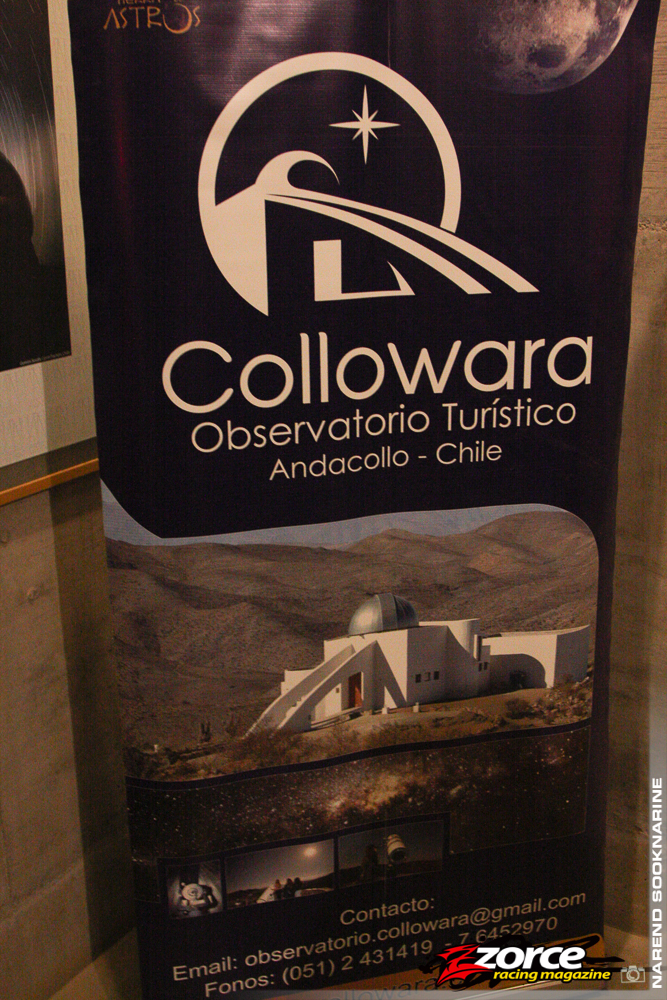
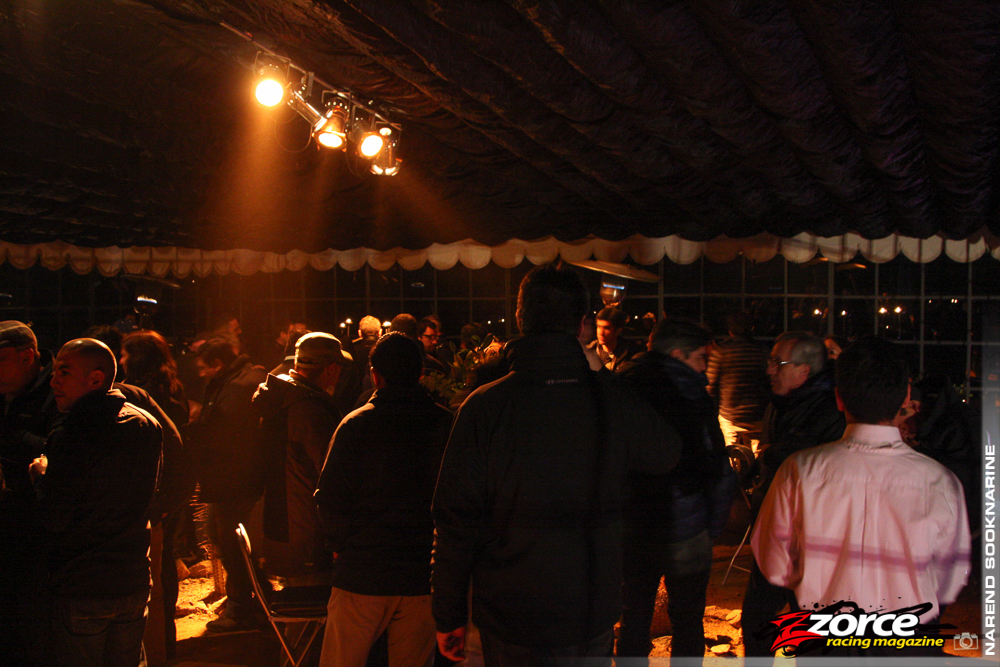
We also took the opportunity to get to know each other. This night, a popular Chilean TV host and journalist ‘Papelito’ and his son taught me a new term of endearment, namely weon, which loosely translates to ‘the one with eggs’. It is reserved for well-established male friends, and is more or less equivalent to our popular slang terms ‘horse’, ‘stones’, and ‘bredrin’. It may also be used as a random interjection in humorous conversation. “¡Salud, weon! You are now one of us, an honorary Chilean,” I was told as we raised a toast and enjoyed a few sips of pisco.
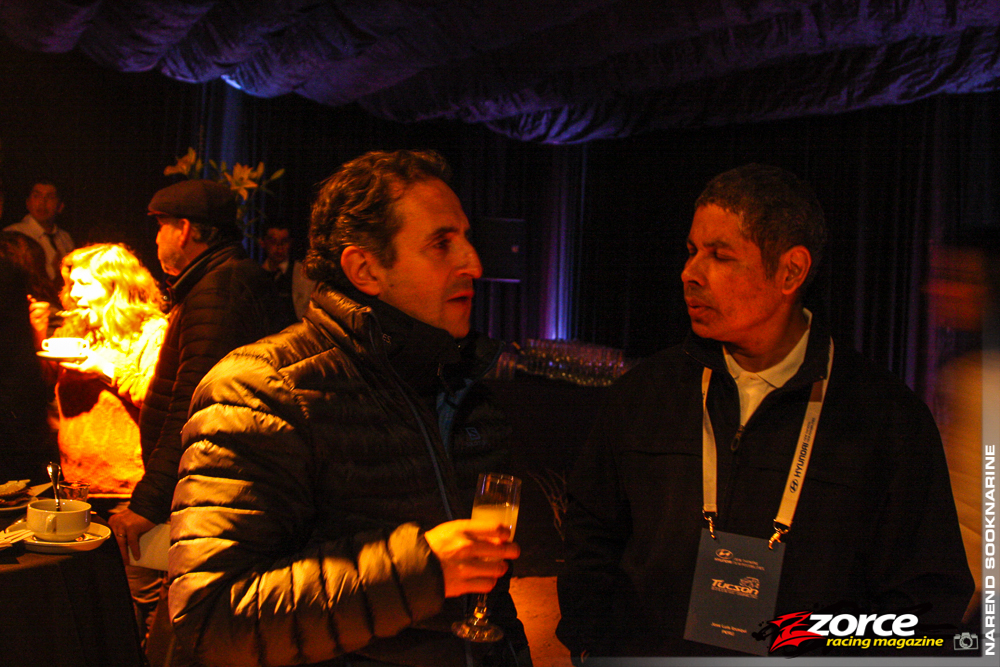
But the night was far from over as we were ushered to the telescope room where we stood in a dome with a retractable roof, just like in the movies. Although the telescope wasn’t quite as large as the biggest ones seen in feature films, it was larger than any I had seen in the Caribbean. The view of the planet Saturn, perhaps the most likely celestial object to see with your own eyes at night, was simply fantastic. It was sharp and clear, and made possible by Chile’s perfect atmospheric conditions and low light pollution in our ideal mountainous location.
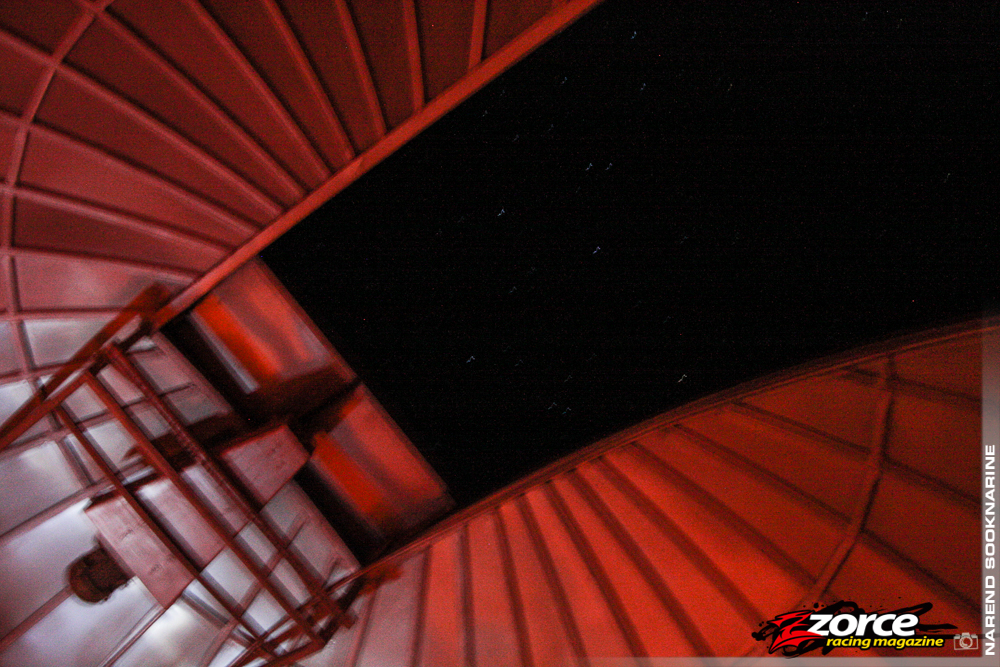
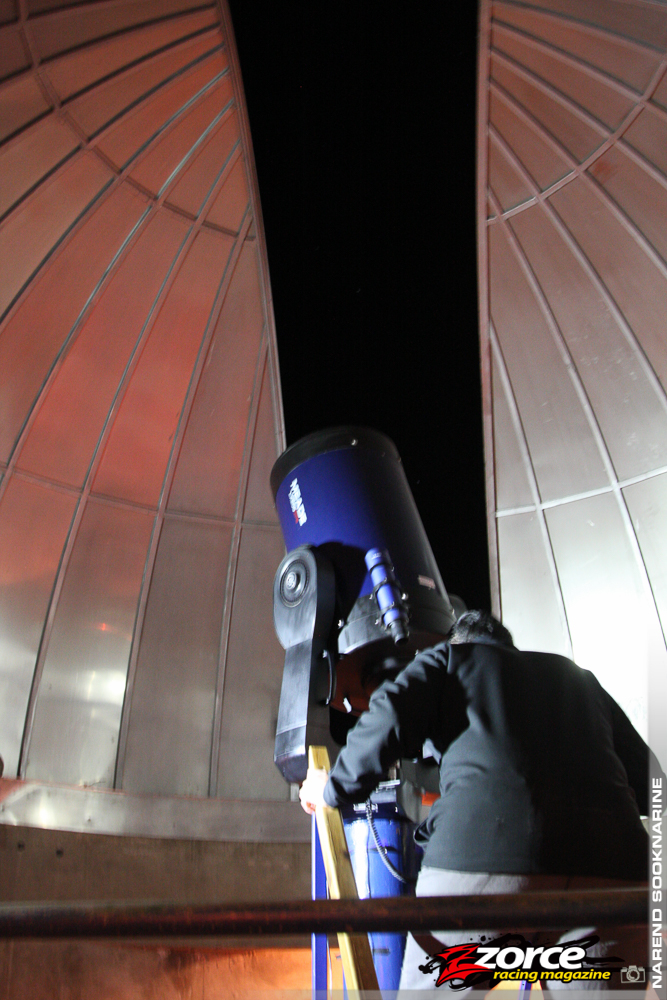
Equally as amazing was the view of the night sky with the naked eye. Since no one had thought to bring a tripod, a few of us tried some long exposure shots using the building as a base on which to steady the camera. Many of us could not resist trying to capture the natural splendour of the Milky Way and the sheer number of stars that were now easily visible. These would be the final moments to draw the night to a close and that would captivate our memories for a lifetime.
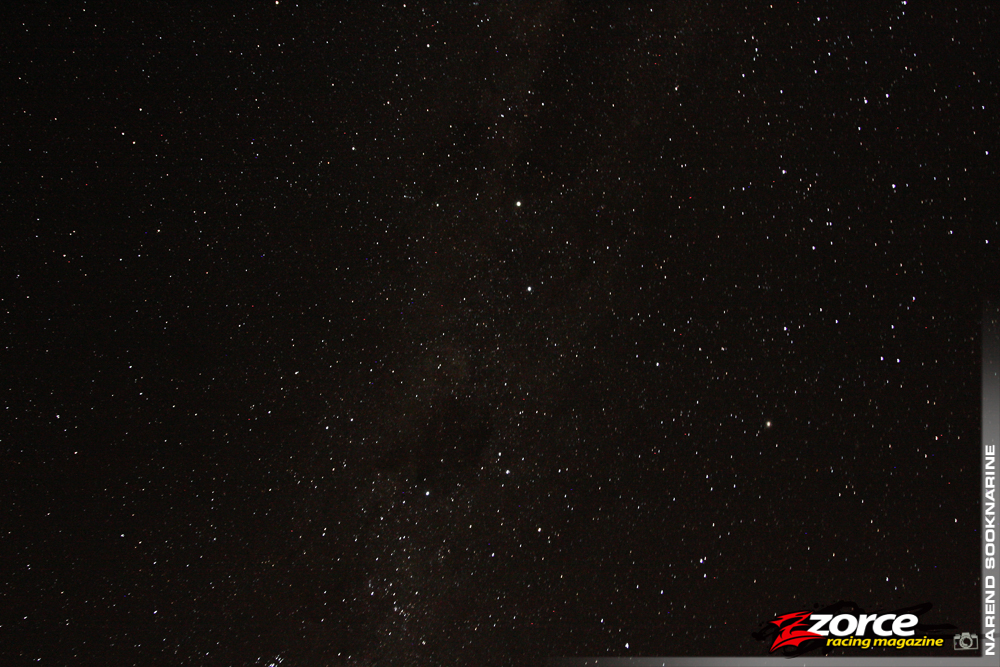
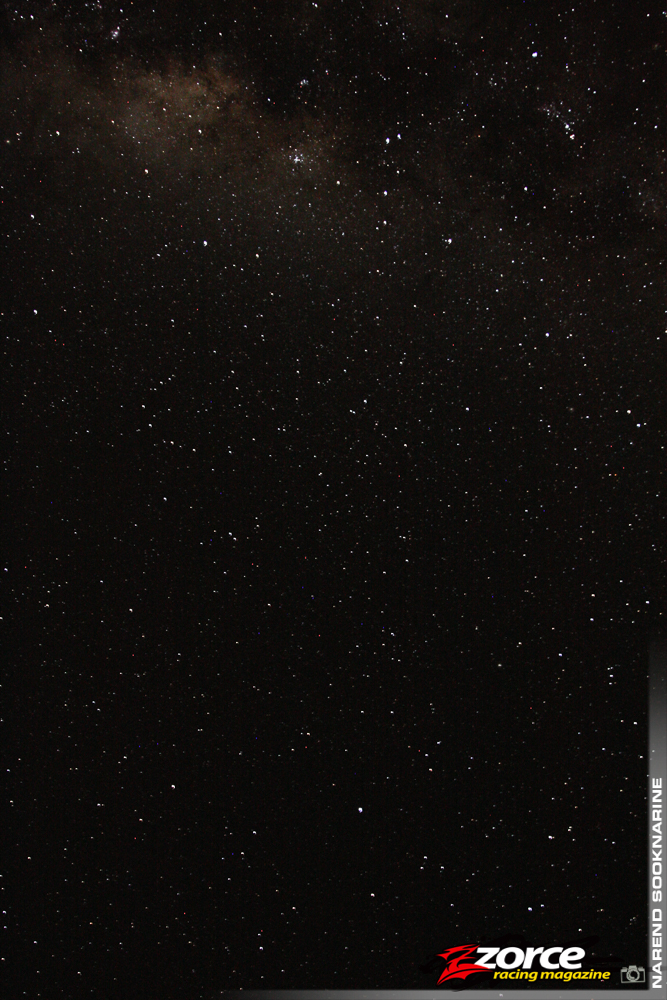
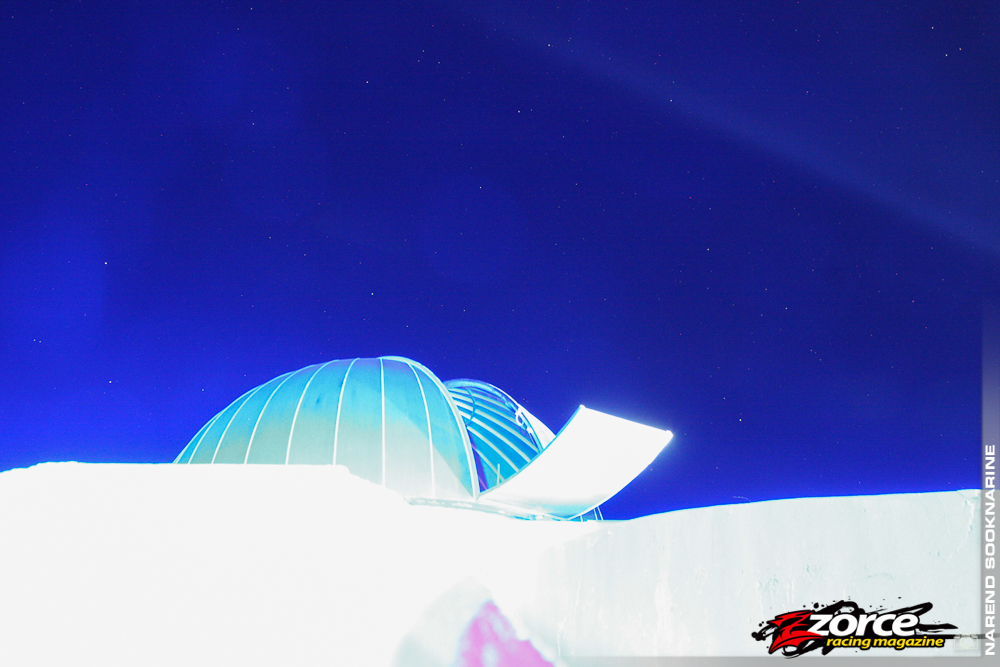
Chapter 3 >>
Chapter 3:
Drive time... Going cross-country
in the new Hyundai Tucson!
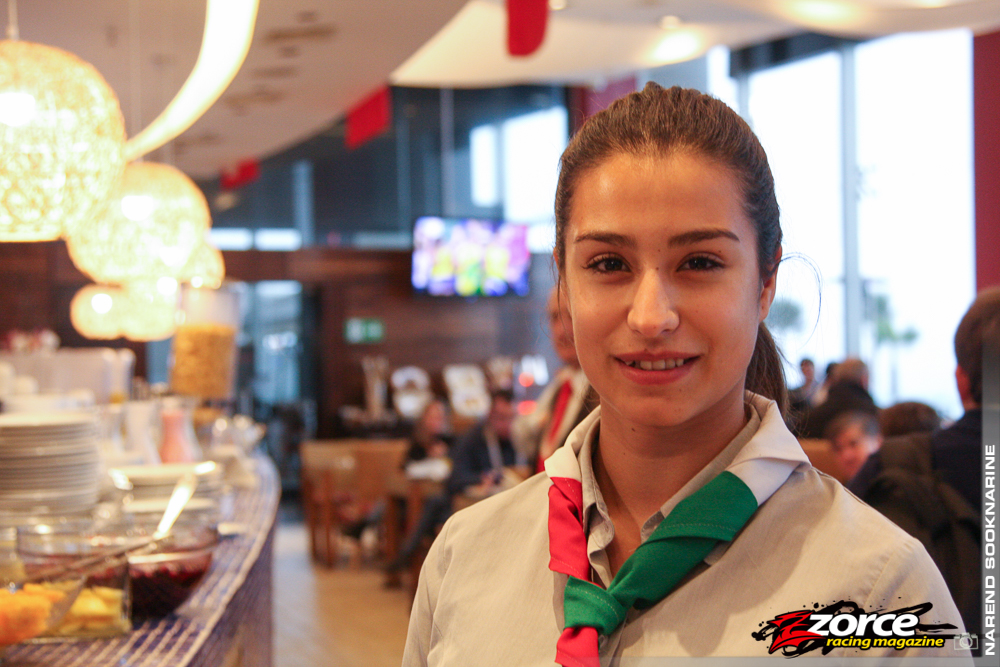
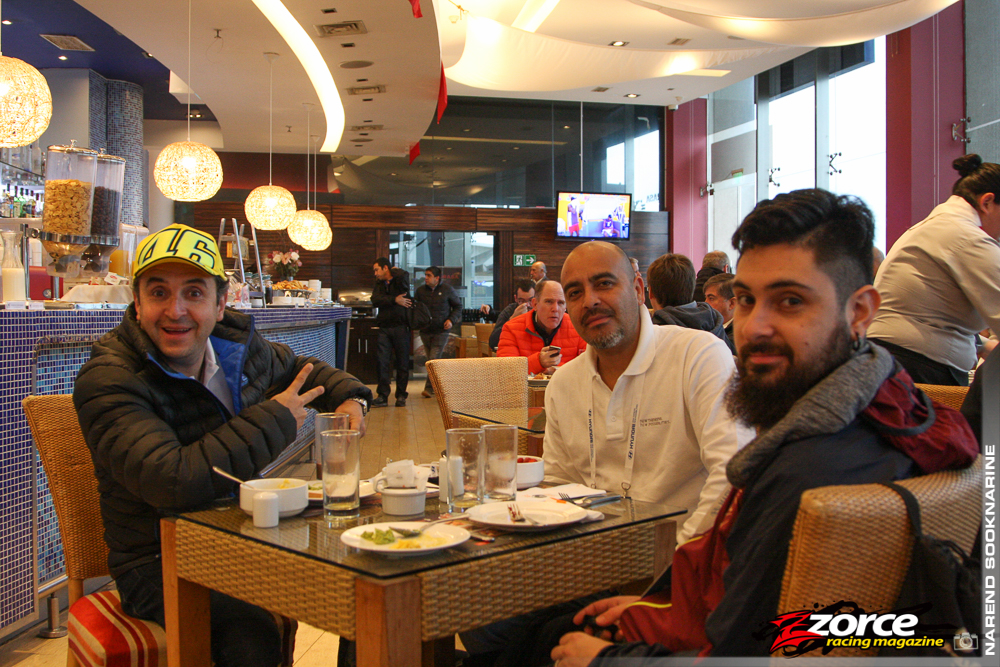
Morning would bring our much-anticipated official driving day. After breakfast, we had a quick orientation session that covered the planned route, rest stops and driver changes, which would allow us to drive different versions of the new Hyundai Tucson.
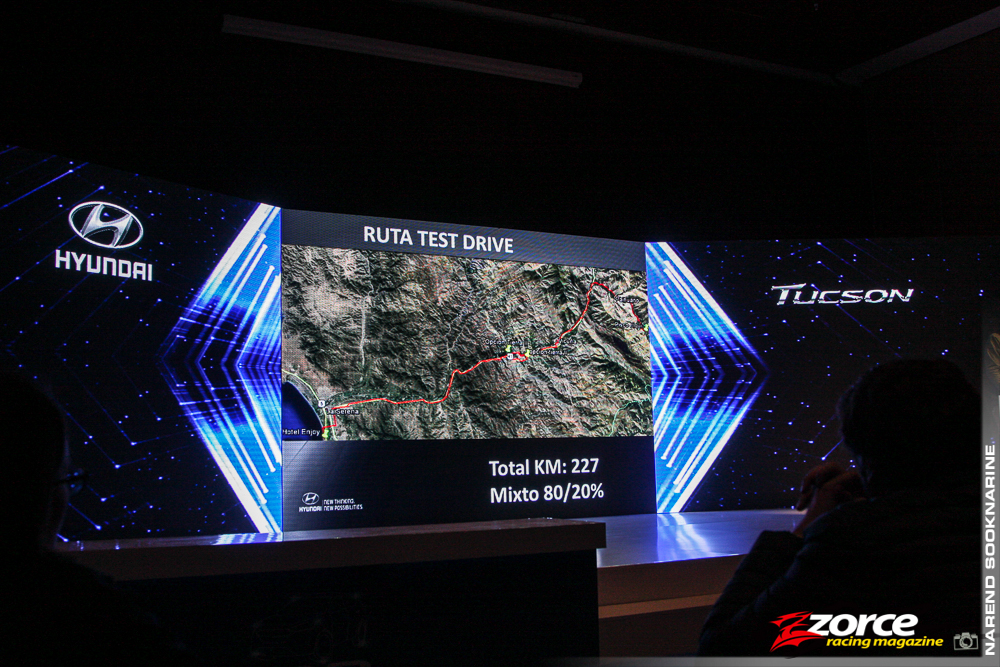
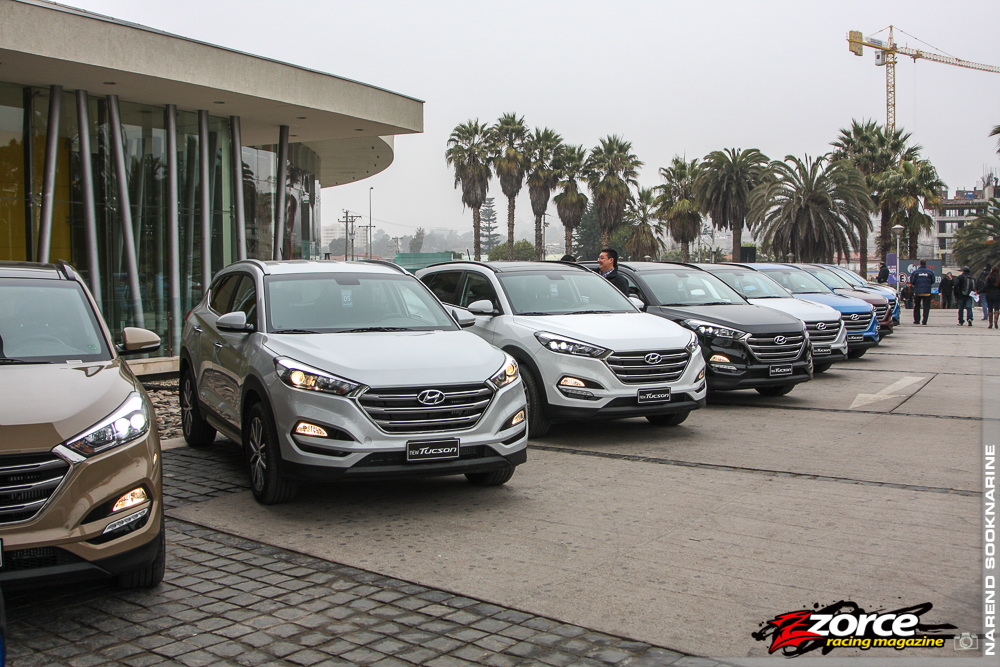
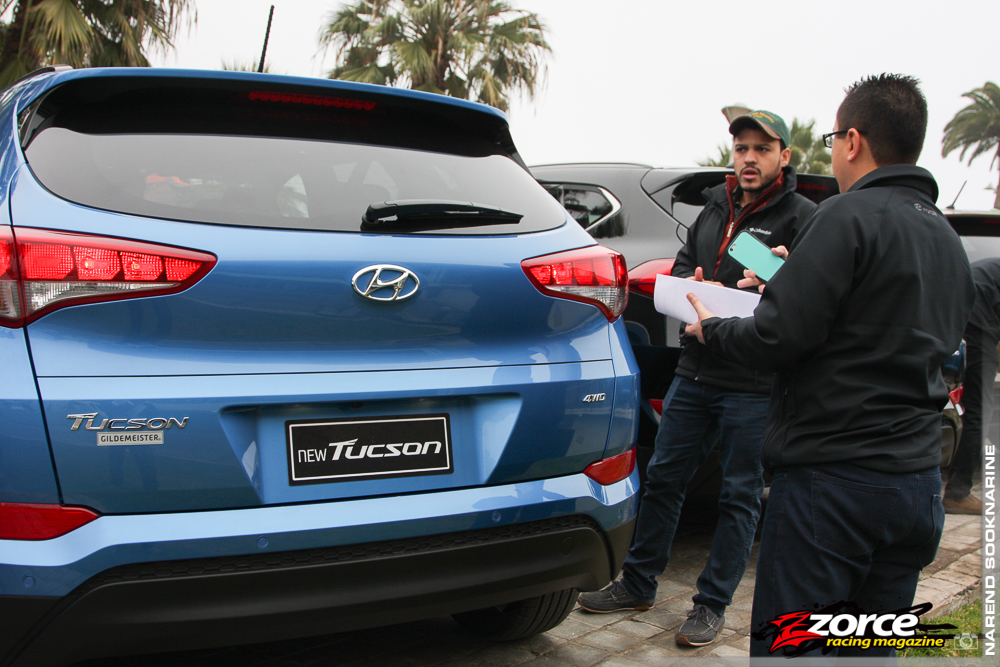
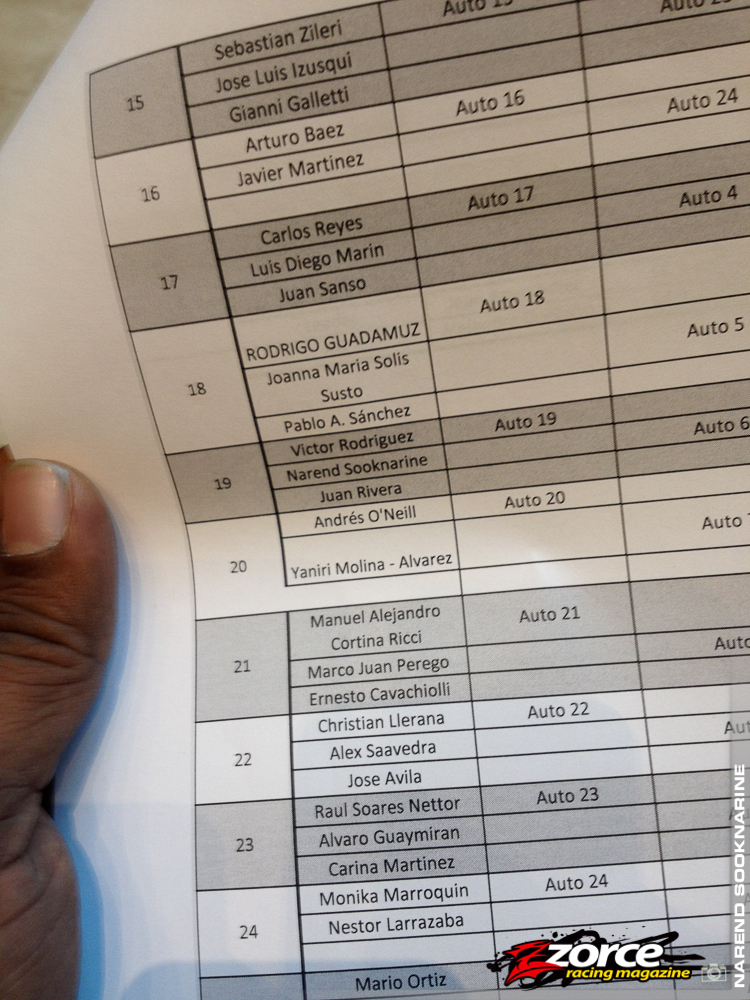
Our first stint was in a gasoline-powered fully loaded model. On entering the vehicle, it was readily apparent that everything was taken to a higher level in terms of the quality of materials, soft-touch surfaces, ergonomic design, and premium touches. While there is still considerable use of hard plastics, tackiness is kept at bay with good overall design and a simple, intelligent layout. The steering wheel also features the usual tilt and telescoping adjustability, and there is a noticeable increase in overall roominess, especially for rear passengers.
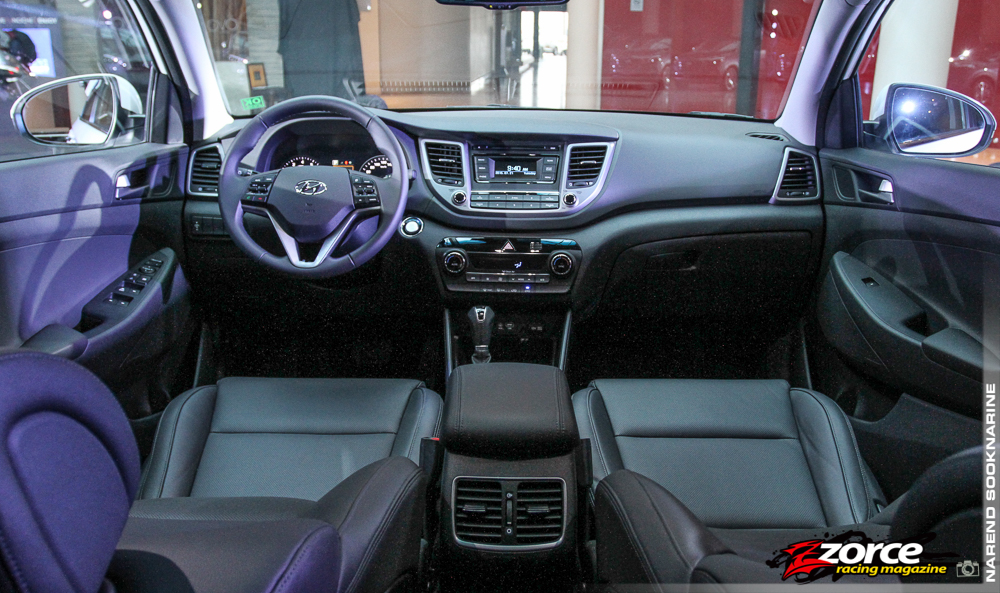
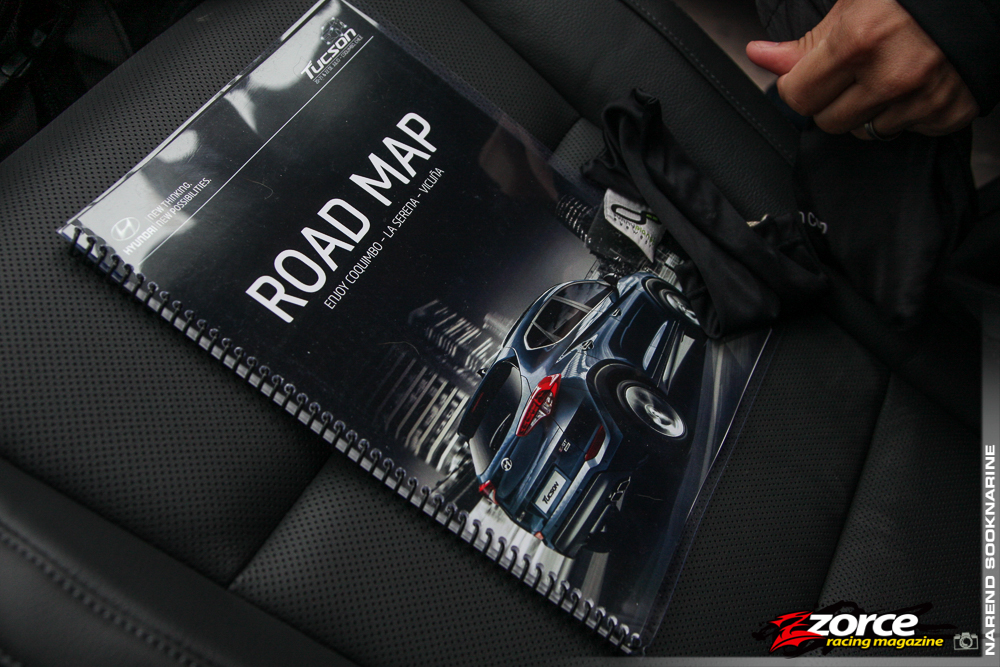
Cargo space is also increased to 513 litres, with a two-level floor visually secured by a cargo screen, and of course, the rear seats fold down to increase usable space for larger items.
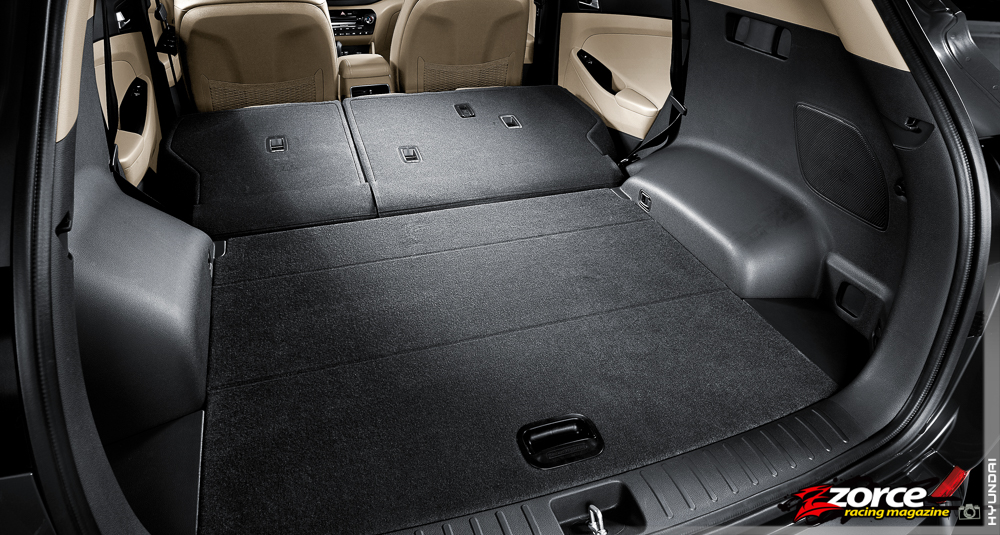
As if the previous Hyundai Tucson wasn’t packed with enough amenities, there are a few new useful and innovative features normally found in more expensive brands. Some of these include available ten-way driver and eight-way passenger adjustable seats, new Blind Spot Detection system (BSD), Back Warning System (BWS), puddle lamps, glove box cooling, push button engine start, and a leather-wrapped gear shifter and steering wheel.
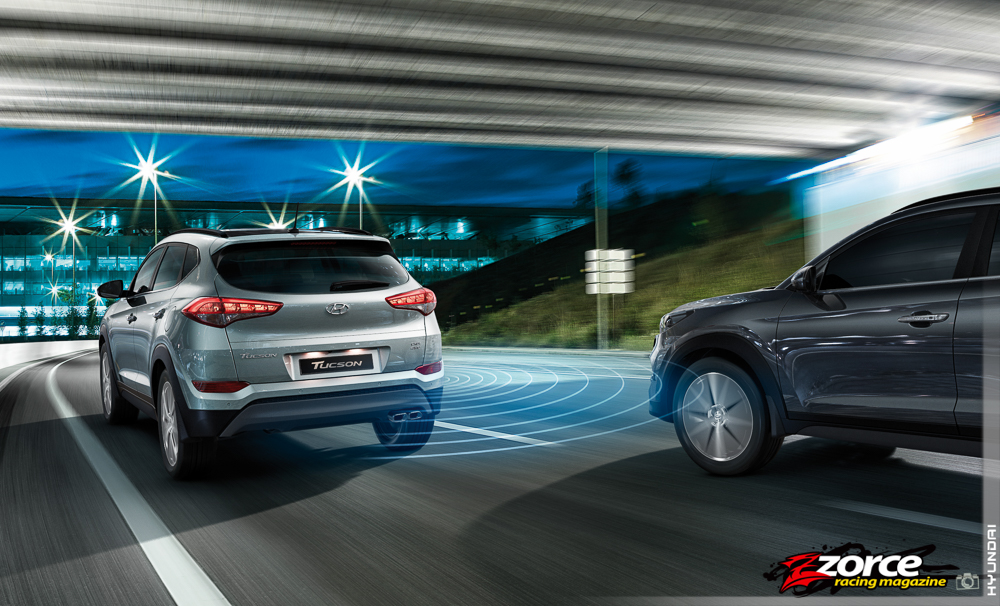
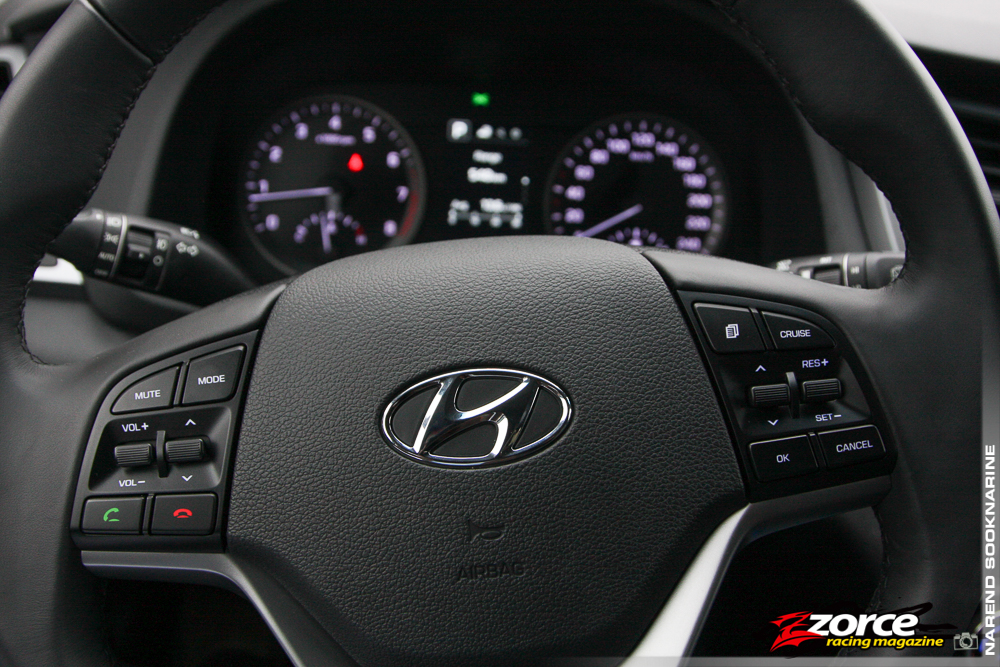
There’s also an enormous panoramic sunroof and even a powered tailgate– signalling that Hyundai has now set its sights squarely upmarket. We were assured, however, that despite the enhancement of various attributes, the Tucson would never be priced out of the reach of its well-established market, but continue to bring a larger increase in perceived value for a moderate price increase.
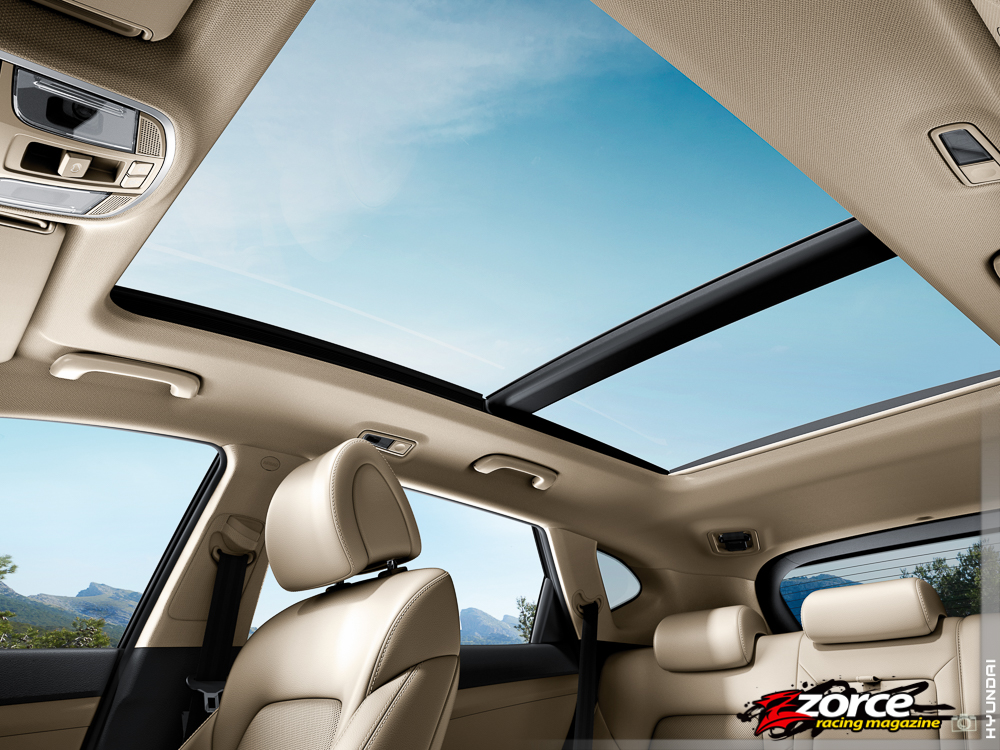
As we navigated out of the hotel along a narrow pathway lined with traffic cones, it was easy to average. Using a route book as a guide and following the convoy, we made our way out of La Serena through its hillside street grid. Here we were able to appreciate the 2016 Tucson’s suspension tuning for city driving with lots of ruts, undulations and the occasional pothole. The chassis, now some 18 per cent stiffer, feels more solid, and along with larger engine mounts for additional smoothness, gives the Tucson a more European demeanour on the road.
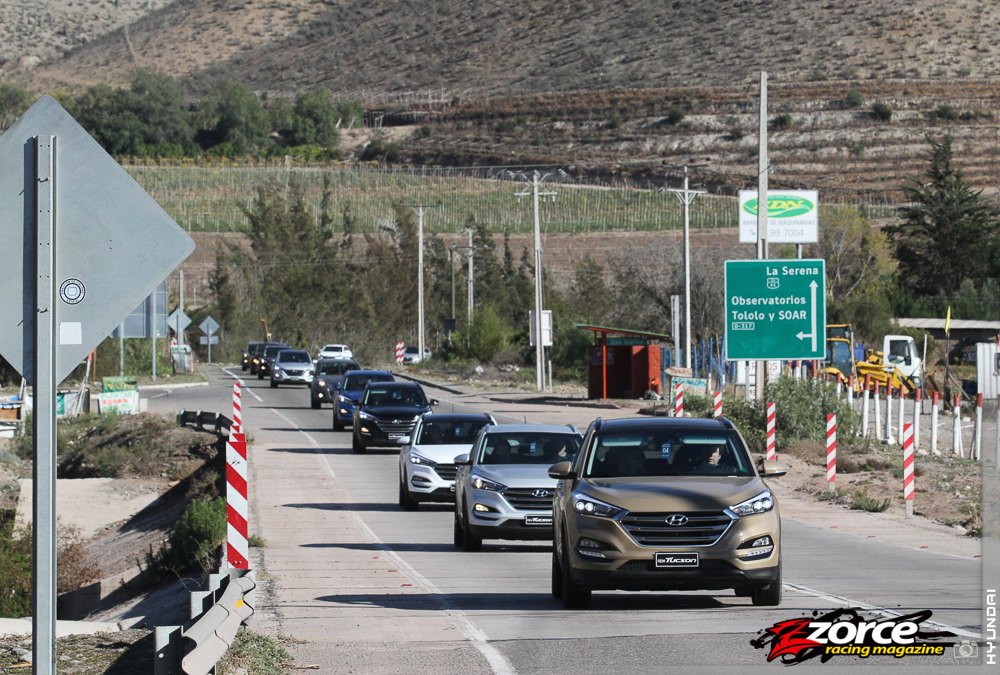
I didn’t get any unexpected tugs at the steering wheel due to tramlining and just like the previous Tucson, there are three driving modes– Comfort, Regular and Sport. Now, instead of just adjusting the steering assist, the modes now affect transmission and throttle response as well– broadening the driving appeal to a wider audience. The changes are significant enough to provide a change in driving character, but are not so far apart that they create a sense of automotive schizophrenia. Steering feel is better too and I was able to pick the mode that suited my mood– I was enjoying my drive in a way in which I did not expect in a Hyundai.
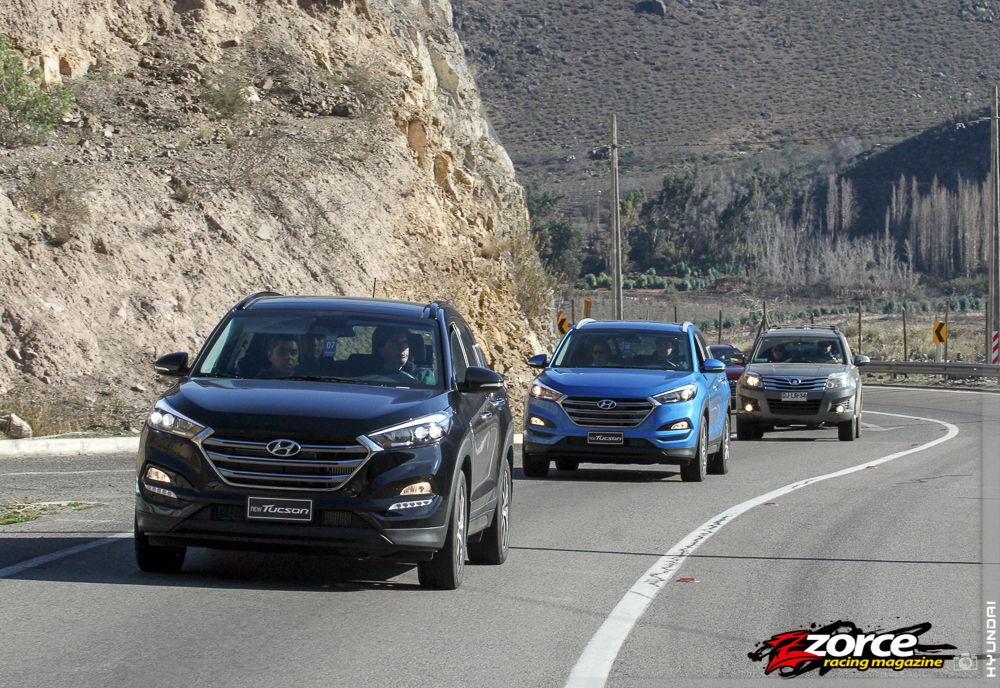
Off the bat, I recognised an immediate improvement in engine response. Although the 2.0-litre GDI petrol engine model we were driving only produces 166hp@6200rpm and 151ft-lb@4000rpm, there is a lot more grunt and responsiveness in the low- and mid-range areas. You no longer have to wring the engine to redline to feel like usable momentum is being generated. Instead, a third or half throttle through the lower rpm range will allow you to ease into your lane changes or pass slow-moving vehicles without ruffling your date’s feathers. Naturally, the high-rpm surge is still present when you wish to take advantage of opportunities at hand. For our market, engines are mated to a standard six-speed automatic transmission.
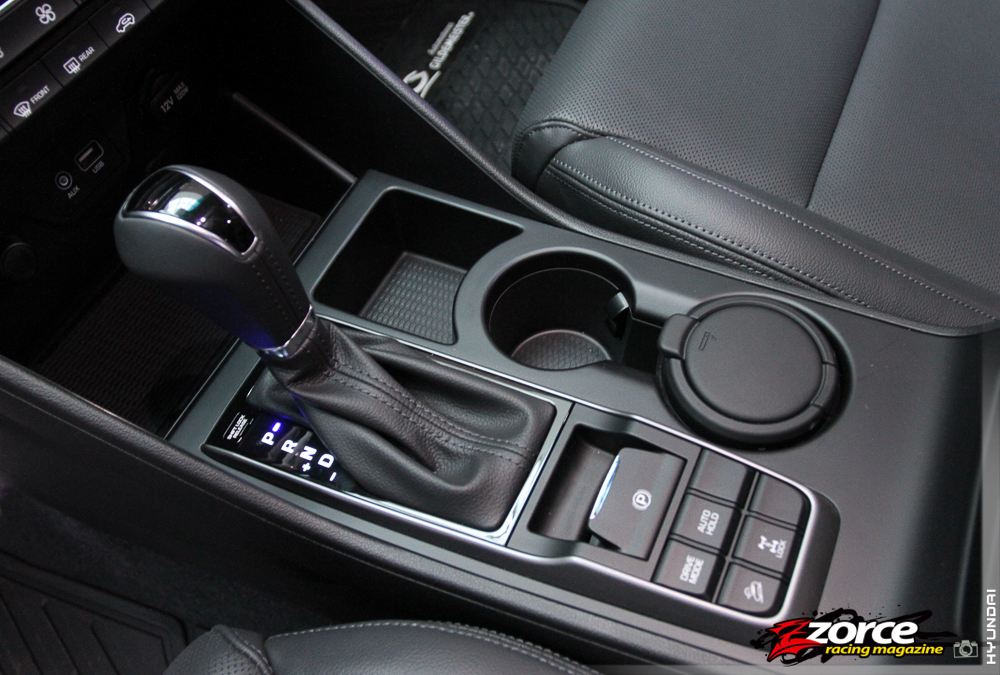
We had made it out to Highway 41 heading east, which was a nice series of long, rolling corners mixed with tighter ones between the long undulating straights. Here the Tucson’s slippery 0.33Cd aero figure (improved by 0.2Cd) came into play. Hyundai achieved this through the addition of a new lip to the front bumper, and the use of various under-body panels and covers.
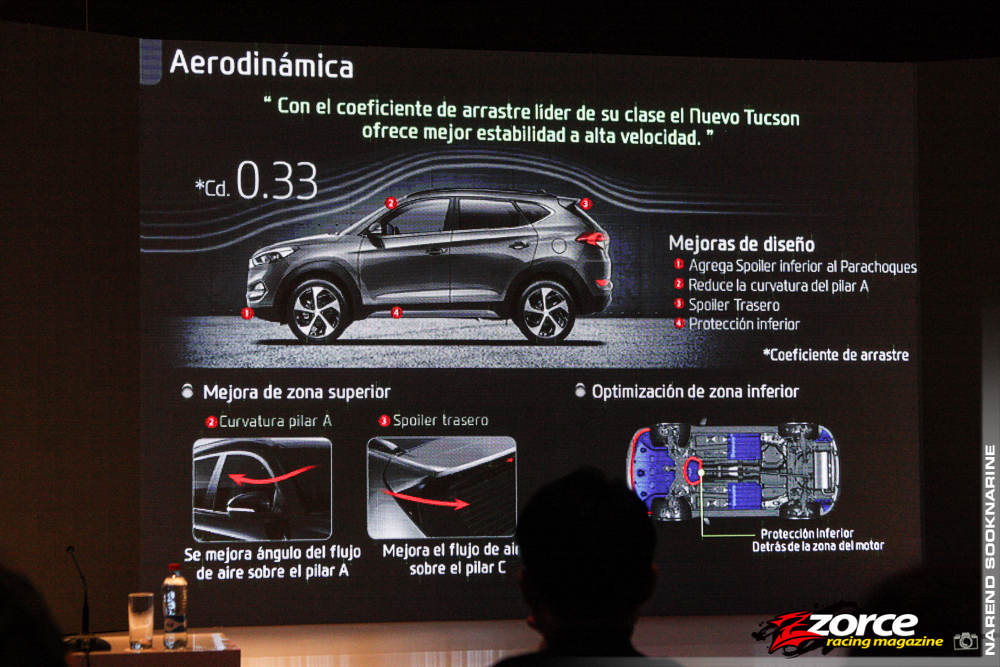
We also took the opportunity on one of the longer stretches to do our acceleration, panic braking and the usual ‘60-wiggle’ 60km/h evasive tests, which the 2016 Tucson handled easily.
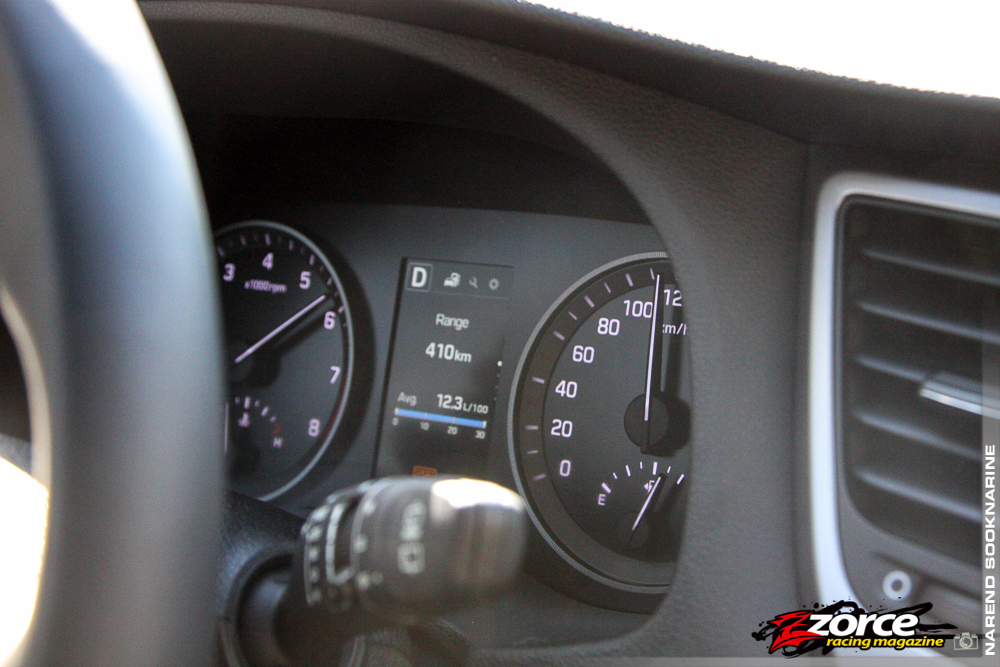
The revised shock absorbers and suspension subframes also seemed to improve steering feel and ride quality. As we drove along in the noticeably quieter cabin, it was also fascinating to see palm trees set against the stately snow-capped mountains of the Andes. This sense of duality was also evident in our drive– remarkably, we now live in an age where it is possible to enjoy a practical, yet sporty vehicle in a sustainable way, with only minimal trade-offs.
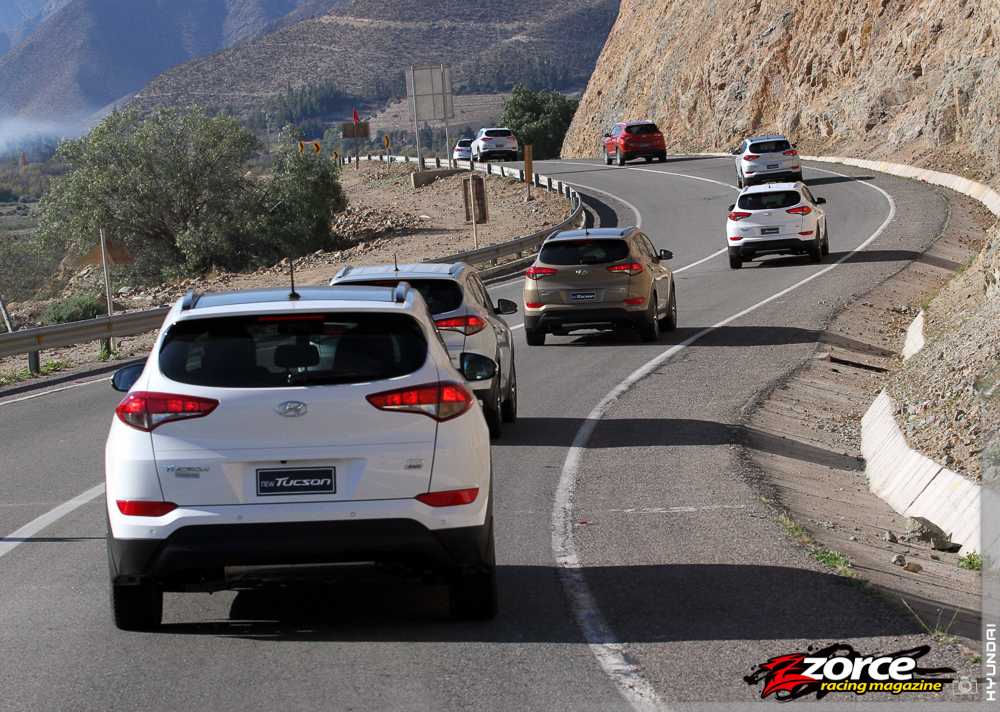
Chapter 4 >>
Chapter 4:
Chilean culture - learning
about a literary hero
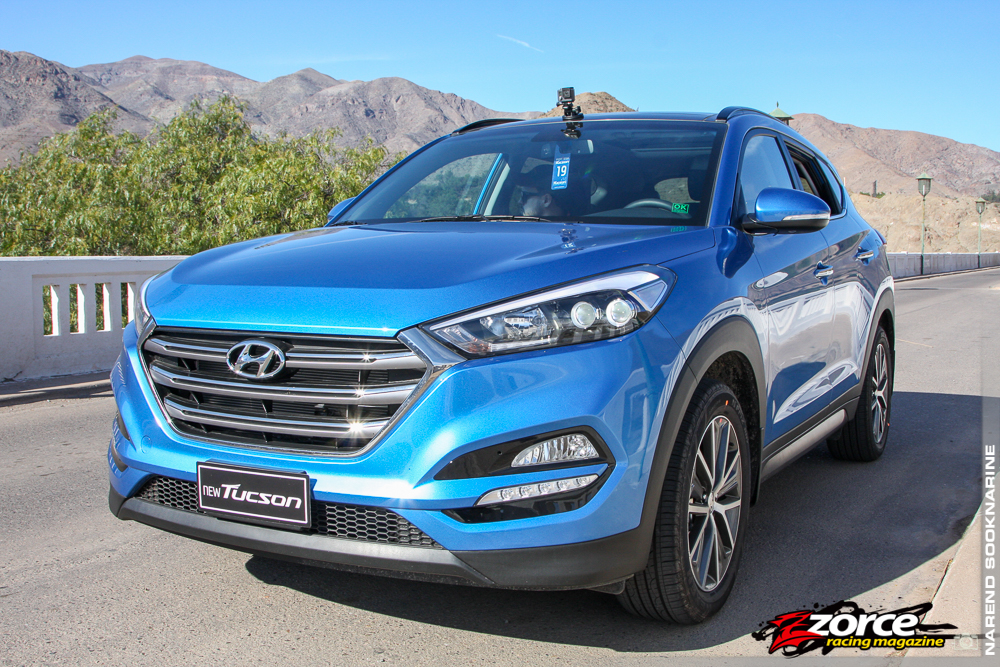
All the excitement caused us to miss a turn though, and we drove about ten minutes off route looking for signs and then a place to turn around. Thankfully we noticed a parked car and a Hyundai representative who pointed us in the right direction when we doubled back. After a quick photo stop along a bridge, we arrived at a museum in Elqui Valley dedicated to Chile’s literary icon Gabriela Mistral.
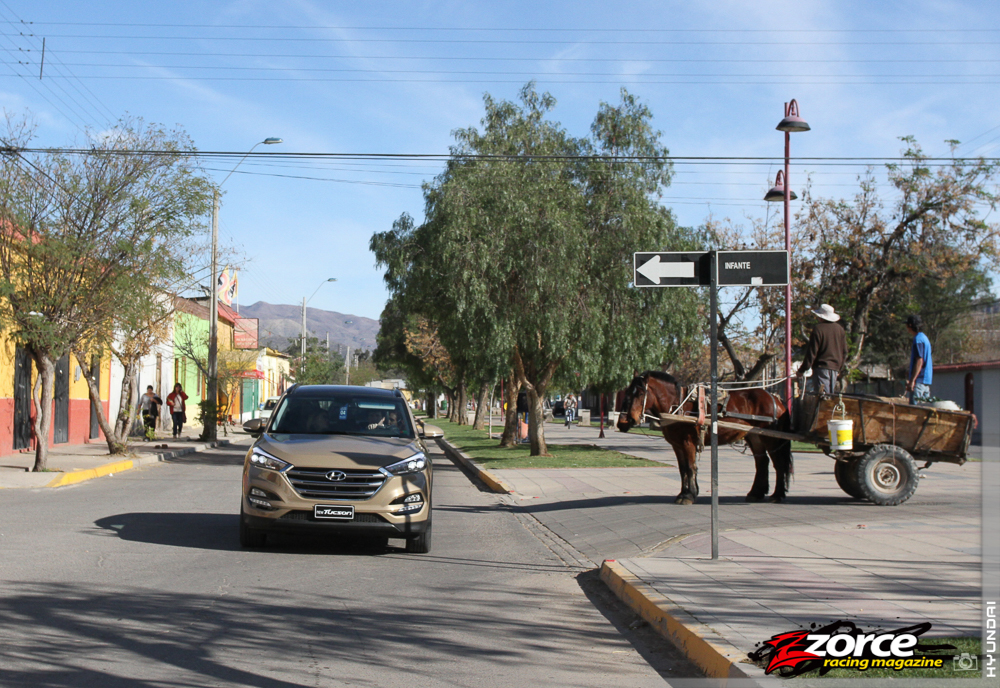
As the Tucsons rolled up for valet parking, it was easy to appreciate the new ‘Fluidic Sculpture 2.0’ design philosophy that includes the new hexagonal grille and LED daytime running lights. At night, an auxiliary Static Bending Light also turns on when the steering wheel is turned to provide additional side lighting. The all-new design treatment at the front brings a bold new face to the Tucson, which no longer looks like a junior crossover but like the accomplished younger brother of the Santa Fé– which in our opinion is a great-looking vehicle.
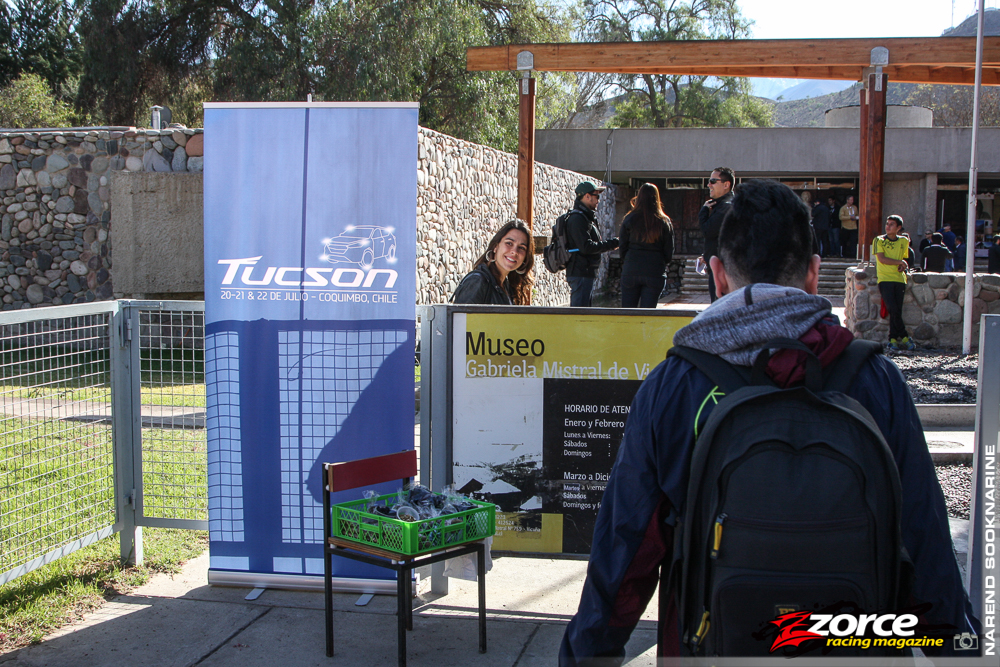
Learning about Mistral’s life and work was fascinating, for me at least, and added to the cultural experience as it provided a window to Chilean ideals.
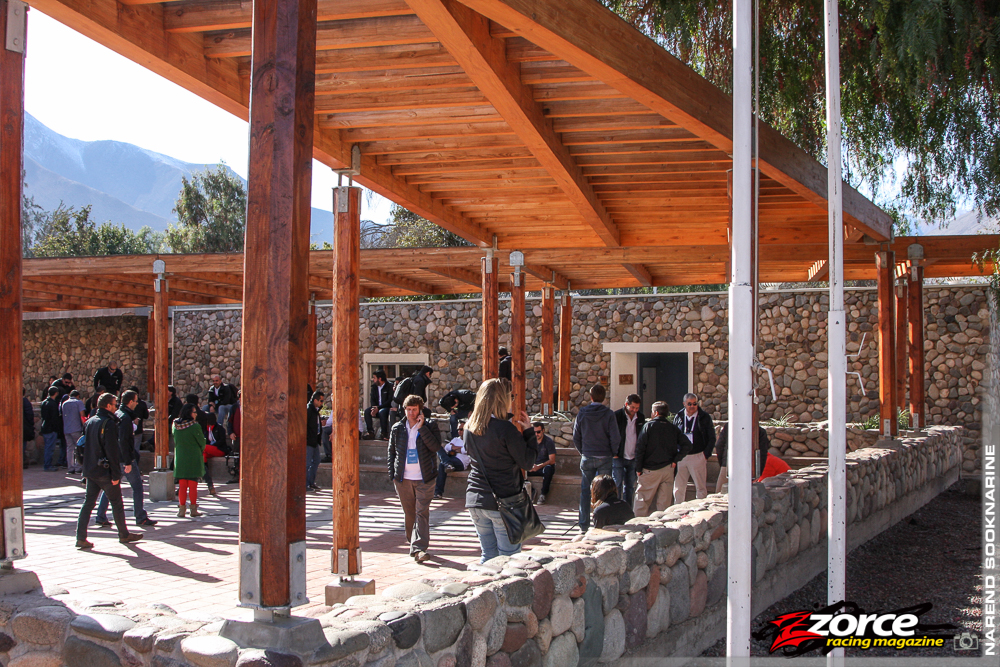
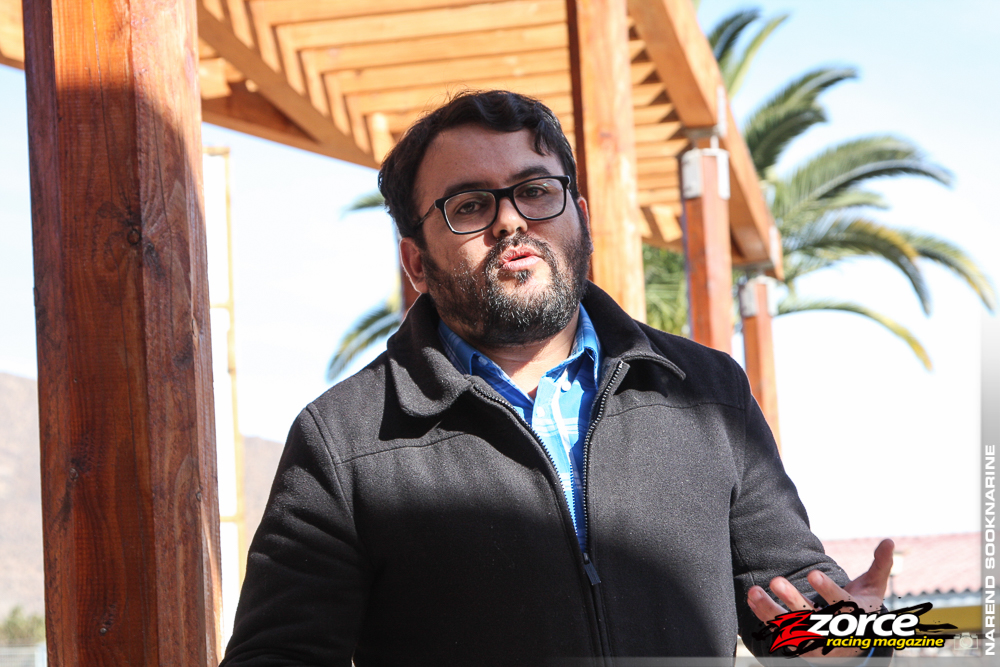
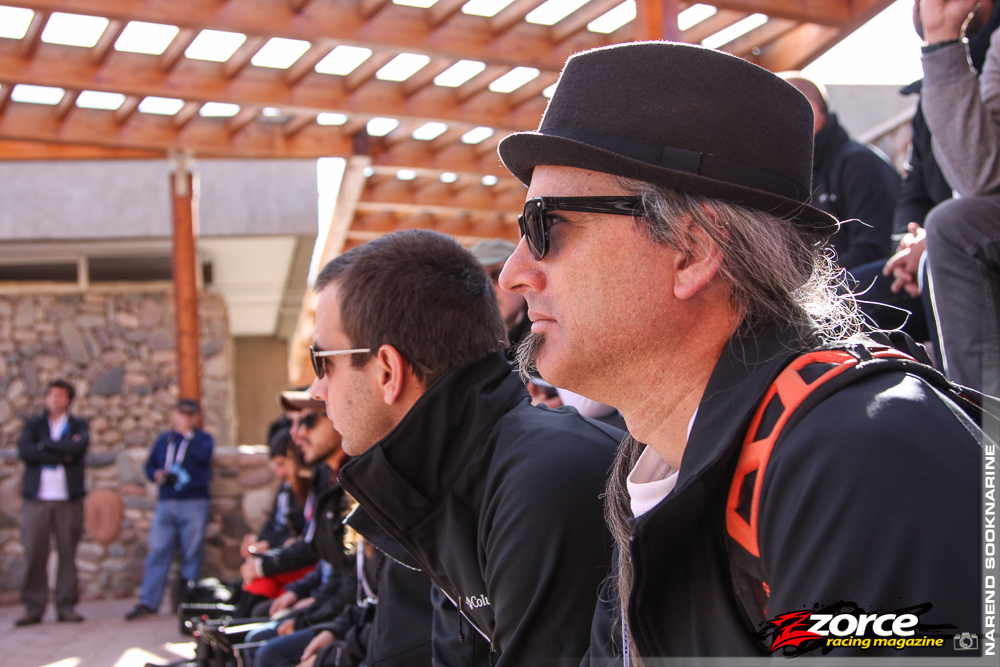
Among other related items, the museum contains more than 3,000 objects that belonged to her, amassed while living in New York and working for the Chilean Government as a representative for the UN.
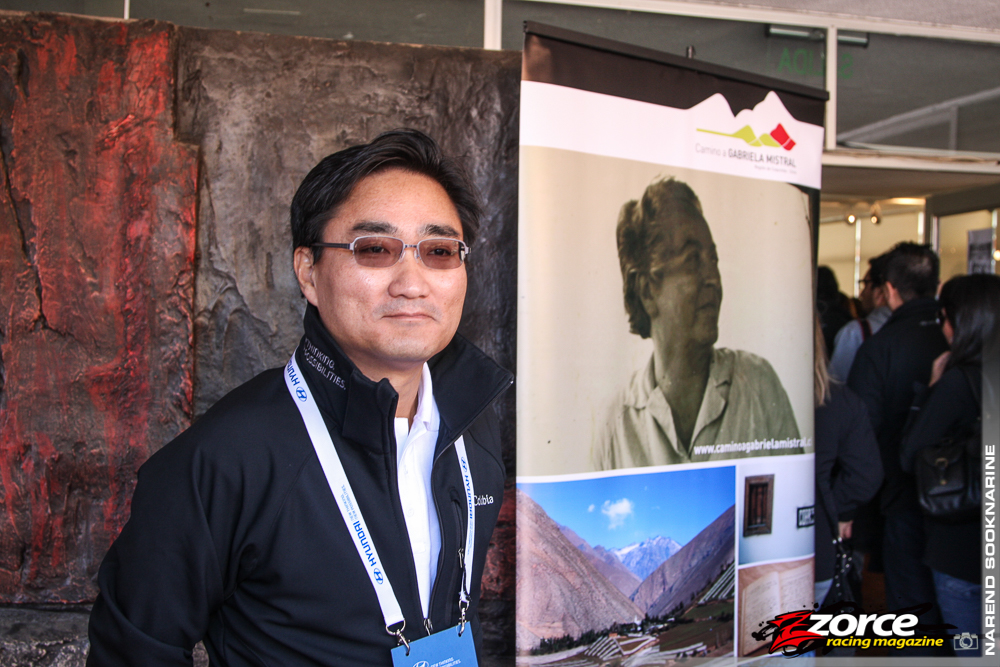
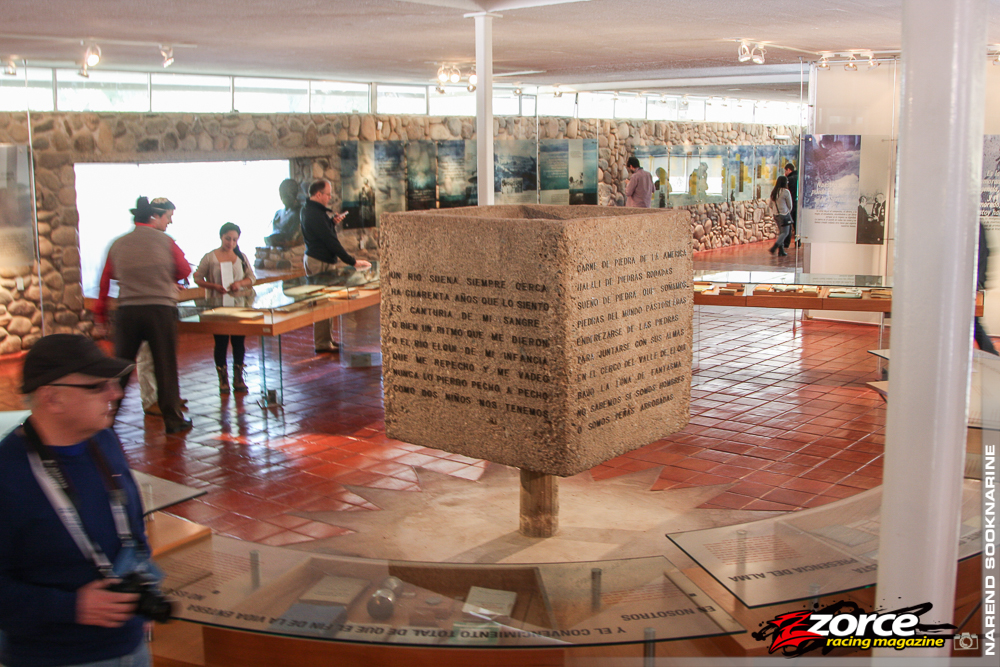
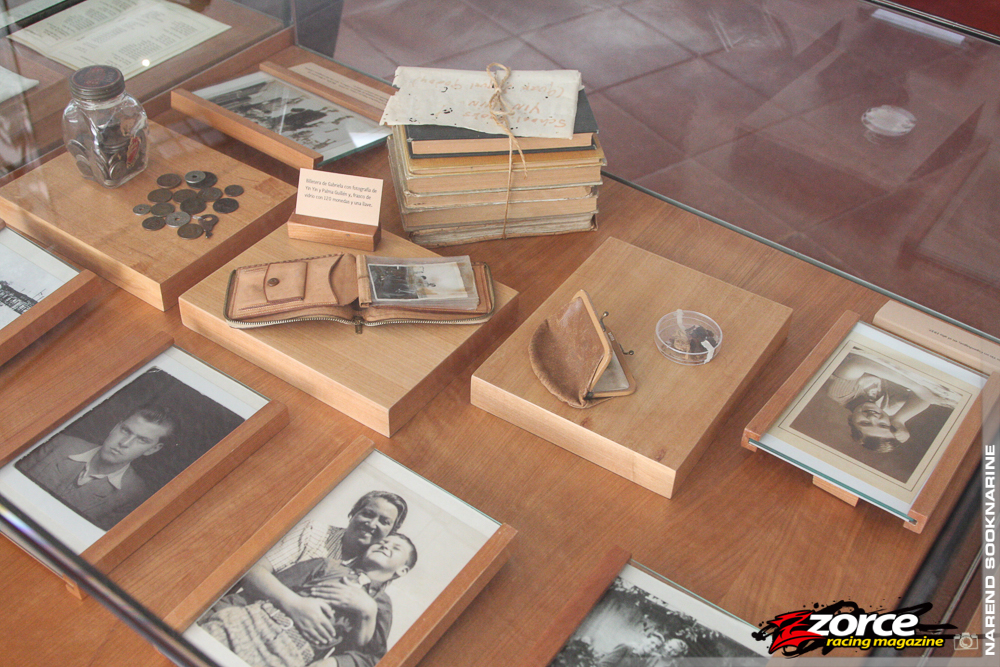
Among these objects is the wooden board where the writer composed a great part of her work. She lived from 1889 to 1957, and on November 15, 1945, Mistral became the first Latin American and fifth woman to receive the Nobel Prize in Literature, making her a national hero. The museum we were visiting is built right next to the humble house she grew up in.
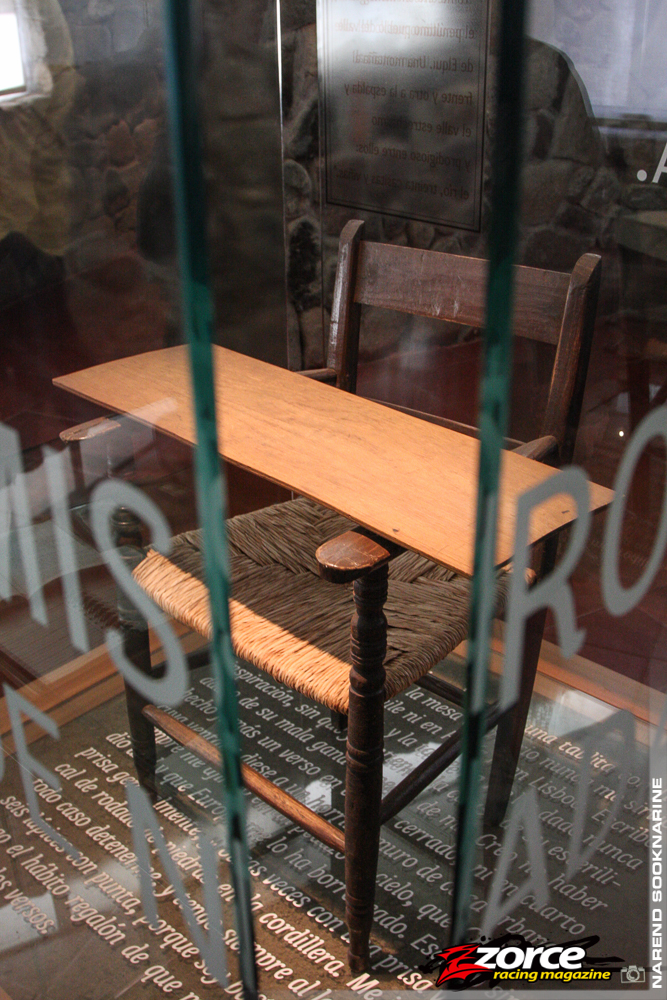
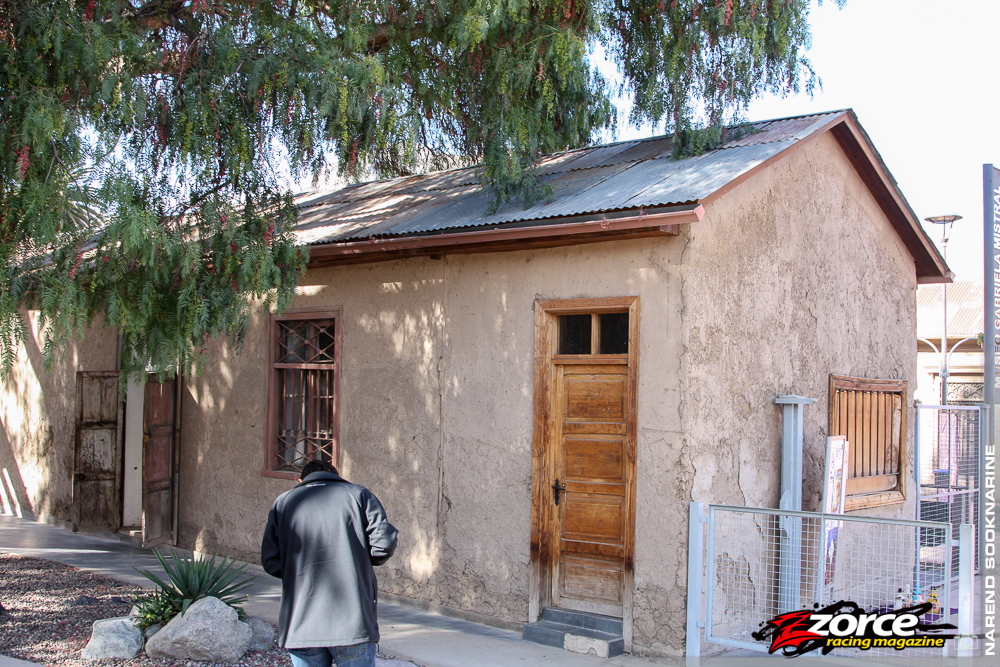
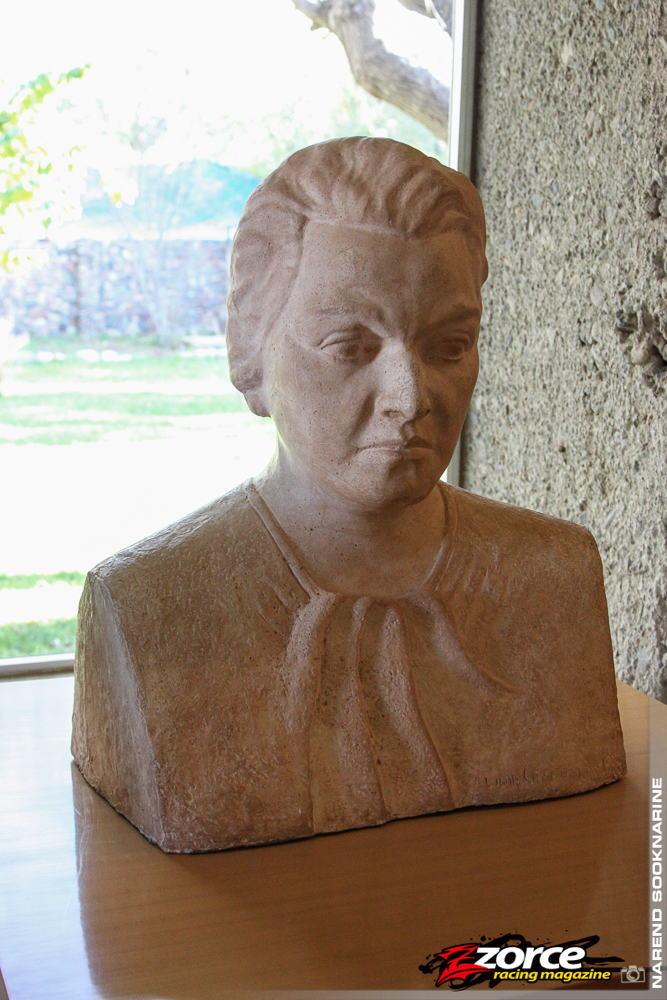
The quality of the displays and thorough presentations also communicate how deeply she was able to affect her audience and how passionate Chileans are about their national culture.
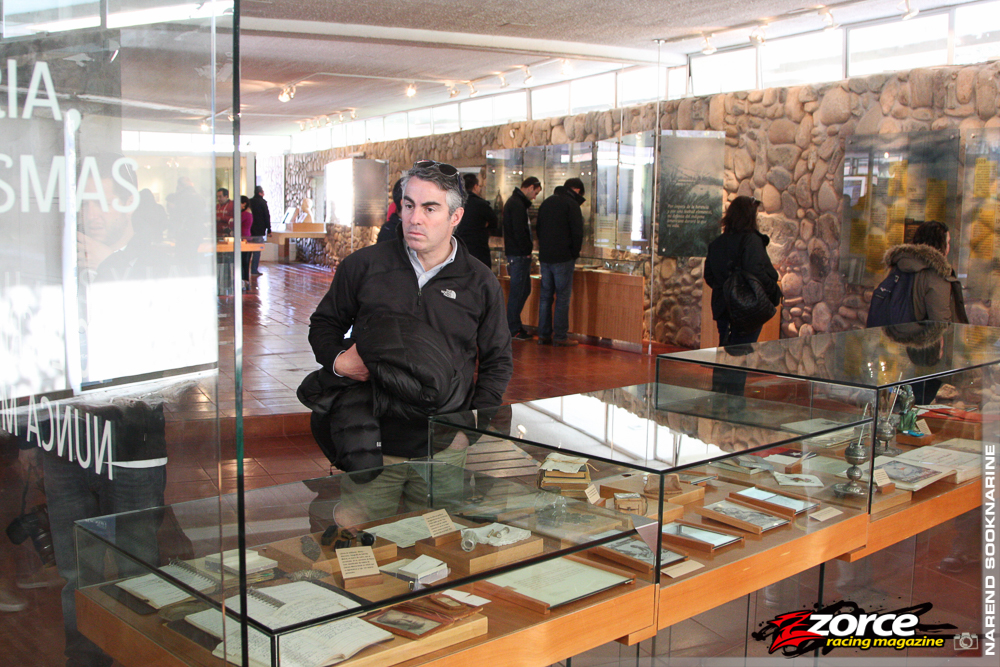
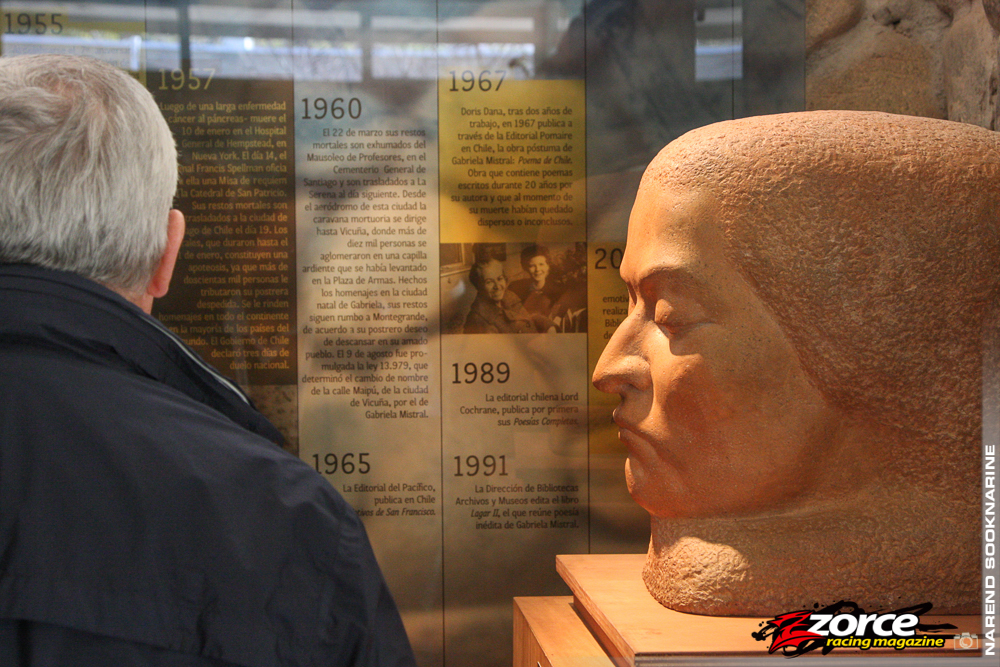
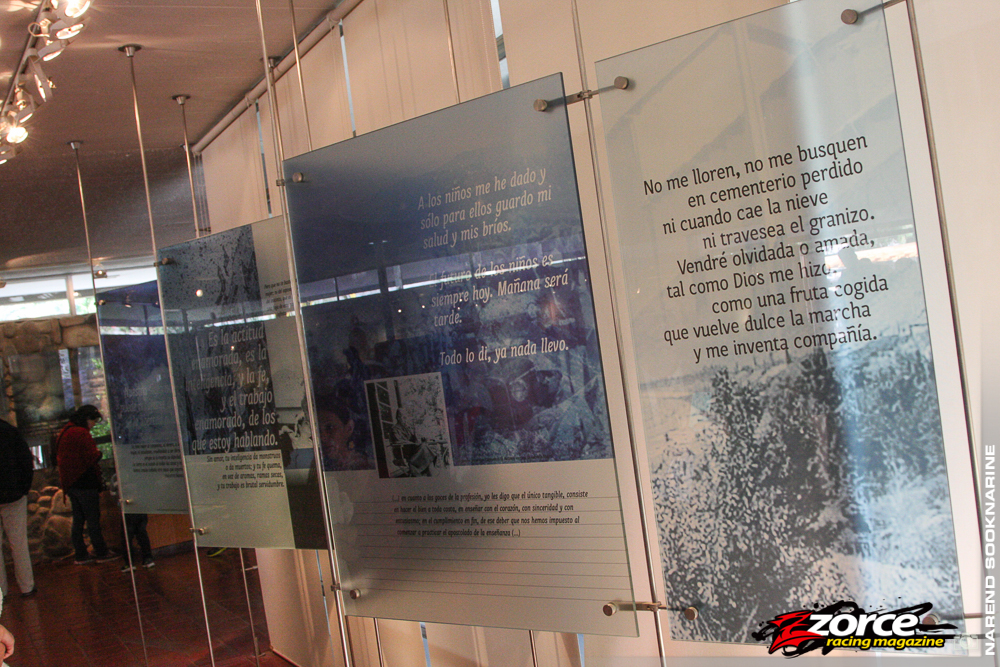
Once the tour was completed, the Tucsons were ready to roll again. Awaiting the arrival of our assigned vehicle, we picked up a few souvenirs including a little ceramic whistle fashioned as a bird that produces a shrill sound when semi-filled with water.
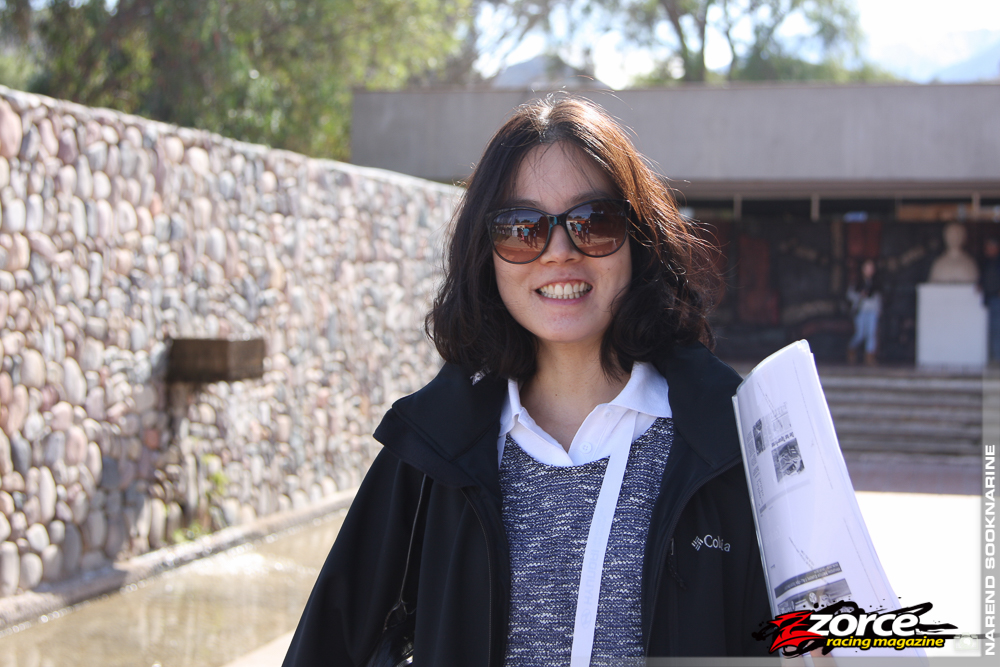
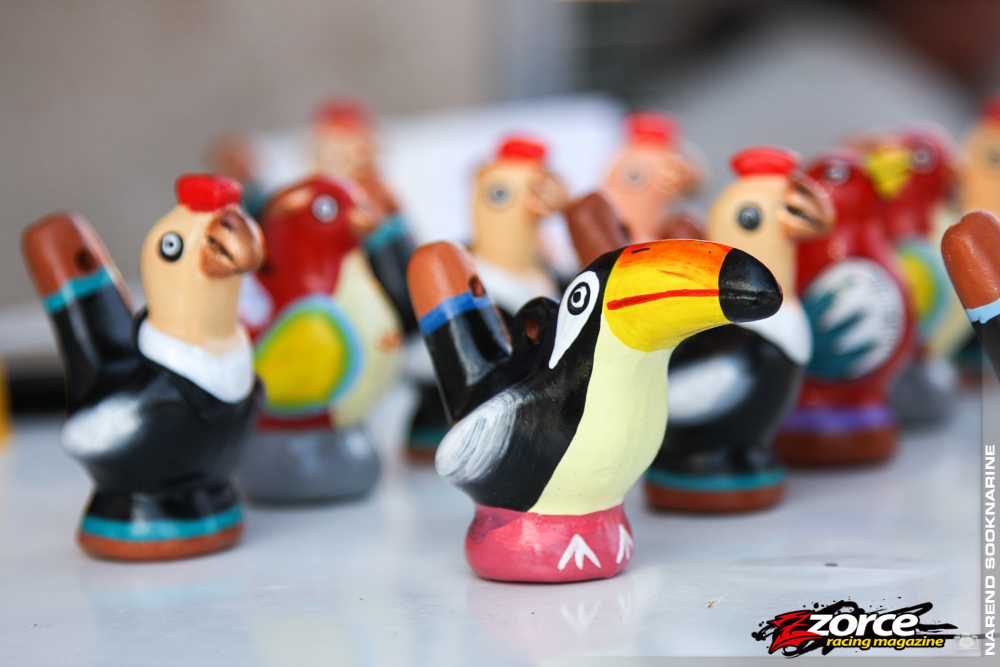
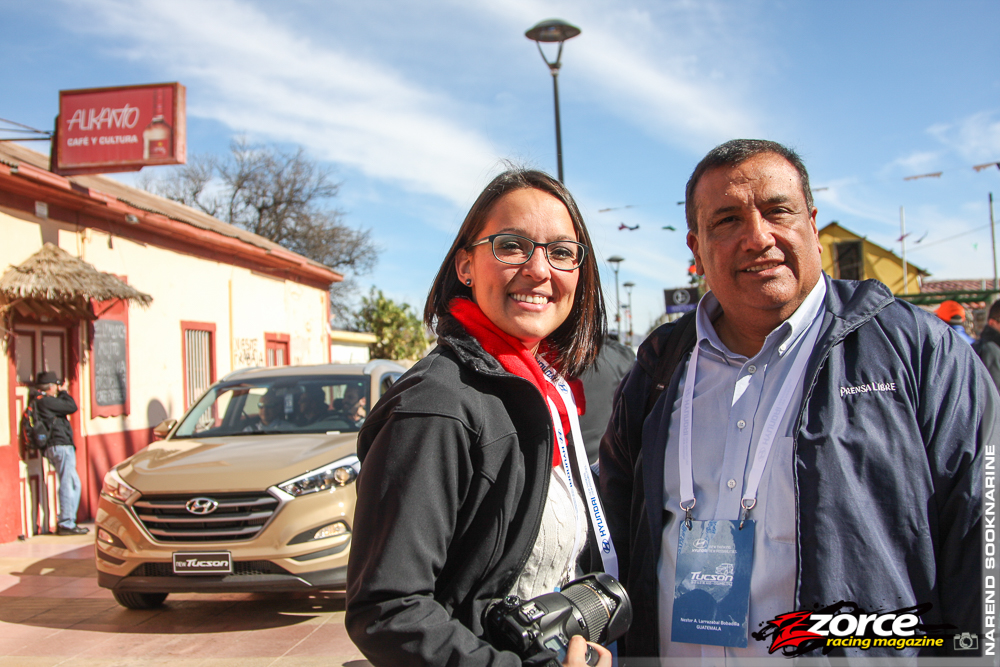
This time, one of the Puerto Rican counterparts travelling with me decided to take the wheel, and now I was able to experience being a passenger. I used the opportunity to pair the audio system with my smartphone and to introduce the group to some Trinbagonian music, which the 2016 Tucson’s speakers were well up to playing (as evidenced by the somewhat accurate singalong to Machel Montano’s Music Farm).
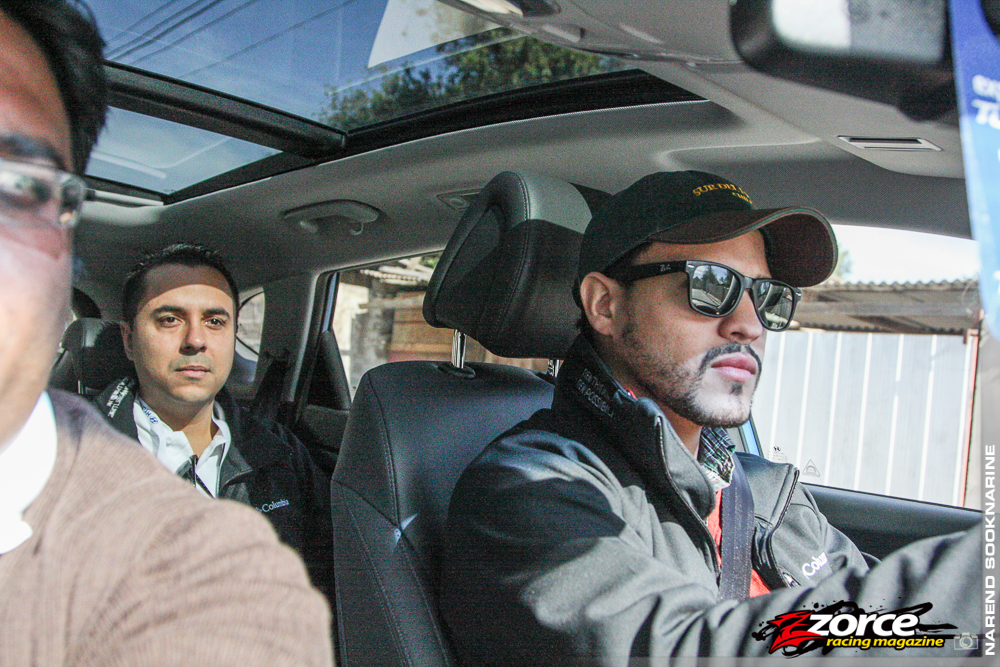
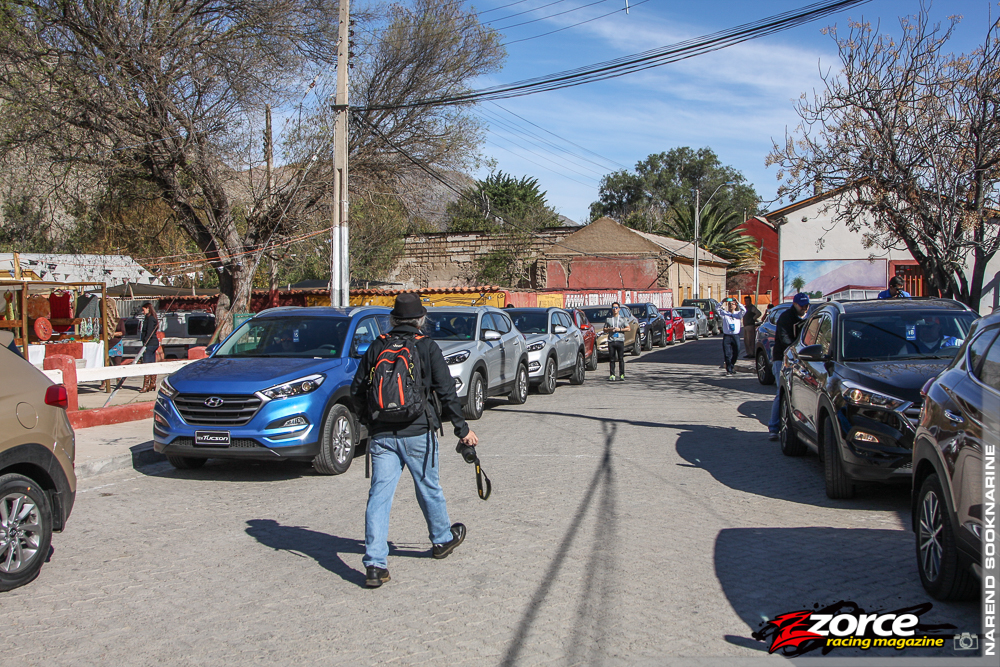
We arrived at a small village known as Pisco Elqui, where we had a scheduled group photo stop in a large park. After all the rearranging and the eventual photo, we did some quick shopping then hit the road again. The level of craftsmanship and packaging of food items showed that although these were seemingly simple country folk, they had an eye for modern and traditional design.
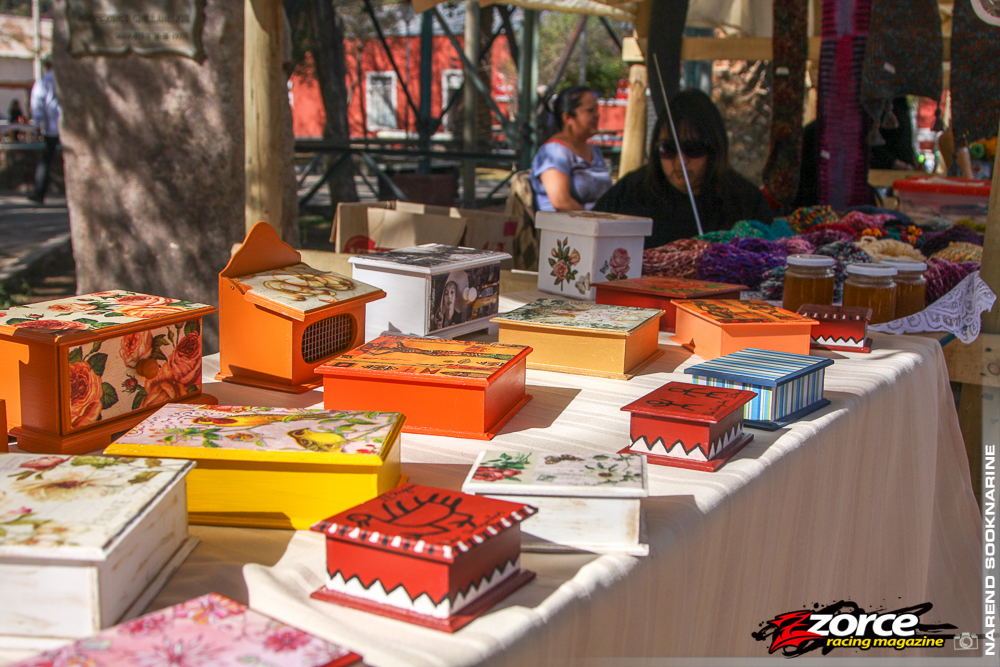
As a result, I couldn’t help but purchase an innovative articulating wooden lamp that reminded me of Disney’s Wall-E and the animated Pixar lamp at the same time. Astoundingly, the people had fashioned the lamp using wood from their home, which was lost in a fire. Despite all appearances, the people were far from ordinary, as I was discovering is generally the case in Chile.
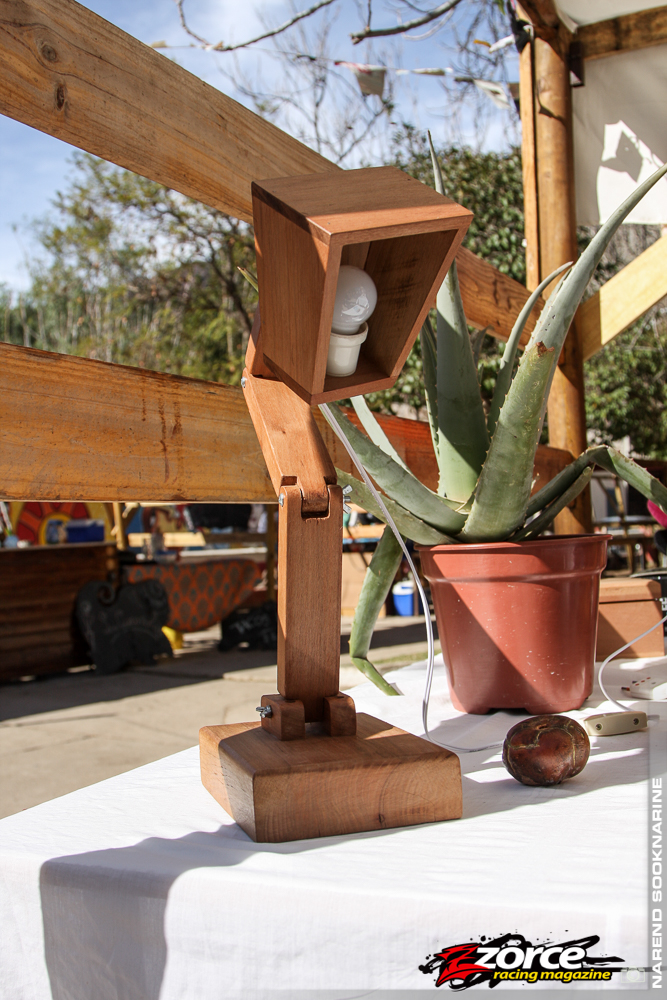
Chapter 5 >>
Chapter 5:
Destilería Pisco Mistral
Lunch Break & Tour
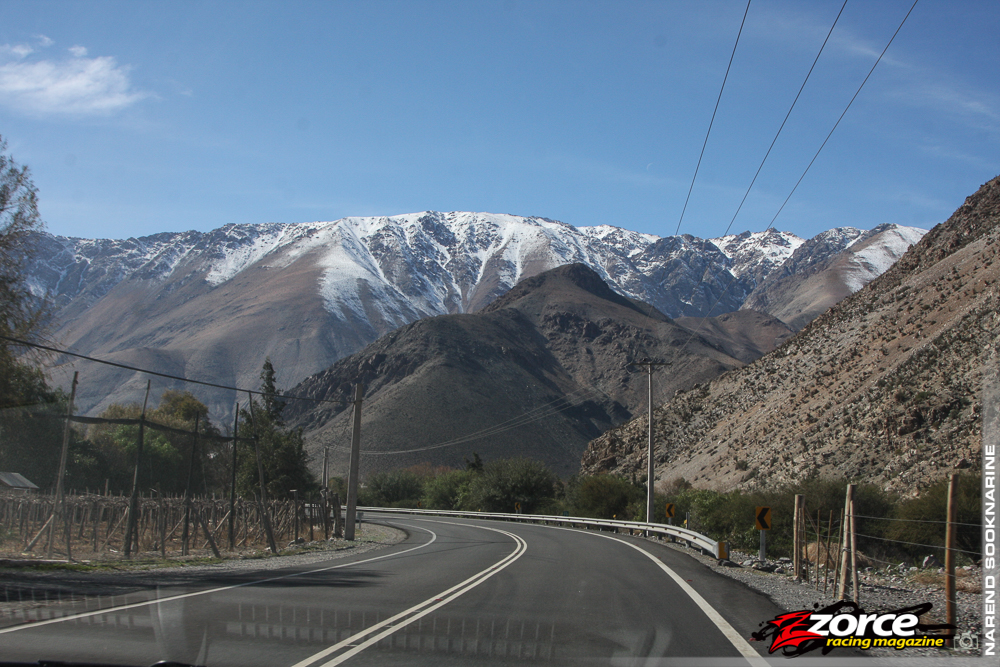
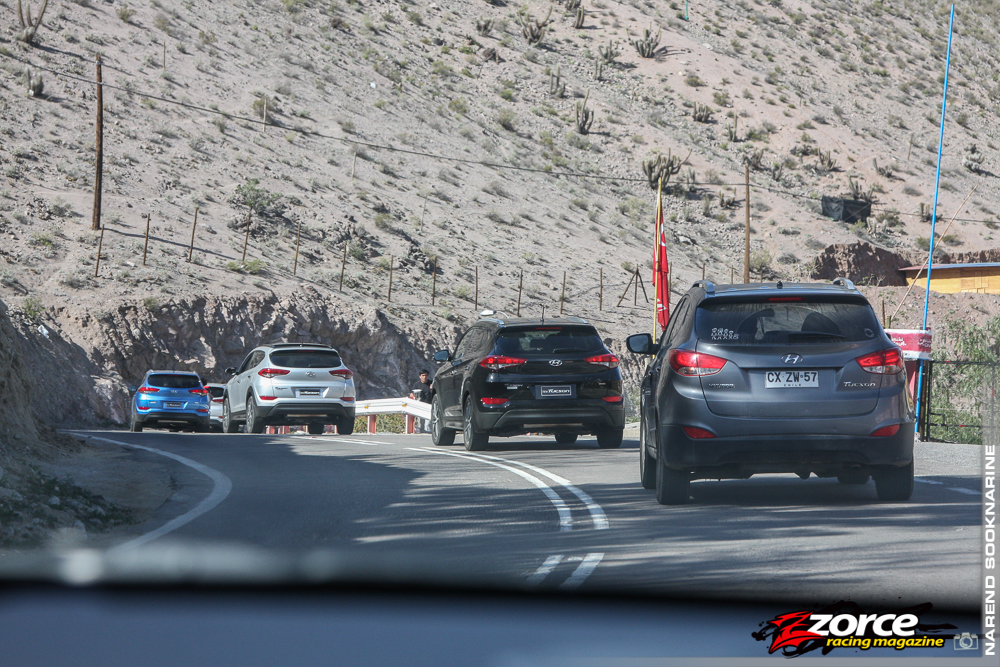
We drove further along the mountainous route and I was really enjoying how well the convoy of Hyundai Tucsons seemed to be coping with all the undulations and strings of corners. Along the way, a previous-generation Tucson joined the line for a few miles and it became easy to appreciate the styling differences. Where the older model looks tall and relatively narrow, the 2016 Tucson is visibly wider and more muscular, and topped off with a functional rear spoiler that promotes better aerodynamics and reduced wind noise.
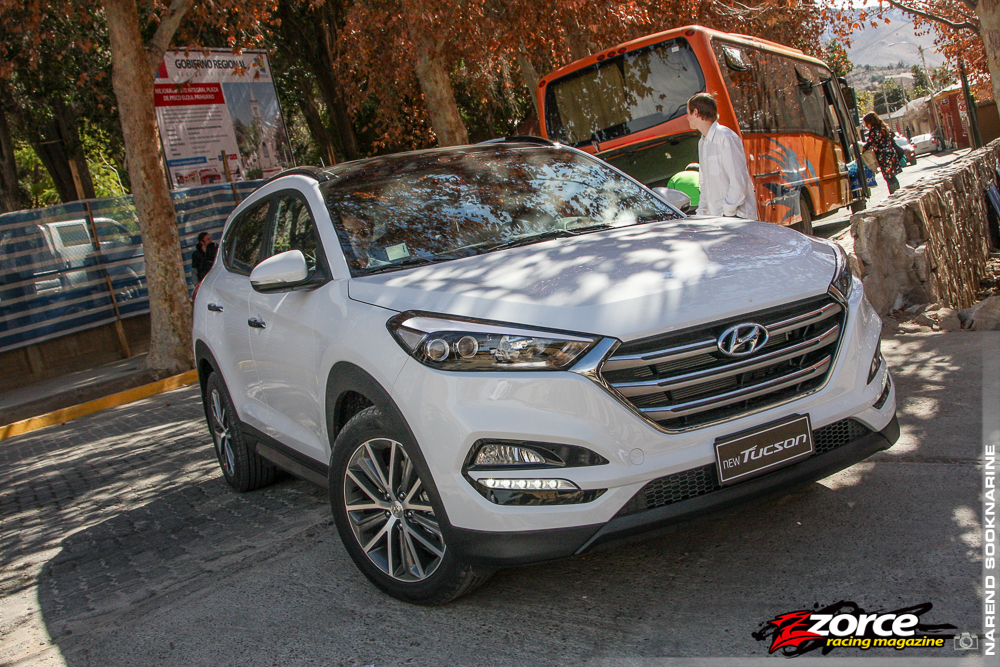
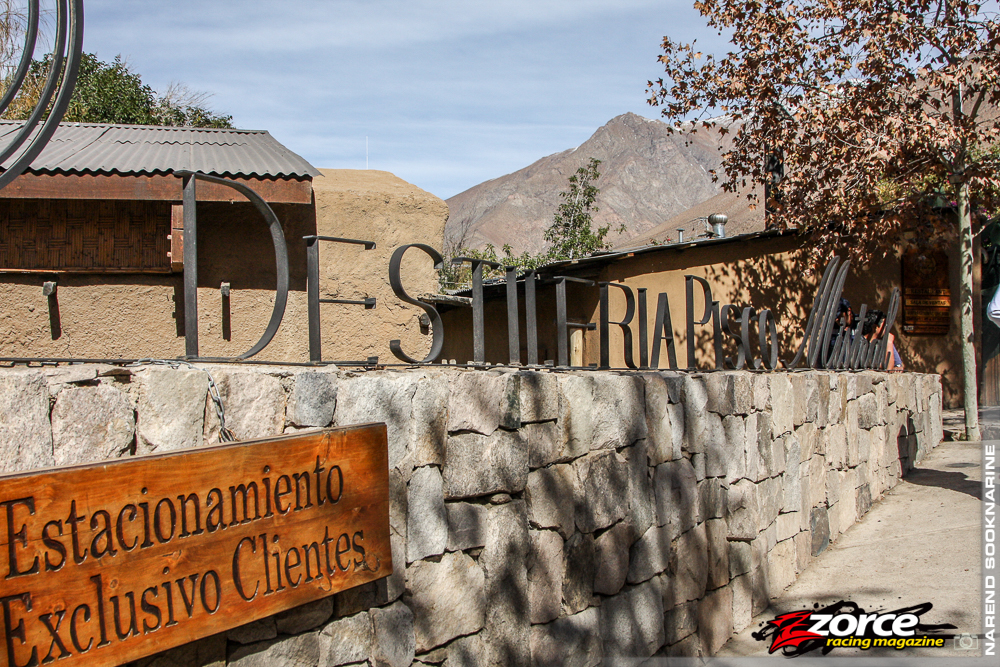
Our next stop was at the Destilería Pisco Mistral. By now, everyone had worked up an appetite and luckily for us, there was a constant flow of food on the grill and from the kitchen.
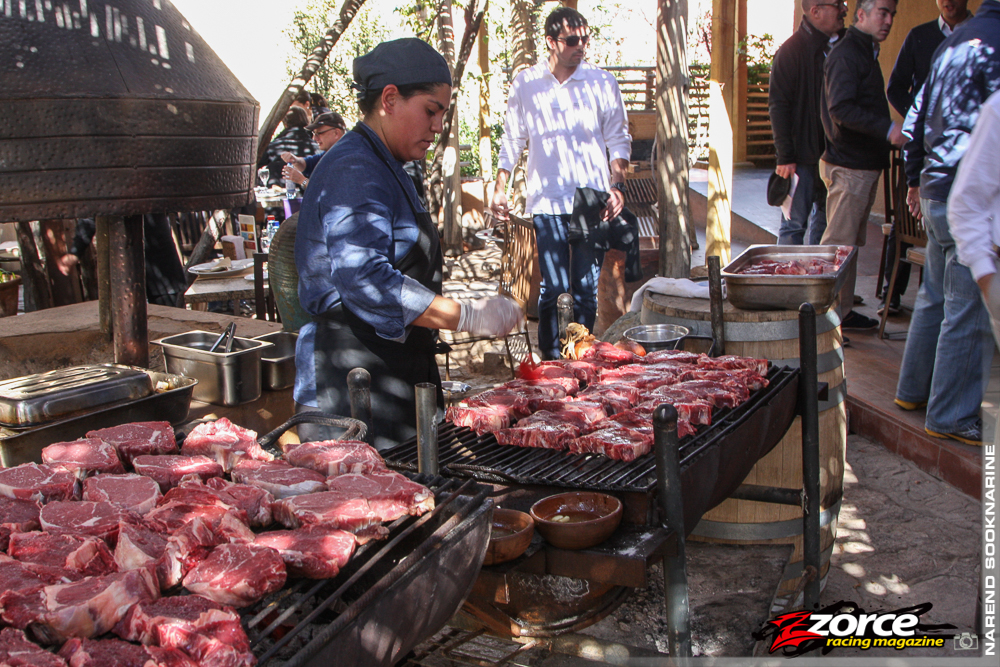
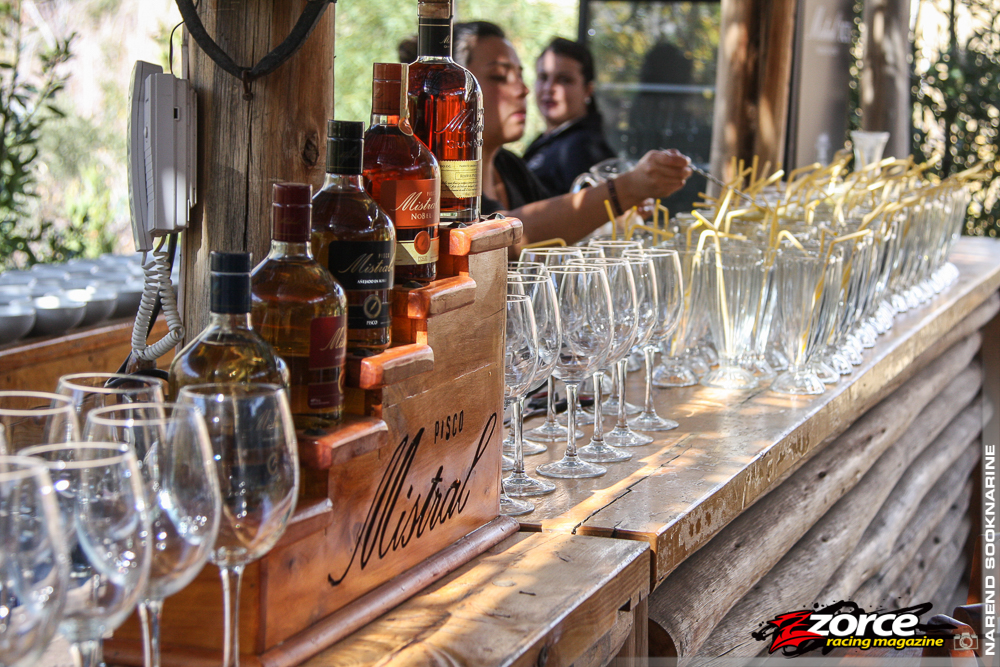
Grilled meats, fish, vegetables and the like seemed to be the preferred fare in Chile, and the chef did not disappoint. Perhaps even more wonderful was the pisco made at the distillery. After our meal, we were treated to some live traditional Chilean musical and dance performances.
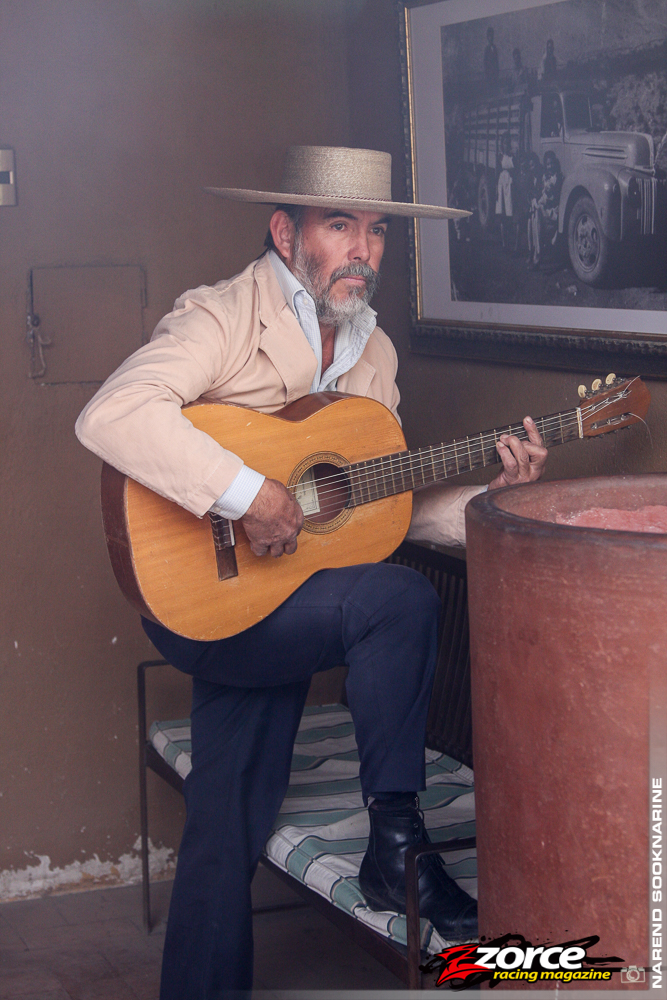
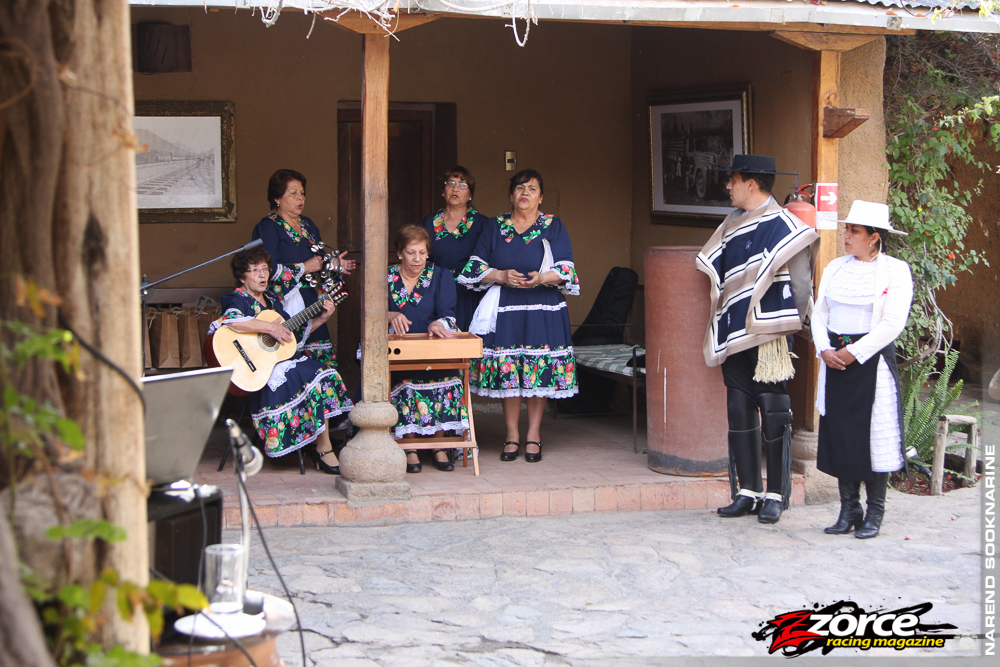
The entertainment gave way to a one-on-one Q&A session with the Hyundai representatives, who welcomed feedback on the morning drive, and the tour of the distillery where we were exposed to the entire process from grapes to fermentation to distillation and curing.
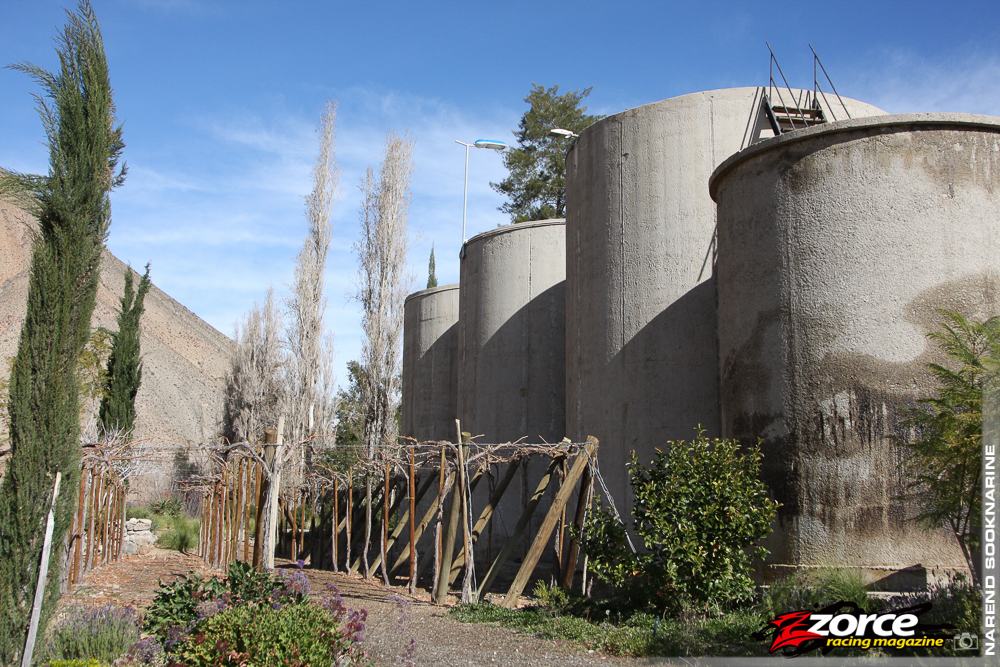
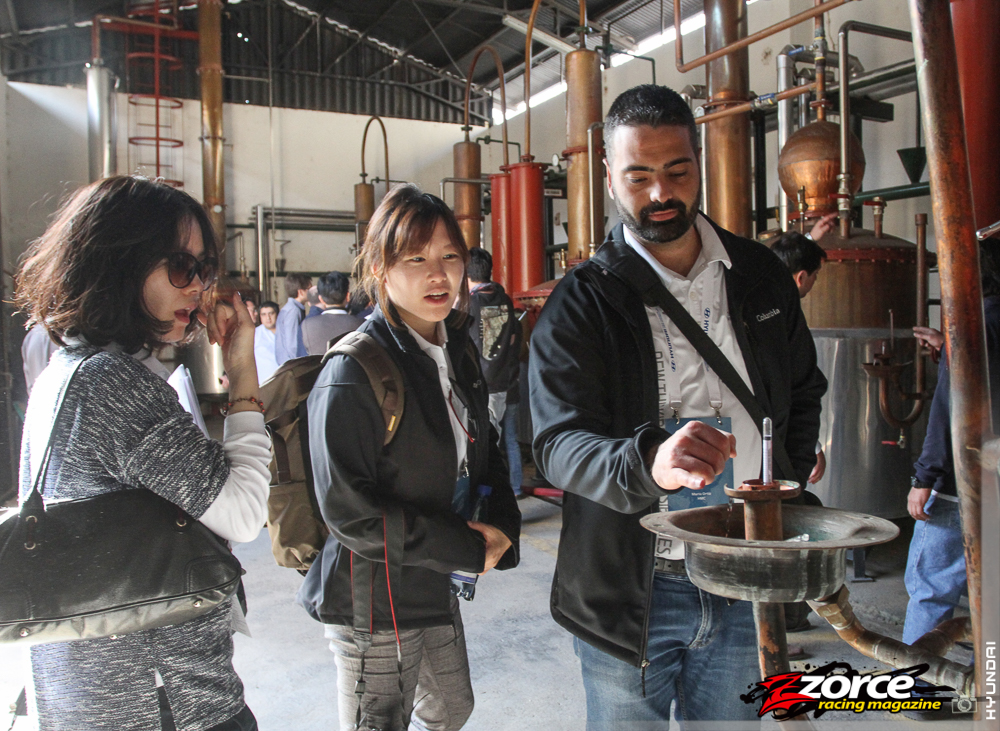
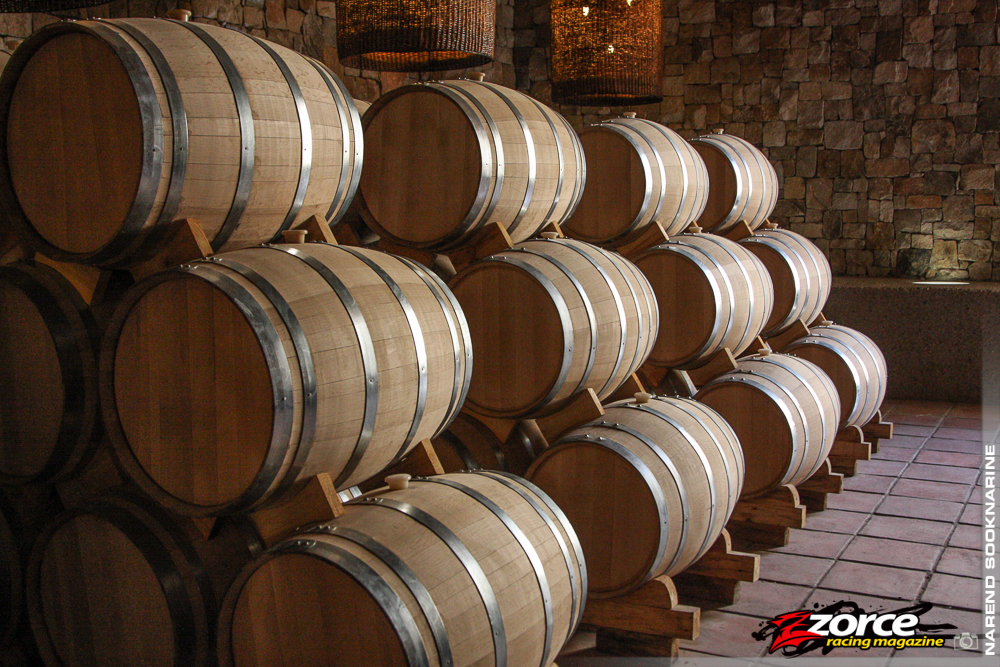
Chilean wines are world famous because a tremendous amount of care goes into every single step of preparation and production. On the way in we saw vineyards lined with structures for the vines to climb on and screens to protect them from excess wind. The natural landscape of the picturesque Elqui Valley regulates the amount of sunlight for optimum growth and Chile’s weather and seasons create near-perfect conditions in this particular region.
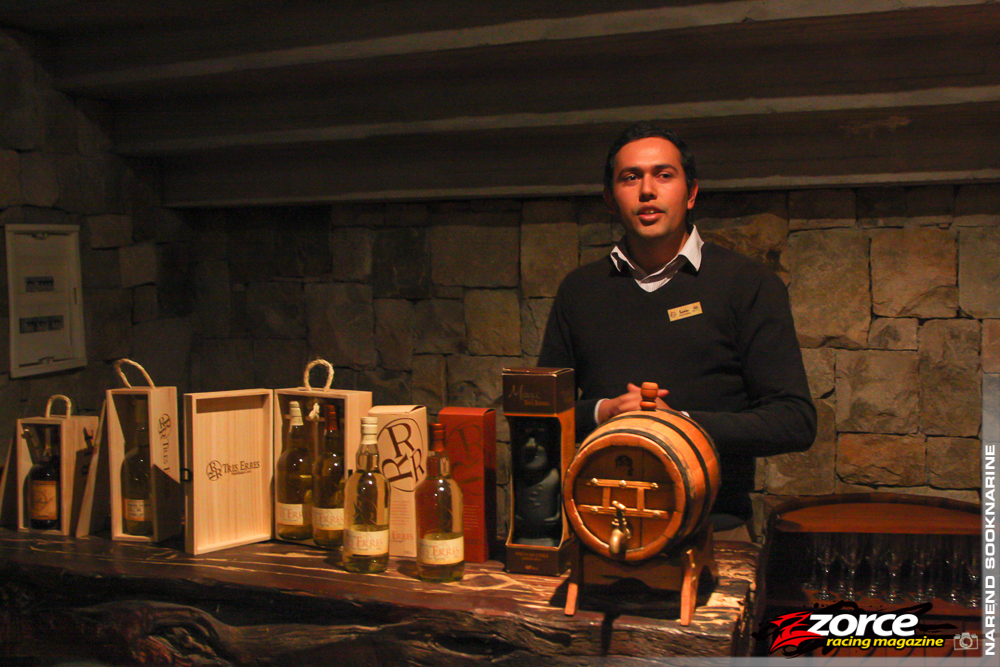
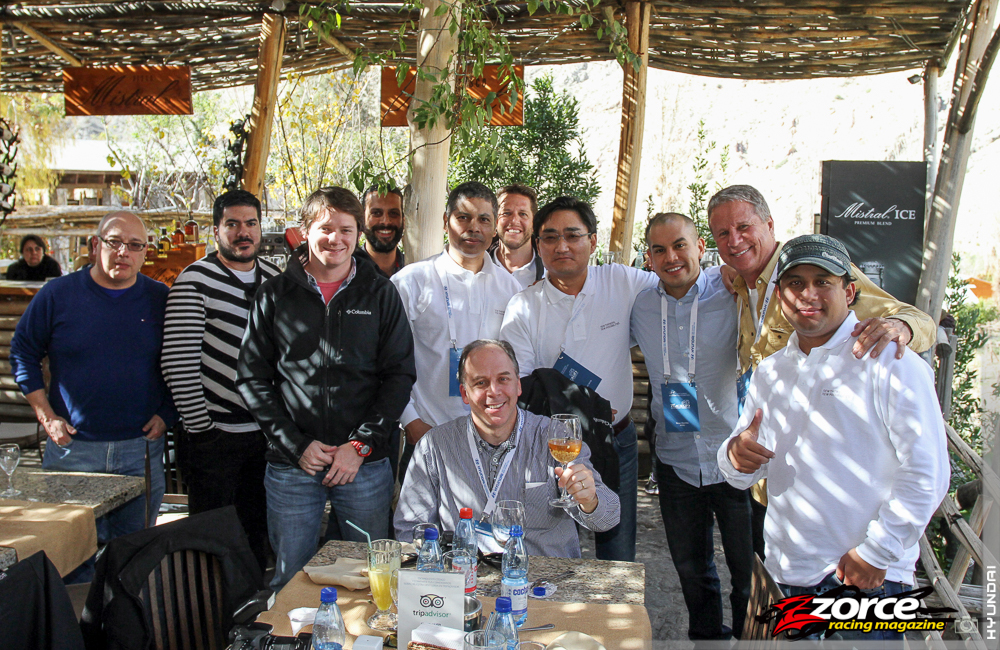
Chapter 6 >>
Chapter 6:
Driving the Tucson diesel and
(finally) going off-road
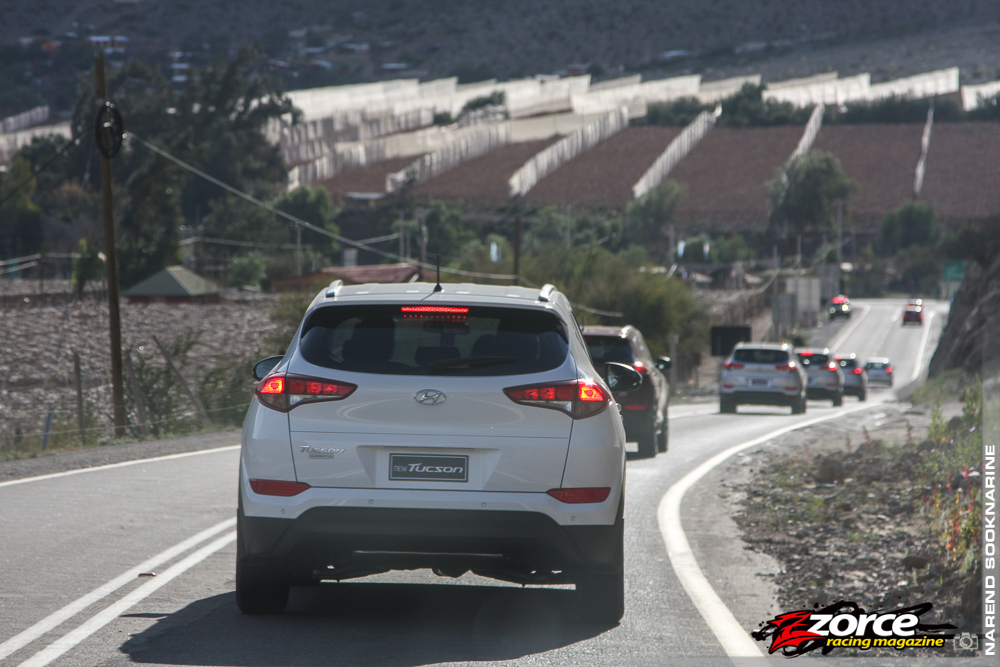
After the tour, our afternoon drive presented us with a change of vehicle. Finally, we had the chance to try out a diesel version. Thanks to the aid of a turbocharger and the typical low-rpm grunt associated with diesels, we were effortlessly climbing hills and easily keeping up with the rest of the pack. For this kind of performance you can thank the Hyundai 2.0-litre four-cylinder turbodiesel’s considerable 186hp@4000rpm and 297ft-lb (spread from 1750-2750rpm) specifications. Although it is typically the most expensive, the 4WD diesel Tucson is the most capable and is the highest-performance variant of the lineup. Hopefully we can test one soon to give you some performance data.
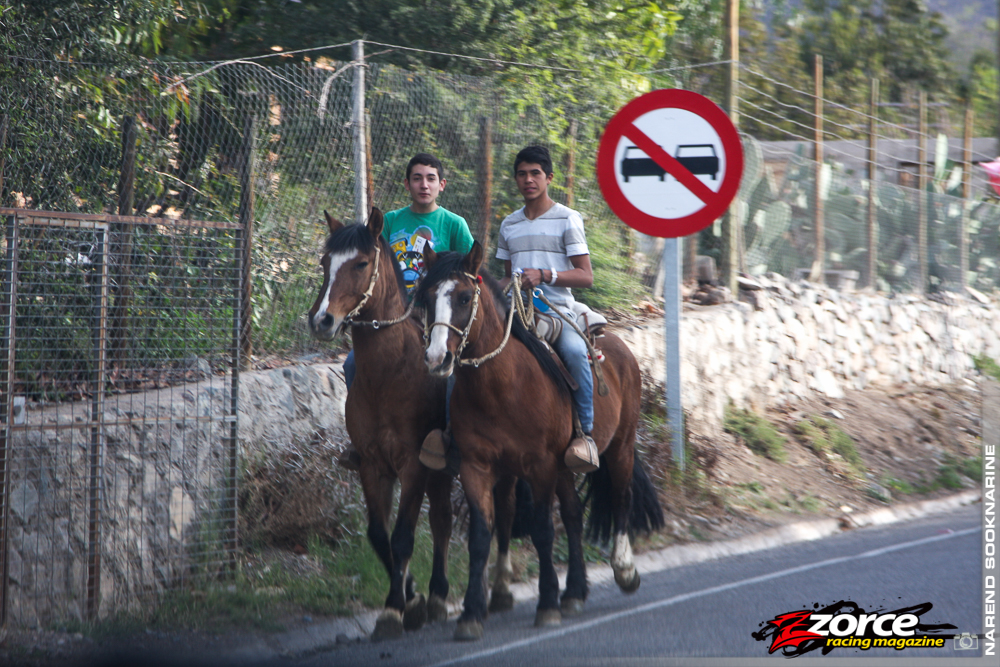
Now in the reverse direction, there was one last stop on our itinerary, which was printed conveniently at the back of our press ID cards. We passed by a large farm and followed the convoy.
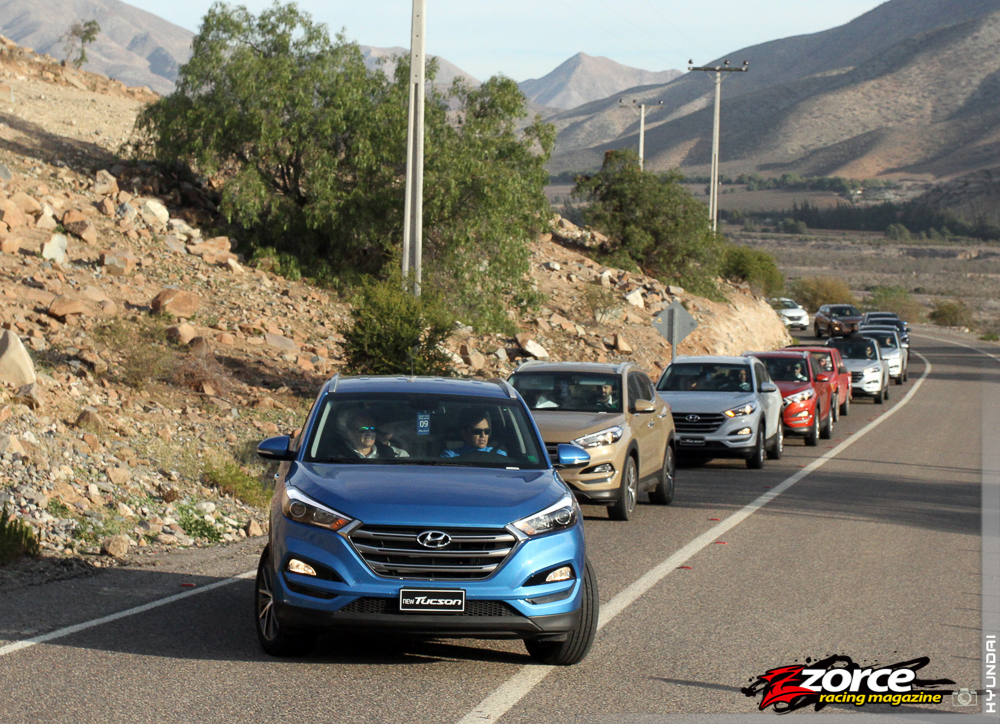
A Tucson sign a bit further down indicated that we were heading off-road! We kept on driving as the road became more rugged and crossed two small streams with ease, stopping to snap some minor water splash photos. The dirt surface we initially met had now grown into a rougher, rockier and more convoluted path.
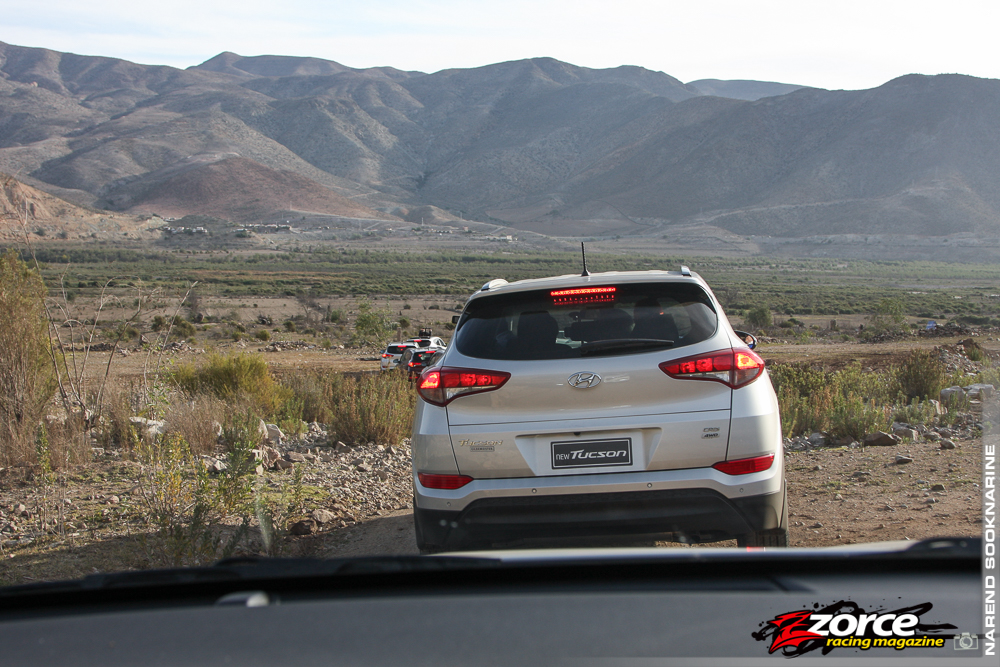
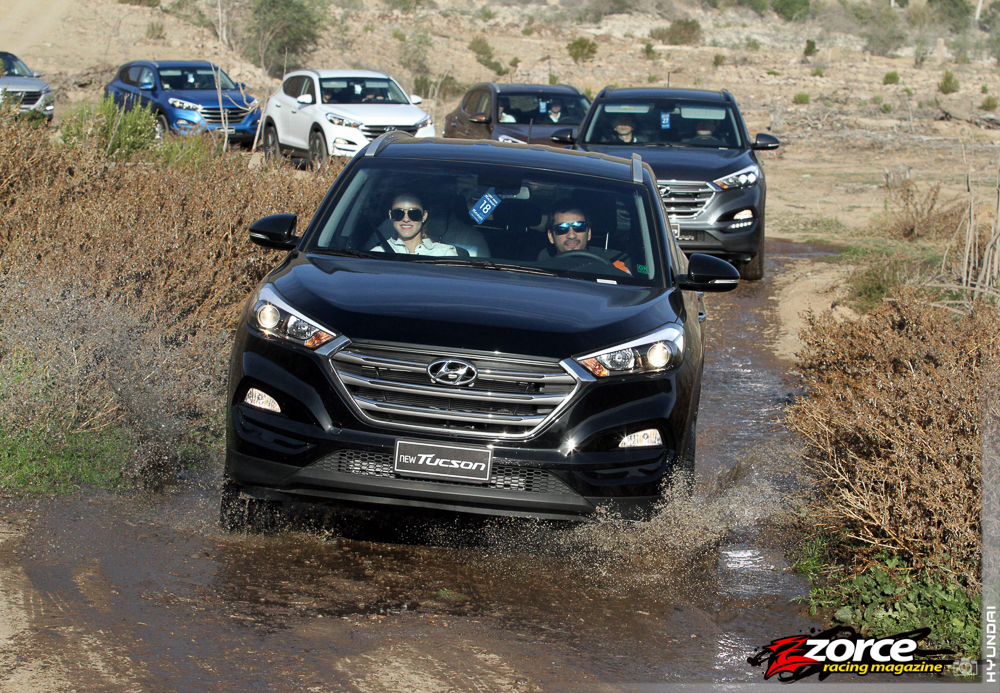
The Hyundai Tucson is equipped both with Electronic Stability Control and Advanced Traction Cornering Control (ATCC), which uses the brakes to affect the polar moment of inertia (by controlled braking of the rear inside wheel in a corner) to minimise understeer. Similar technology is also used in cars like the Mercedes-Benz A45 AMG. This works in concert with the existing traction control and Vehicle Stability Management systems (which can brake individual wheels) to keep the Tucson pointed in the right direction, even when braking and cornering at the same time. There are discs at all four corners and on the 2016 Tucson they are slightly larger. Hill-start Assist Control was also included on our test cars, which basically brakes the vehicle on an incline for a few seconds to allow you enough time to get to the accelerator without rolling backwards.
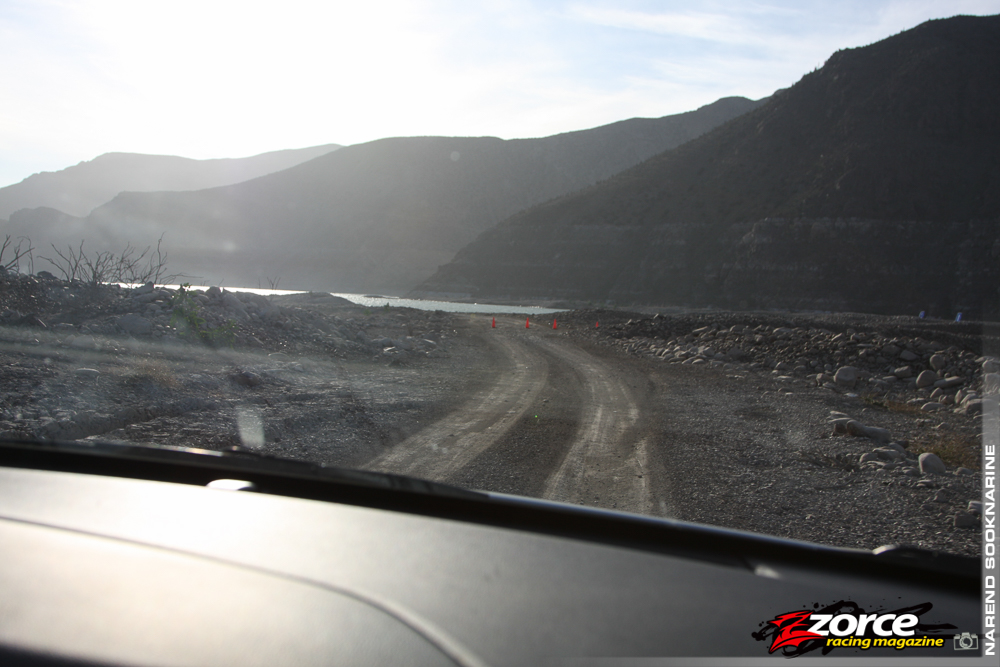
Eventually we had made our way to a wider open space. Naturally, we decided to try a few faster dirt corners to check out the grip levels. We also tried out the 4WD system’s lock mode, which splits power evenly between the front and rear wheels. This system is designed to find maximum traction in snow, sand and other low-grip surfaces. The Tucson stayed planted for the most part and never got out of shape. For this new version, the Tucson’s rear suspension has been standardised using double lower A-arms for better ride quality, previously a single A-arm setup was used on the 2WD version.
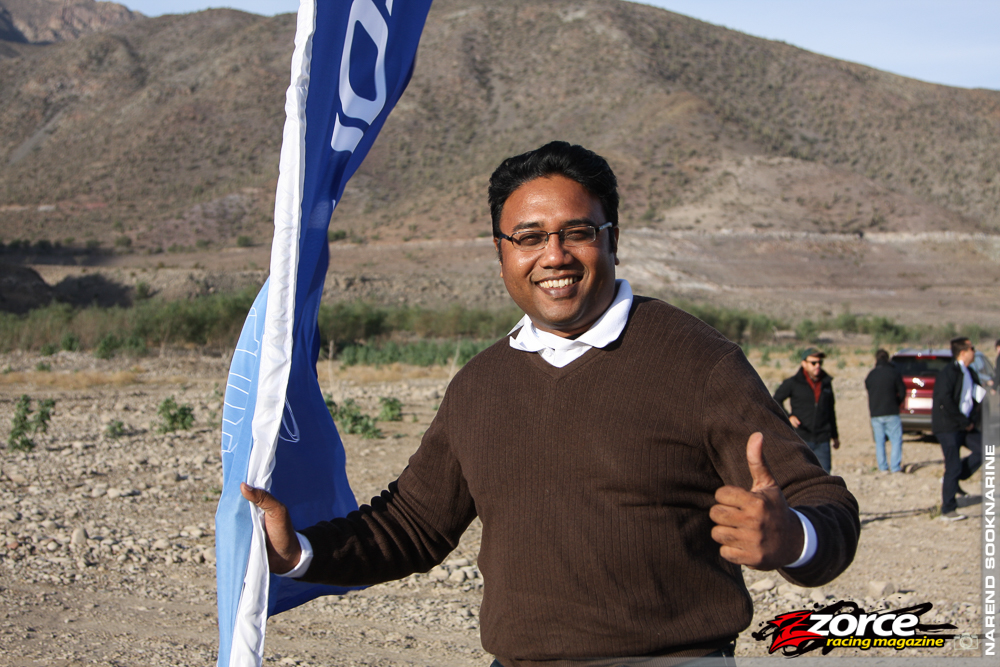
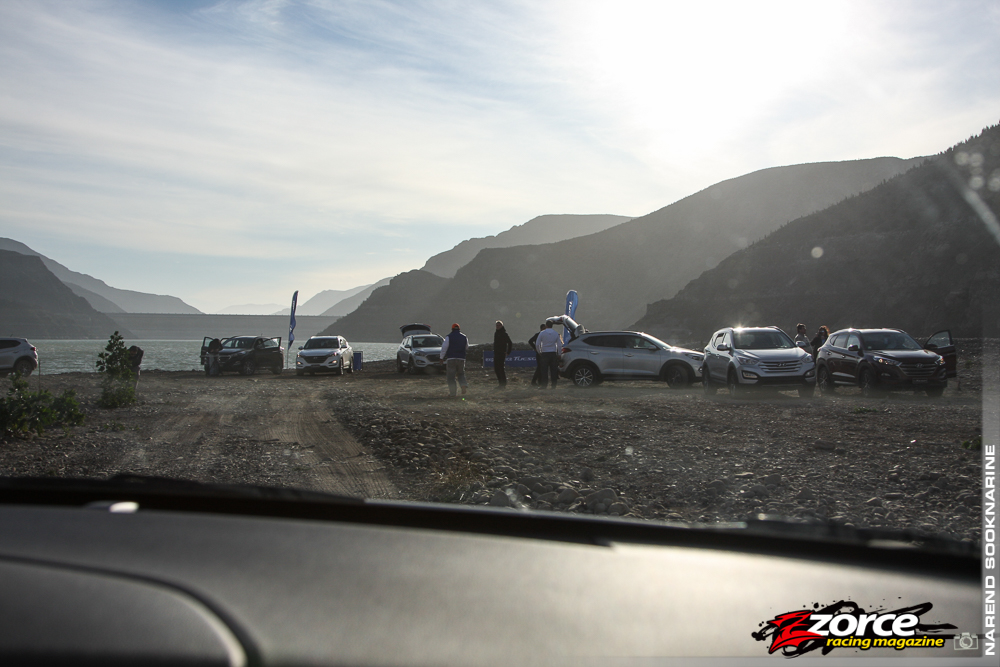
We emerged at Puclaro, a large man-made dam that we had seen in the distance on the way in. It was a photogenic location, but was quite windy and it was also getting a bit cold. From what we were told, Puclaro’s strong gusts have made it popular with kite surfers.
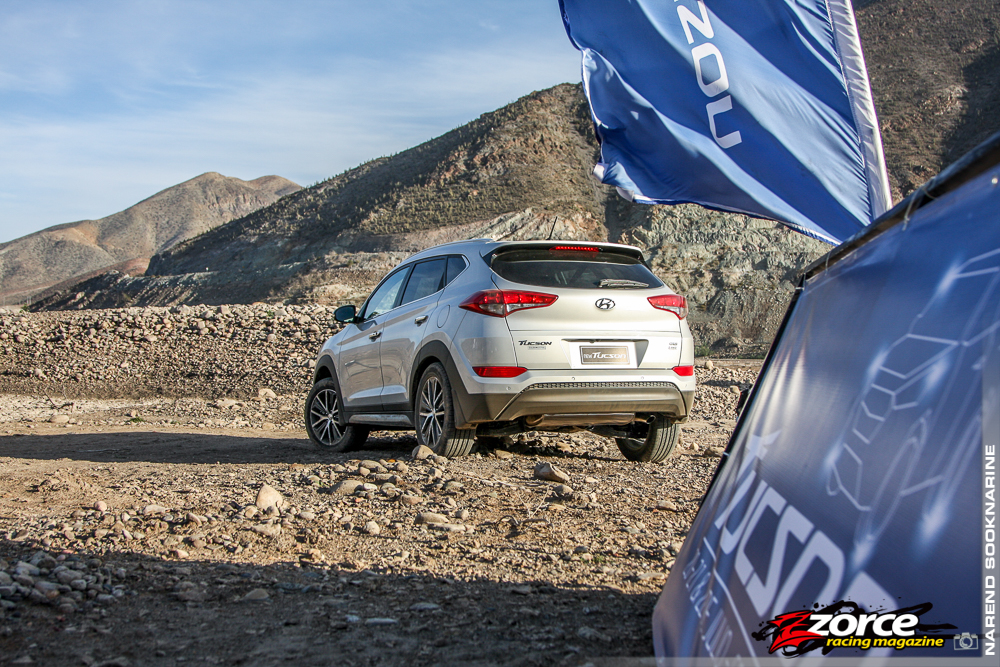
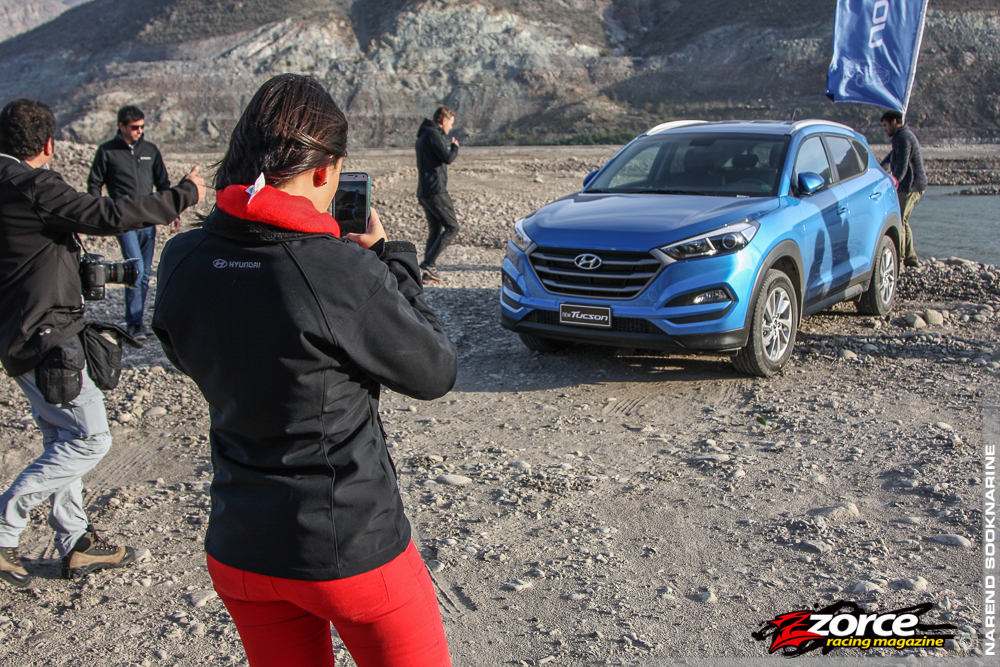
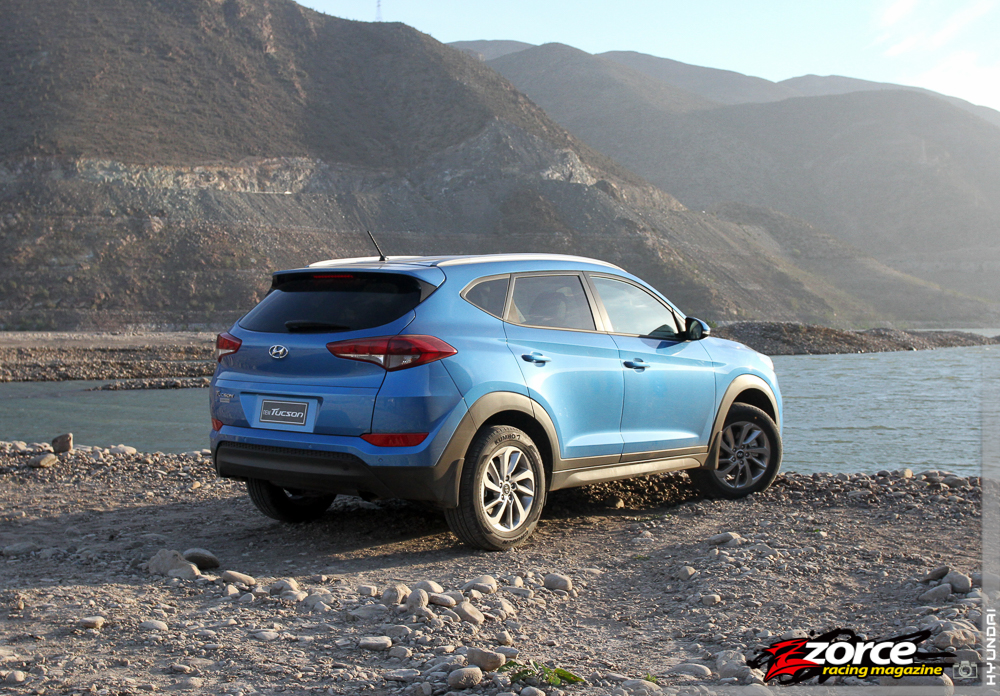
After a fairly quick photo session and some video recordings, it was time to leave. We found our way back to La Serena with relative ease, save for one wrong turn, which took us up a charming seafront route.
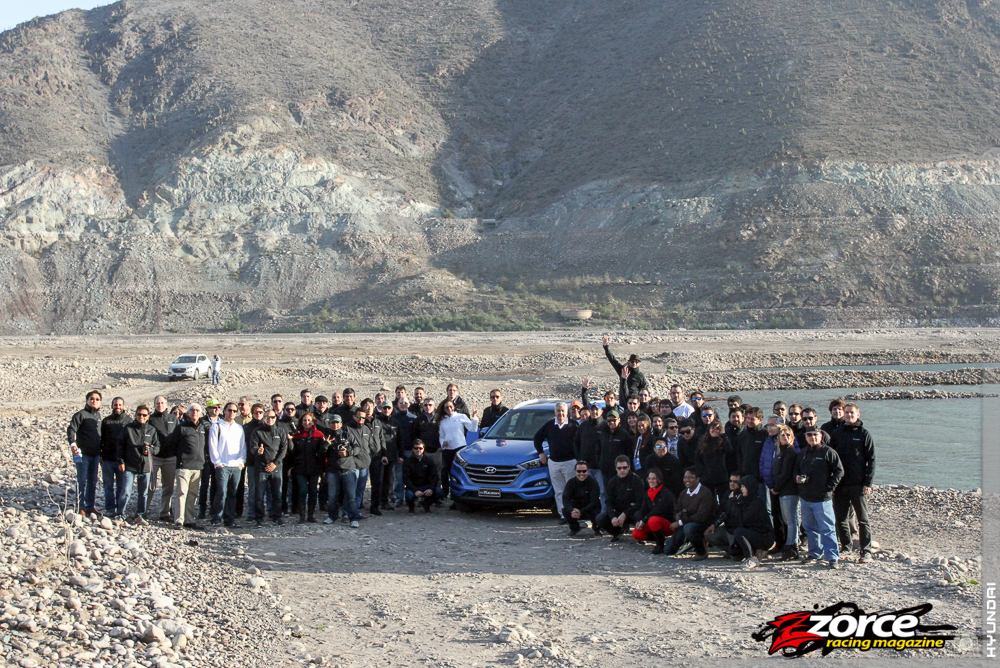
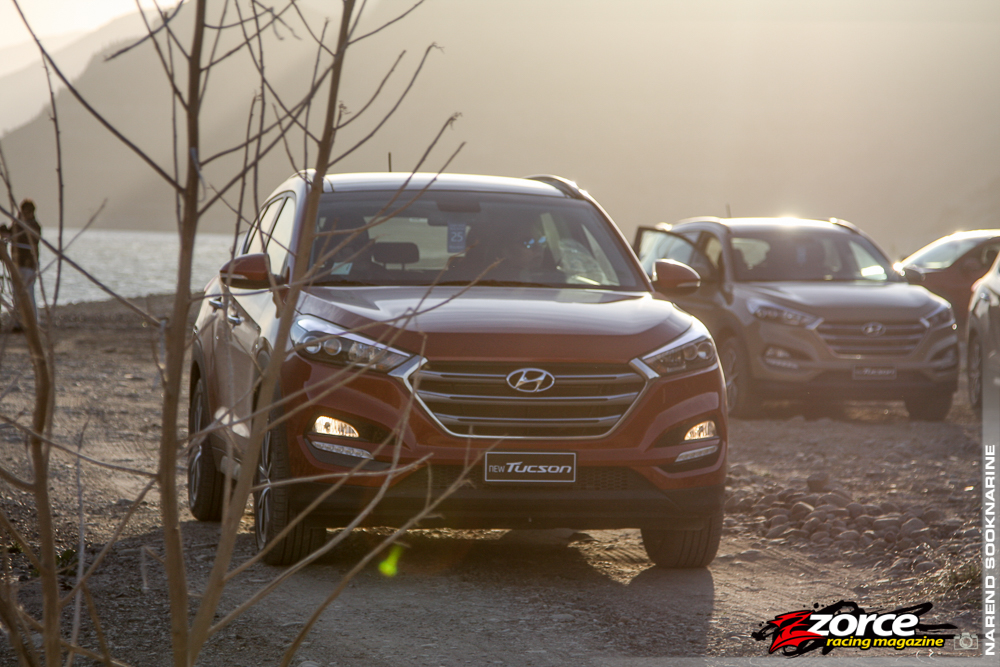
Chapter 7 >>
Chapter 7:
The Return, Refreshment,
Recreation and Reflections
As we drove into the Hotel de la Bahía, I couldn’t help but reflect on how well the Tucson handled a full day of press touring without missing a beat, and with plenty of fuel to spare too. In fact, the fuel tank’s capacity has also been uprated by four litres to a total of 62 litres. The seats remained fairly comfortable throughout our drive, everything worked and we experienced no problems whatsoever. It was evident that Hyundai is a brand that values continuous improvement.
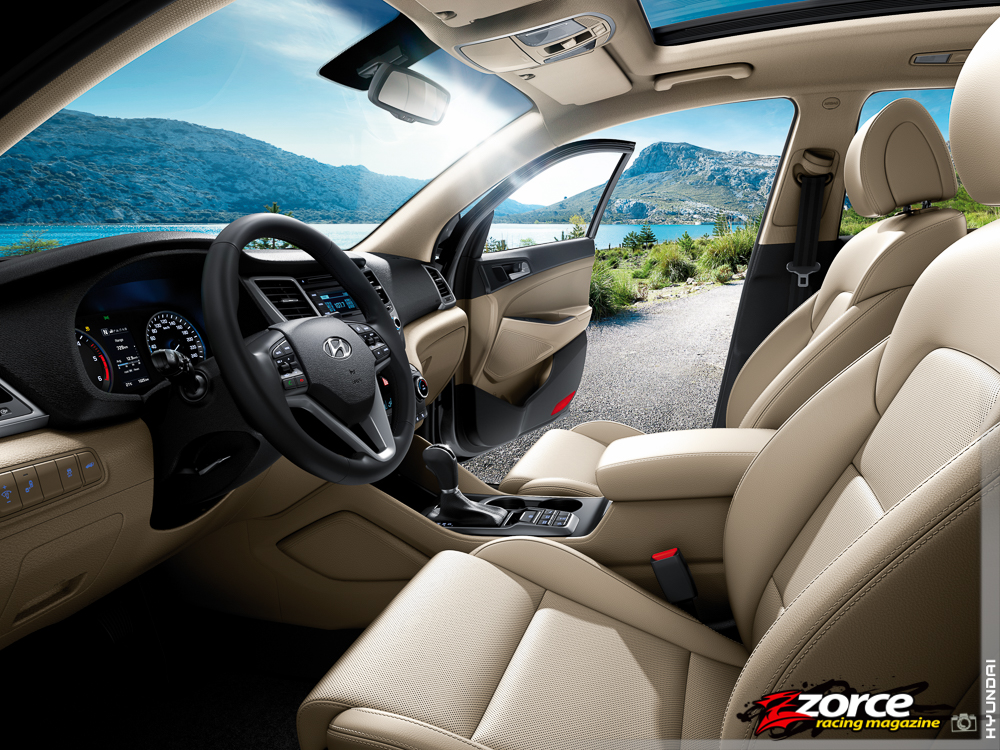
Maybe we would like a bit more natural and direct steering feel– but it’s easy to understand compromises that favour a wide cross-section of consumers in a mass-market vehicle. No doubt they will appreciate the up to six, dual-stage airbags among the extensive list of safety features and amenities, and the Tucson’s great new styling that drew attention wherever we went.
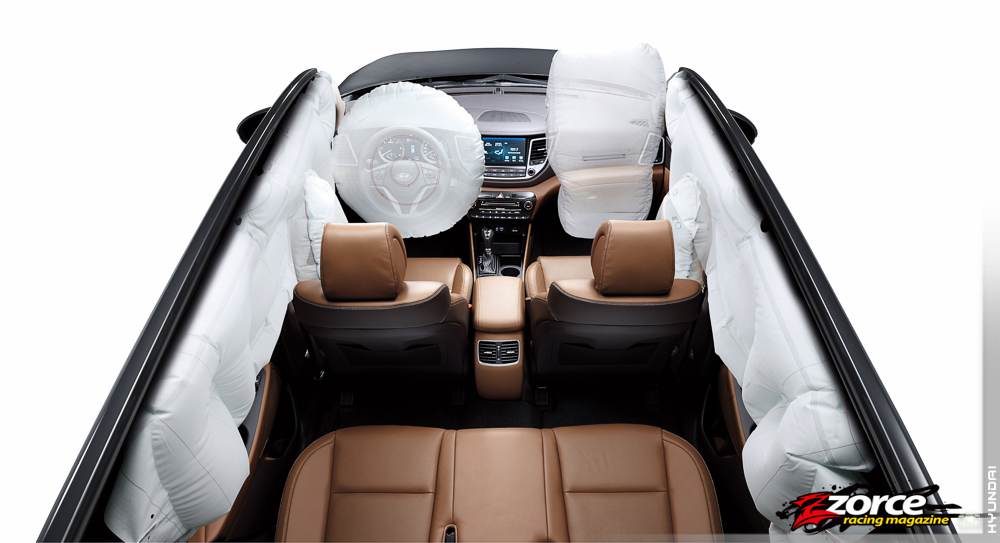
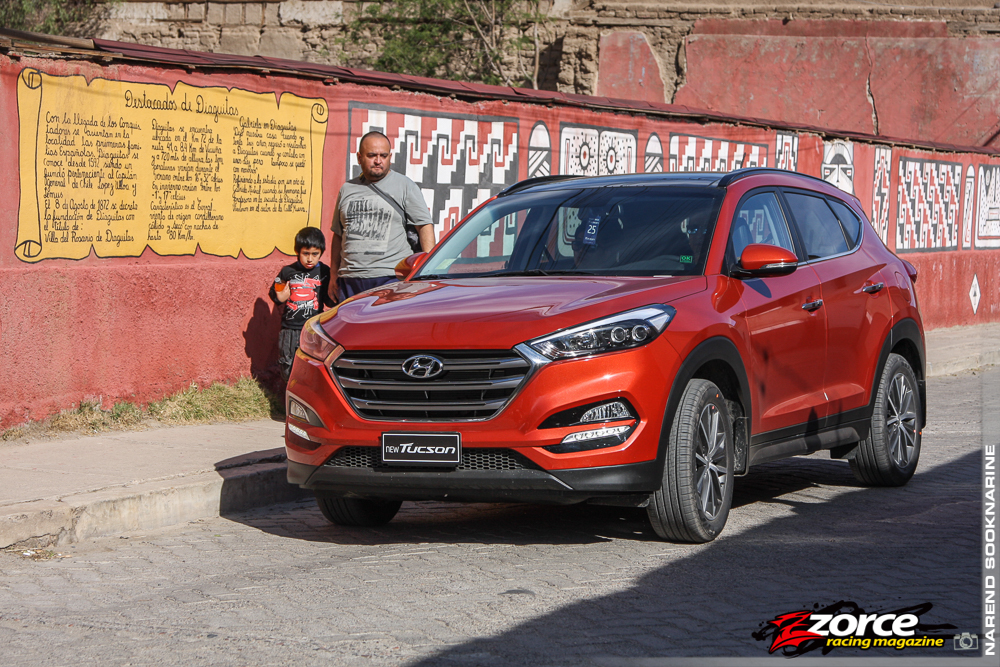
With the driving out of the way, it was time for a brief rest stop. We then reconvened at the hotel’s Grand Ballroom to mingle and compare notes and share feedback in a more relaxed setting, amid hors d’oeuvres and drinks. Soon it was time for dinner, accompanied by one of the best Latin jazz bands I’ve had the privilege to hear live. Seated on our table was Director of Central and South America and Caribbean Regional Headquarters, Chul Youn Park. We had good exchanges consisting of ideas, opinions, opportunities, developments, and of course the excellent Chilean food and wine.
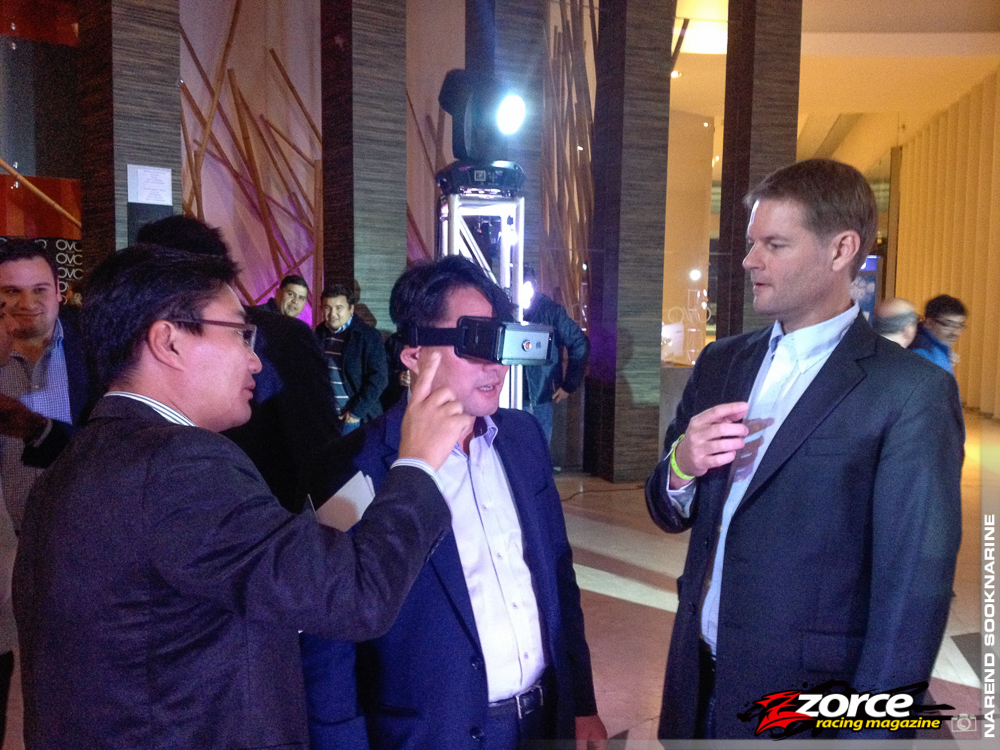
Finally, we were all treated to a Hyundai party at the hotel’s nightclub where everyone could unwind, socialise and perhaps learn a few new dance moves. At the entrance, the Hyundai models introduced us to a Tucson app that allows you to experience the new Tucson in virtual reality using a standard Samsung phone and a simple plastic headset adapter. I was able to control my experience by moving my head around and pausing in the virtual environment on various menus to explore the Tucson’s interior and exterior. Unlike my last trip to Spain where people were too conservative to ‘baila’ with a Trini, in Chile, the locals and the Latin American journalists were quite affable and easy-going, glad to enjoy the music and the moment. When I returned to my room, there was a Hyundai-branded drone waiting for me, a welcome gesture that will be put to good use at the various local events we attend. Needless to say, sleep came easily after such a packed day.
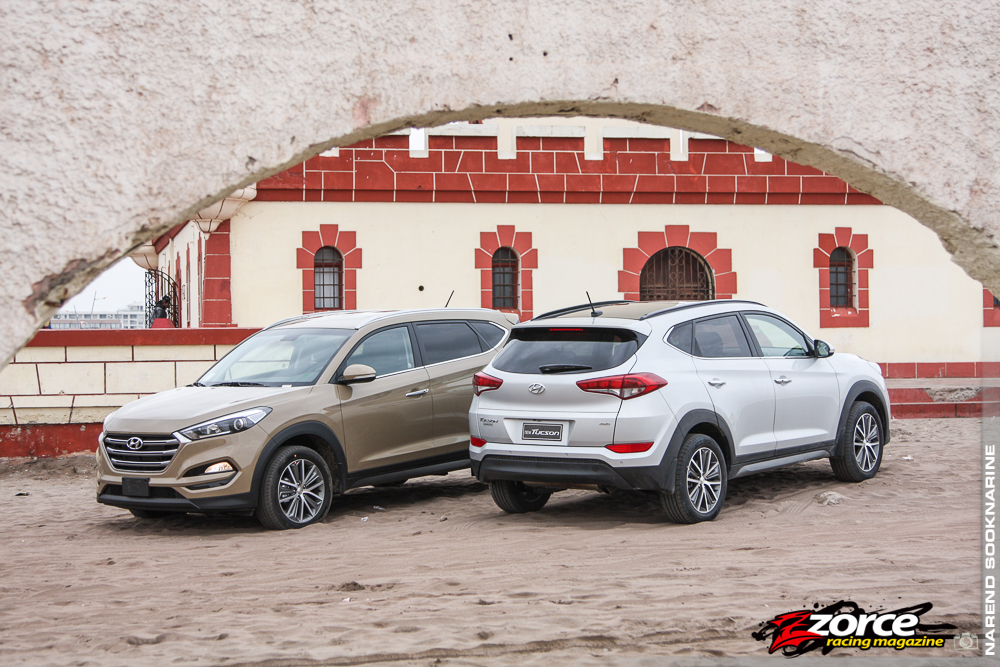
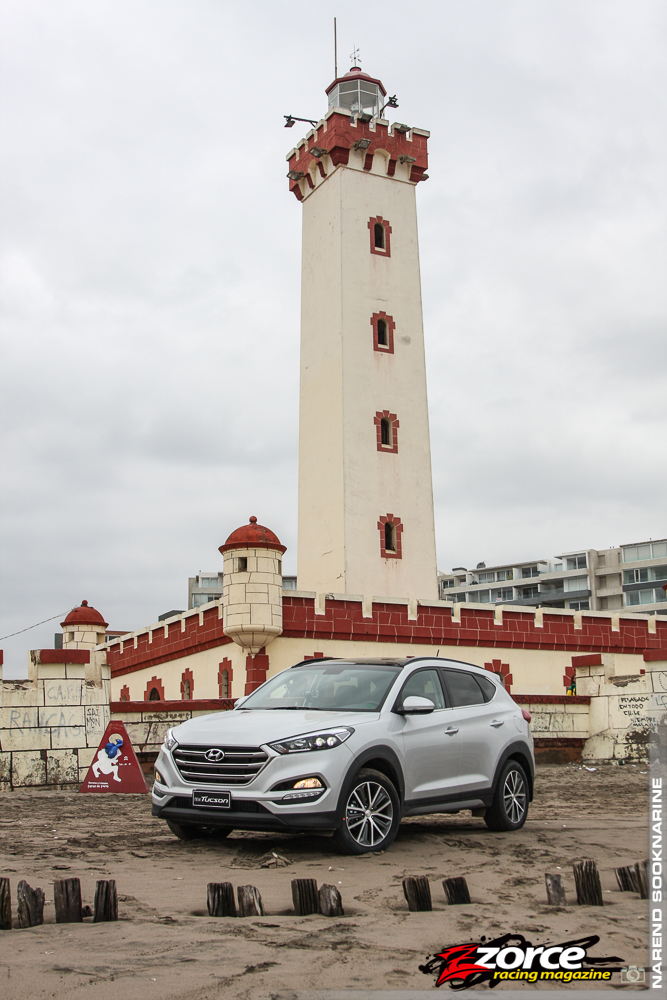
The next day, Hyundai had arranged individual drives for an hour or two, and we had our final photo and video sessions. With time to spare, I paid the spa one last visit in prep for the long flights ahead. At the Tololo Beach restaurant, the group shared a final lunch and bade farewell for individual departure.
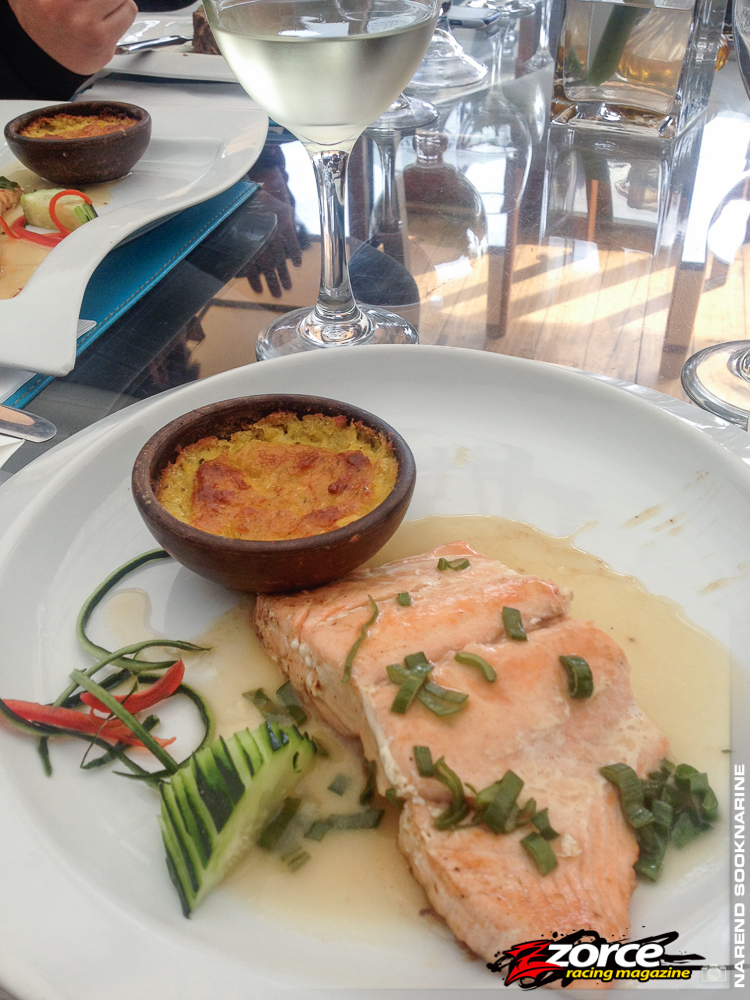
I had come away enchanted by the new Tucson, which first appeared in 2004, then evolved in 2009 and has now emerged as a world-class third-generation vehicle, with Hyundai as a brand and as a corporation. Kudos are certainly in order for hosting such a large-scale, well-organised event, where nearly 90 participants were able to experience the new Tucson in various driving conditions, enjoy great hospitality and learn a lot about Chile in the process. The next time I visit Chile, I think I’d like to venture to Easter Island to see the Moai. After such a great experience, it’s as good an excuse as any to return.
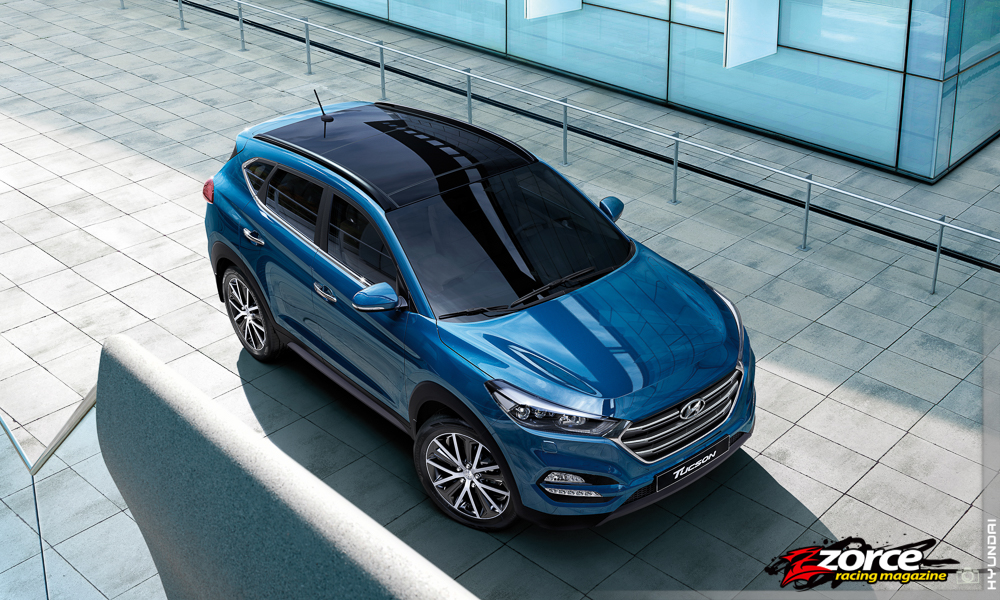
Final configurations of the Hyundai Tucson for our local market were already confirmed at press time, so you can head to any branch of Massy Motors and take your test drive. If you are in the market for a mid-size value-packed crossover, we think you will be impressed. We certainly are. 


